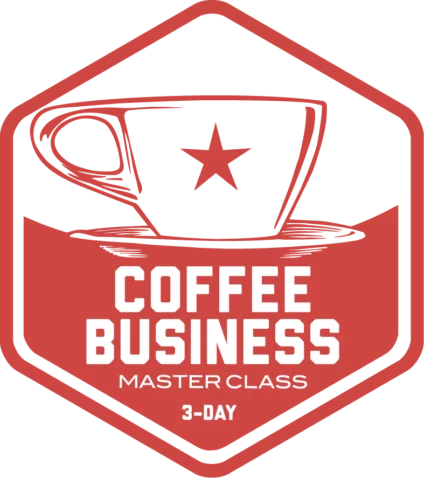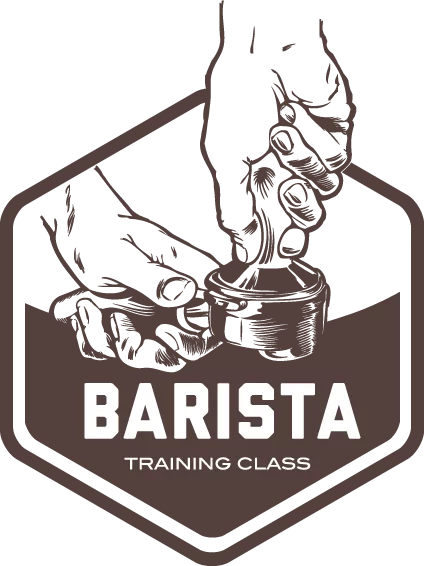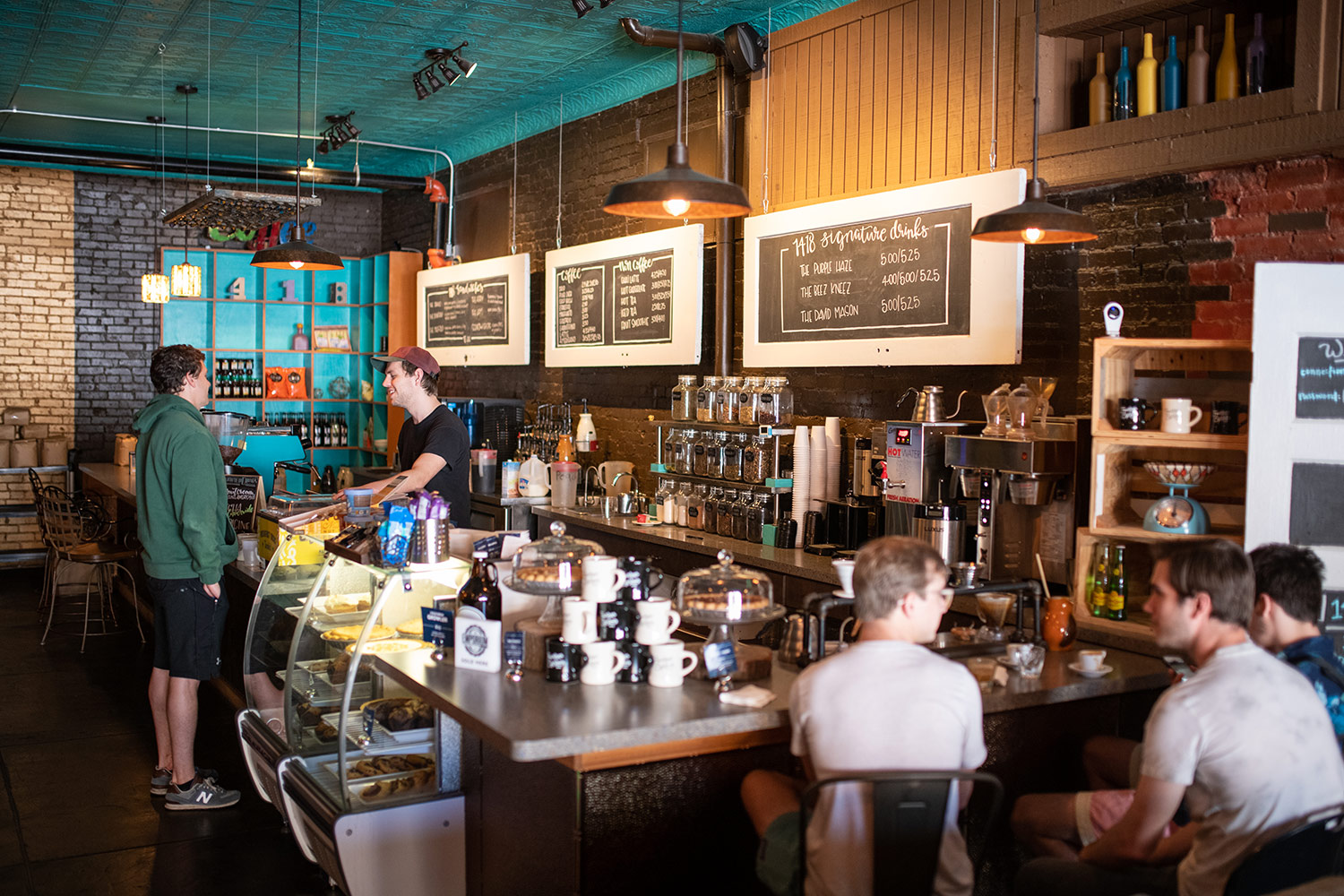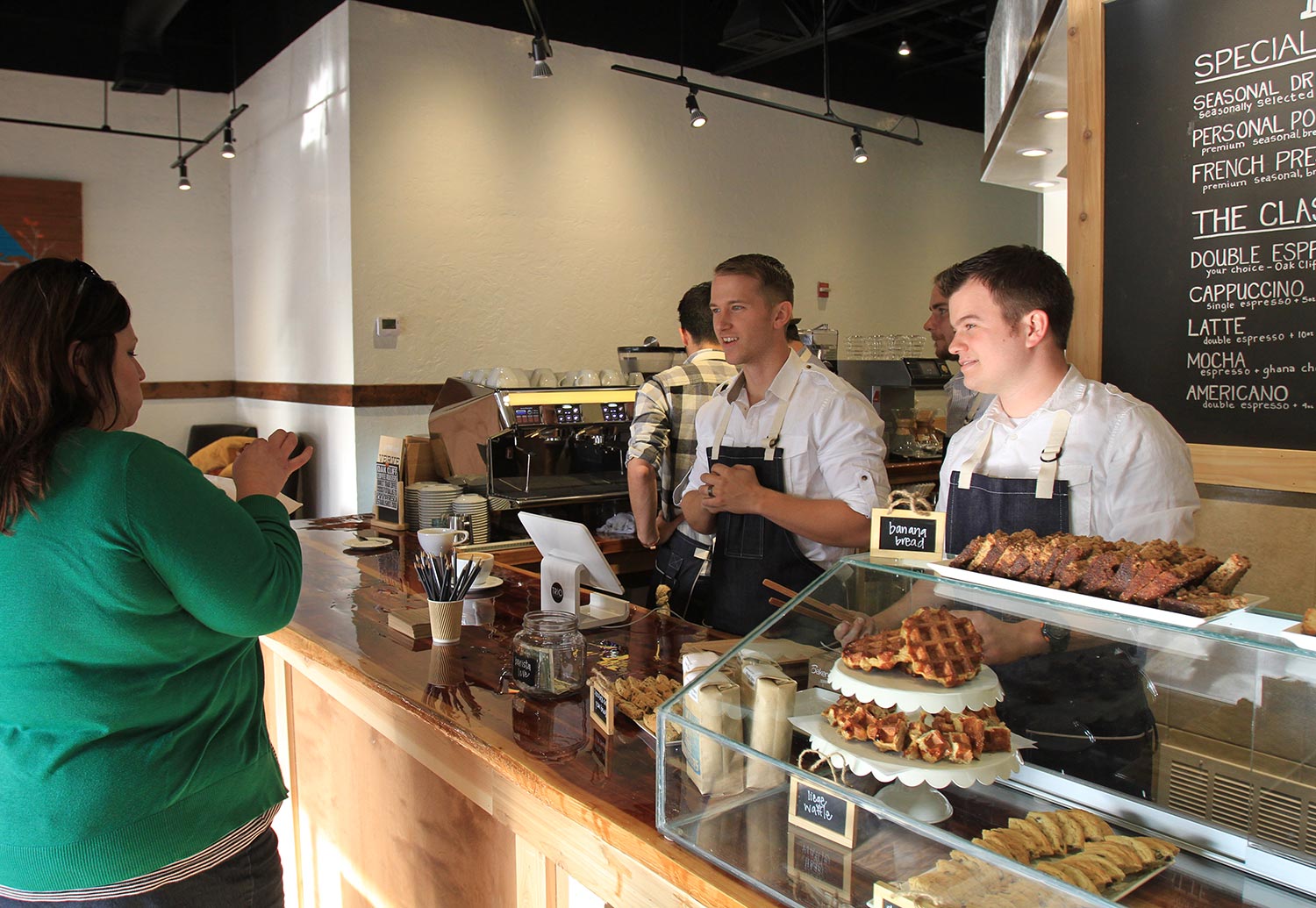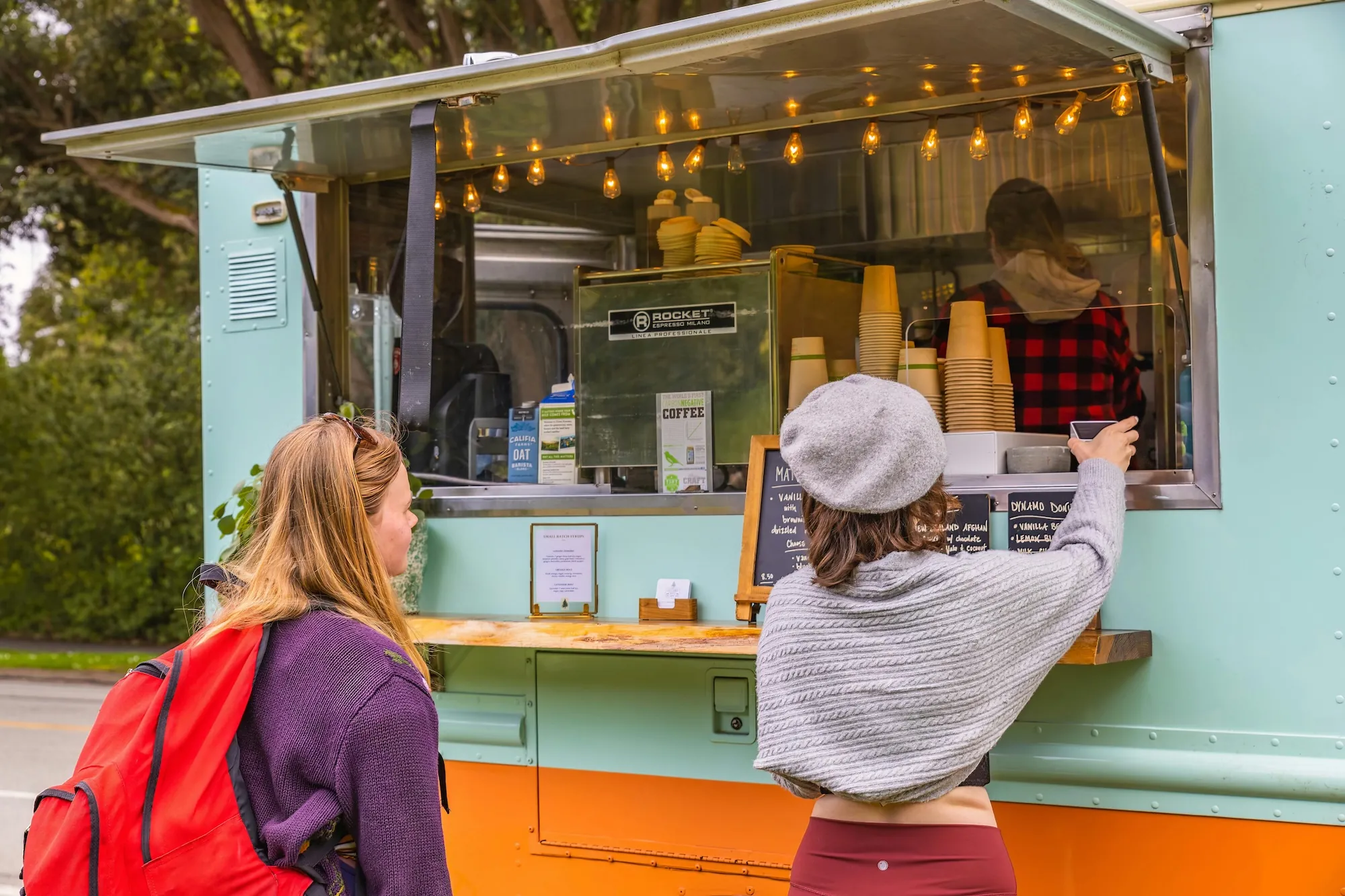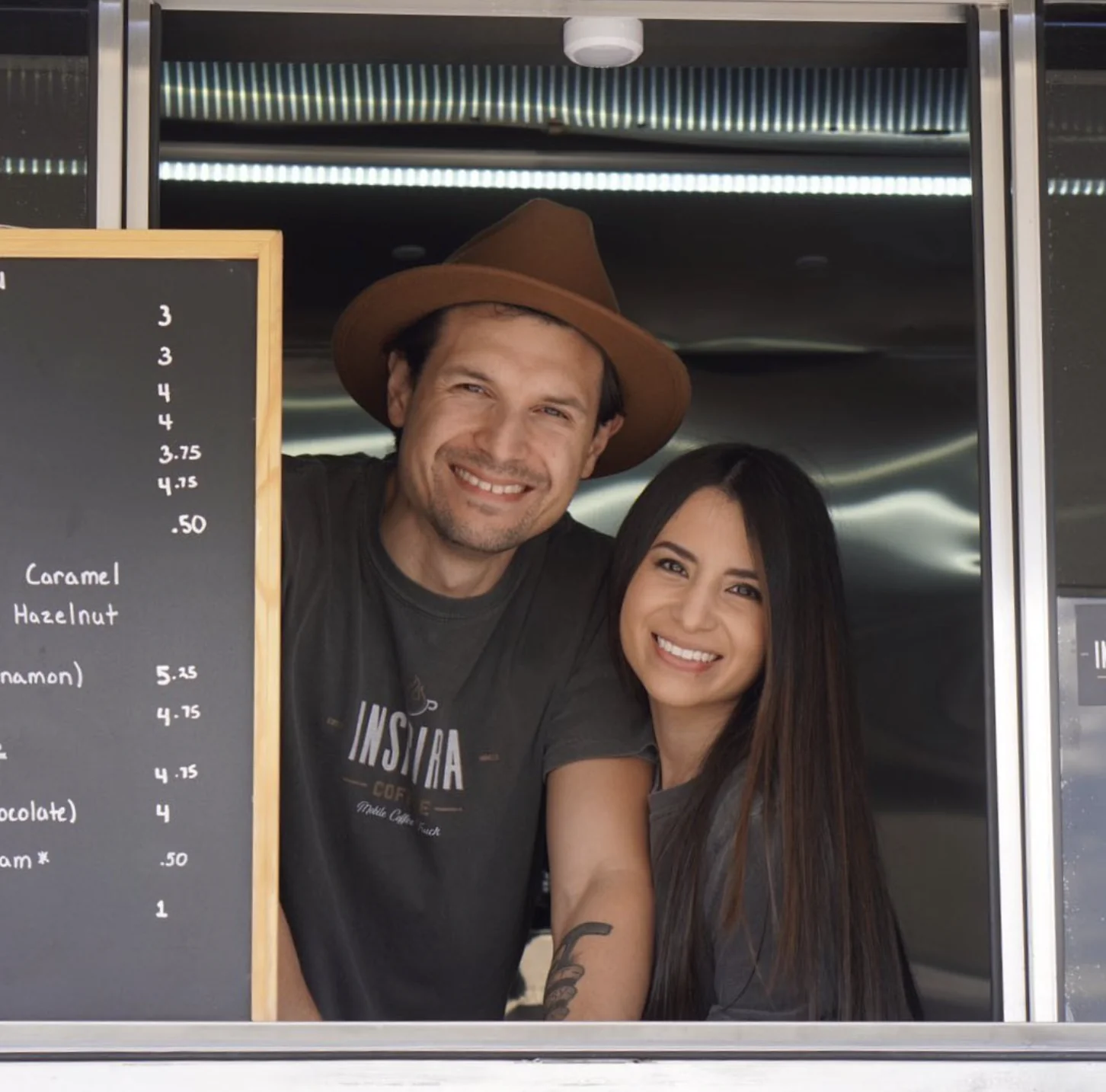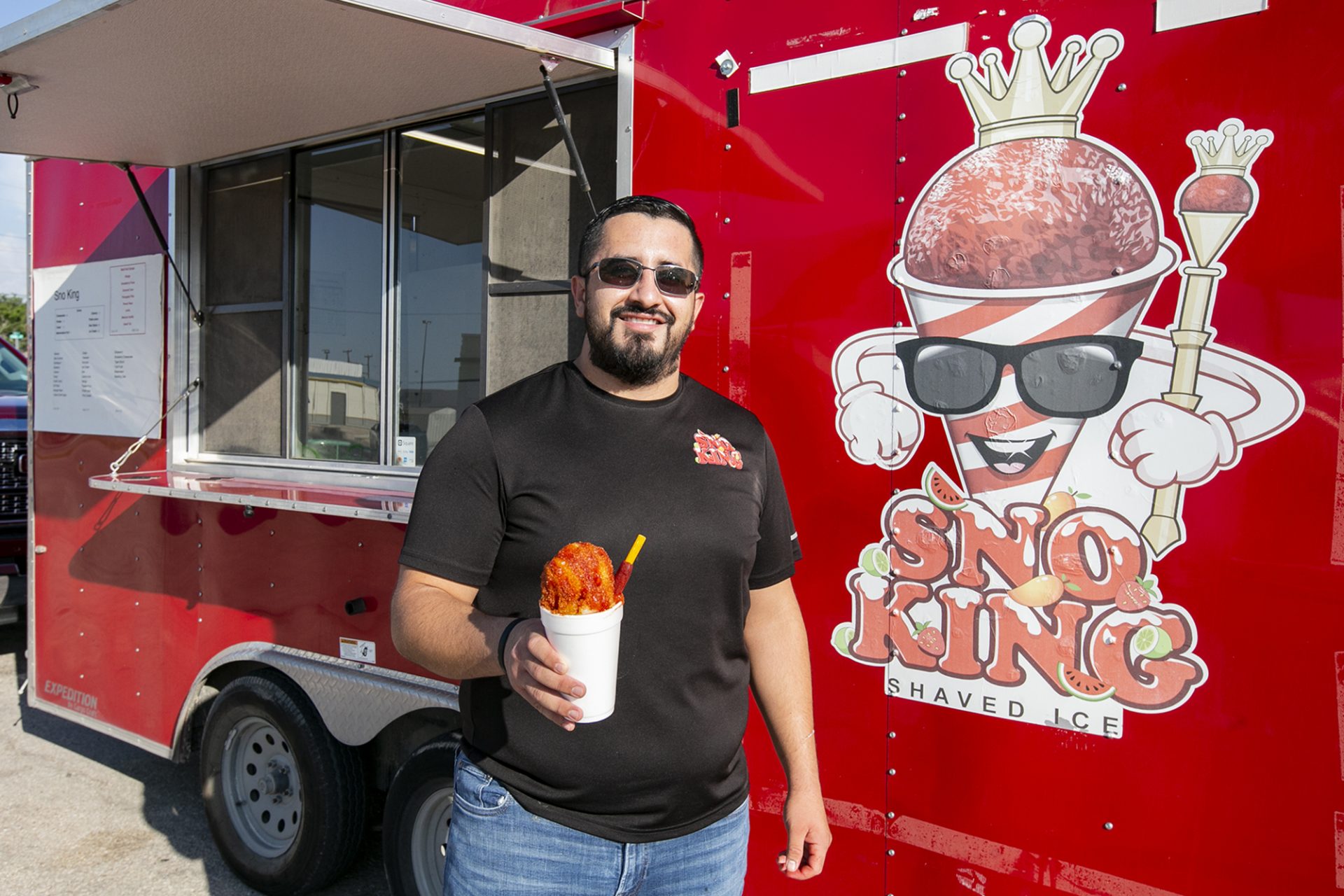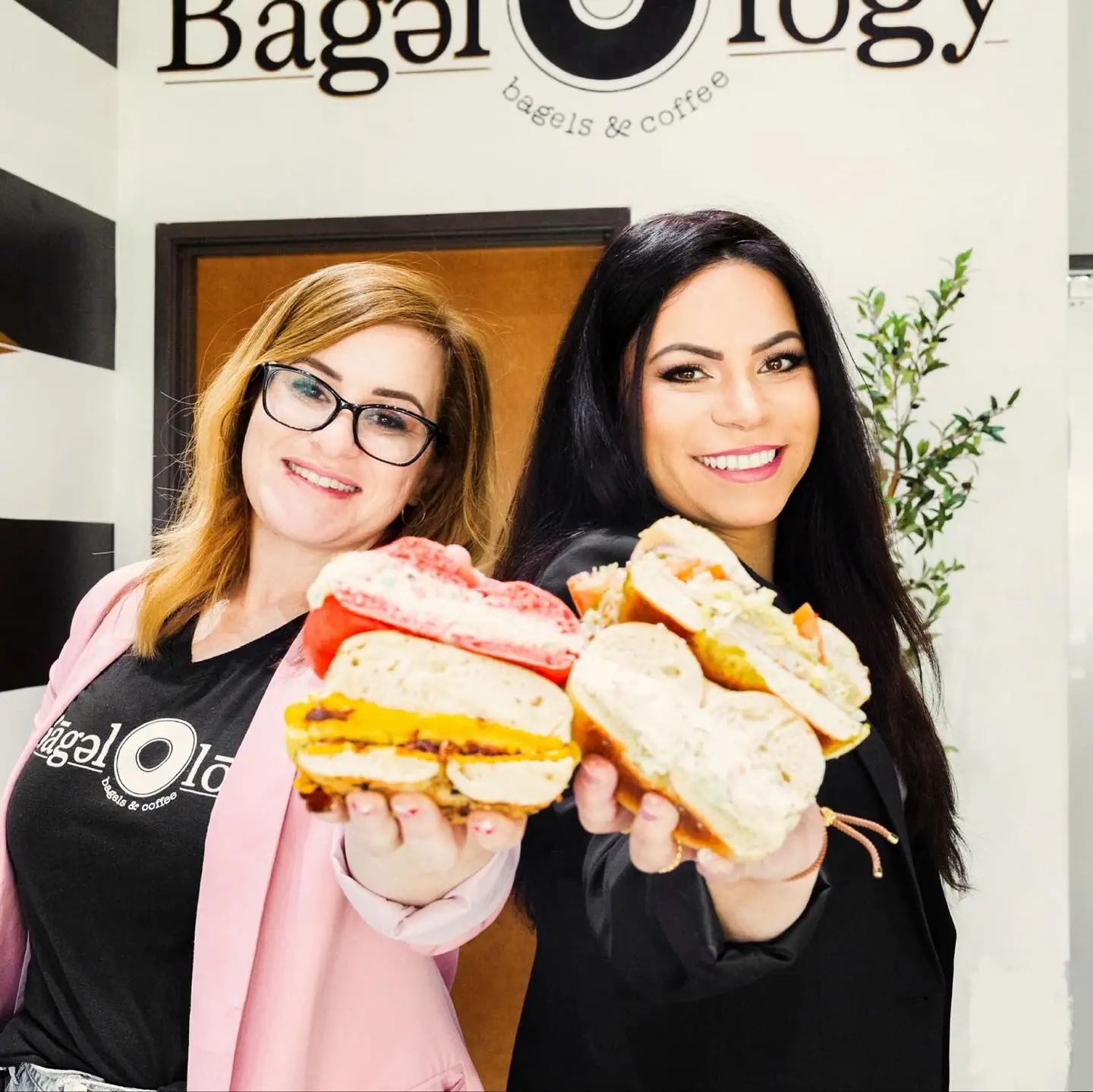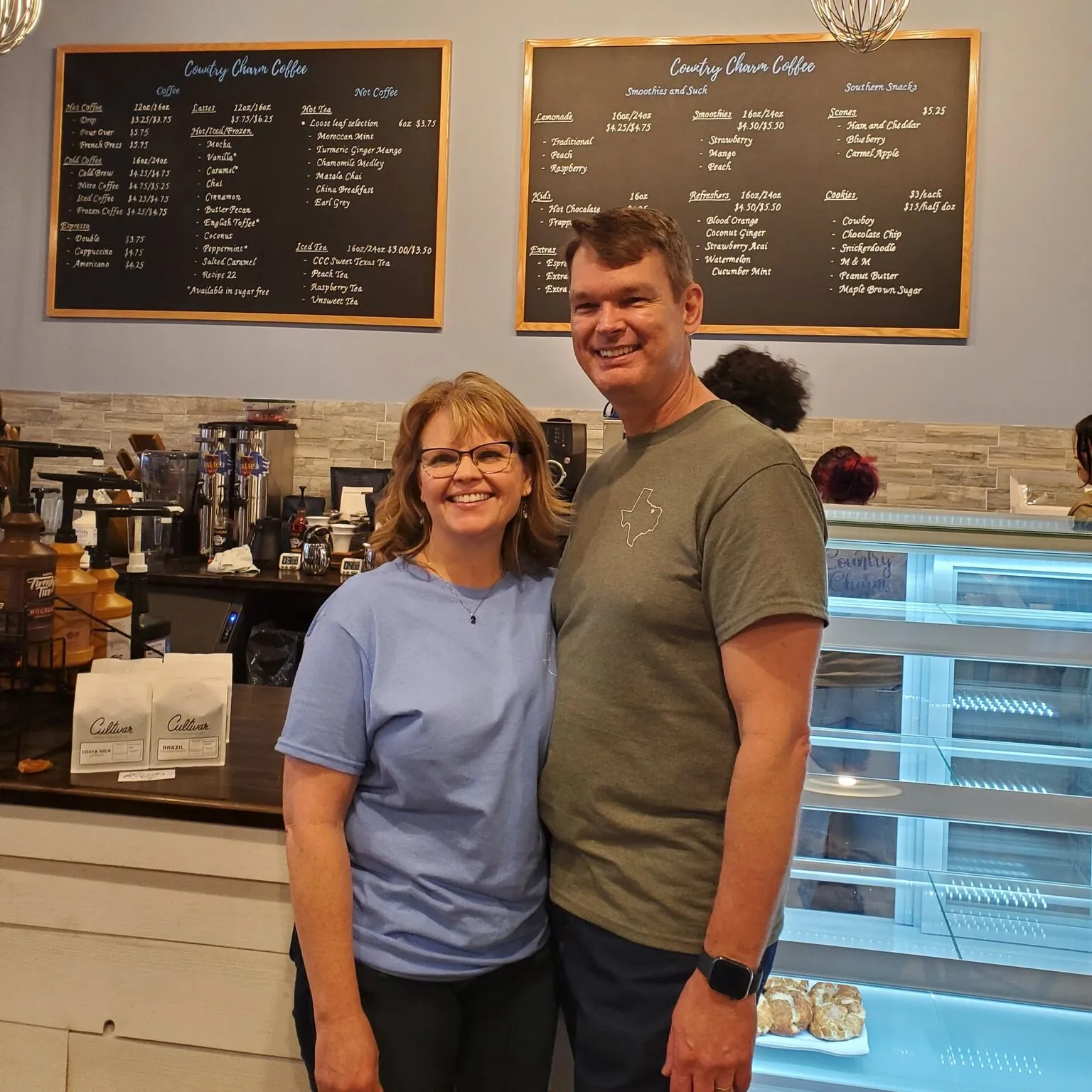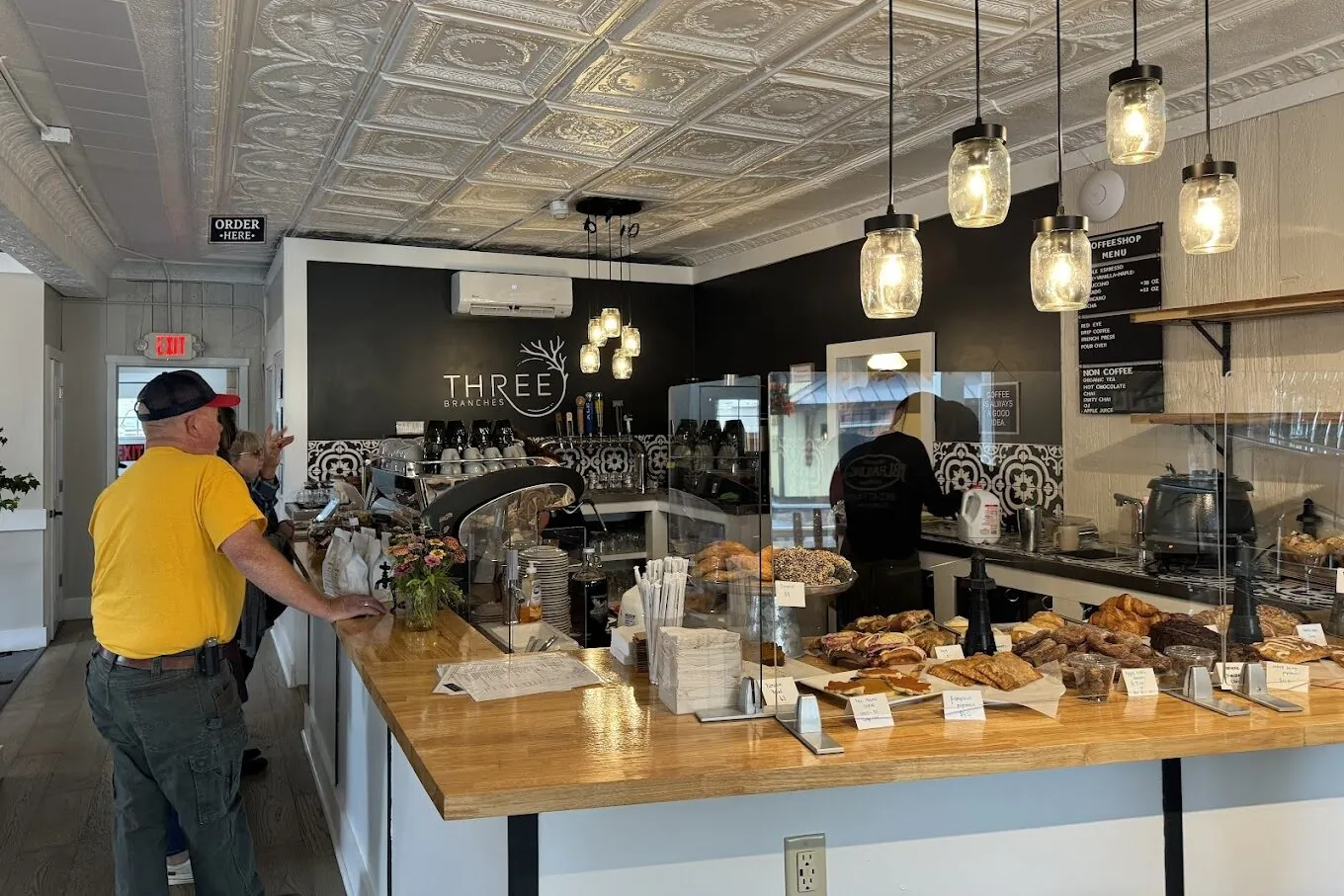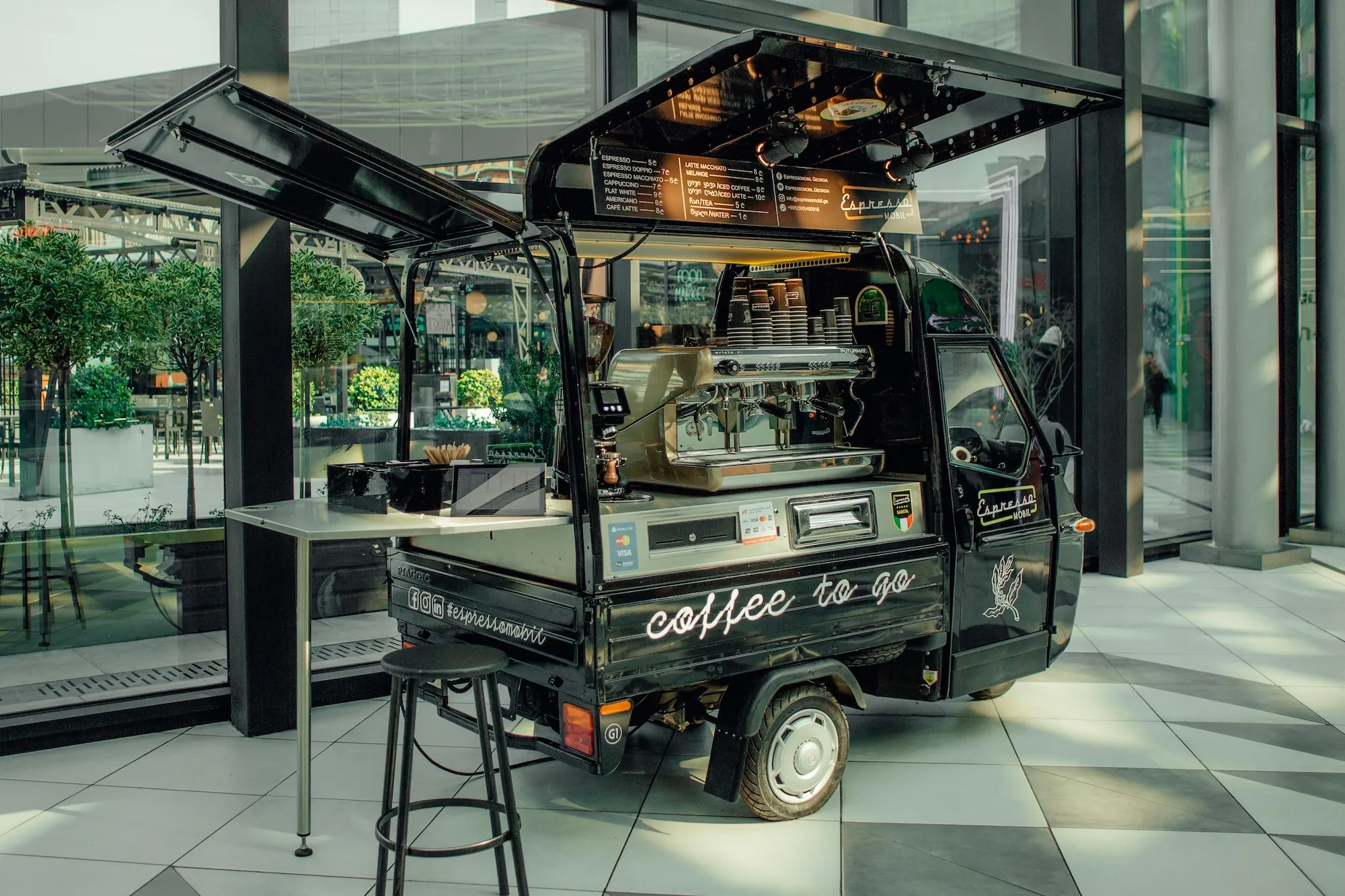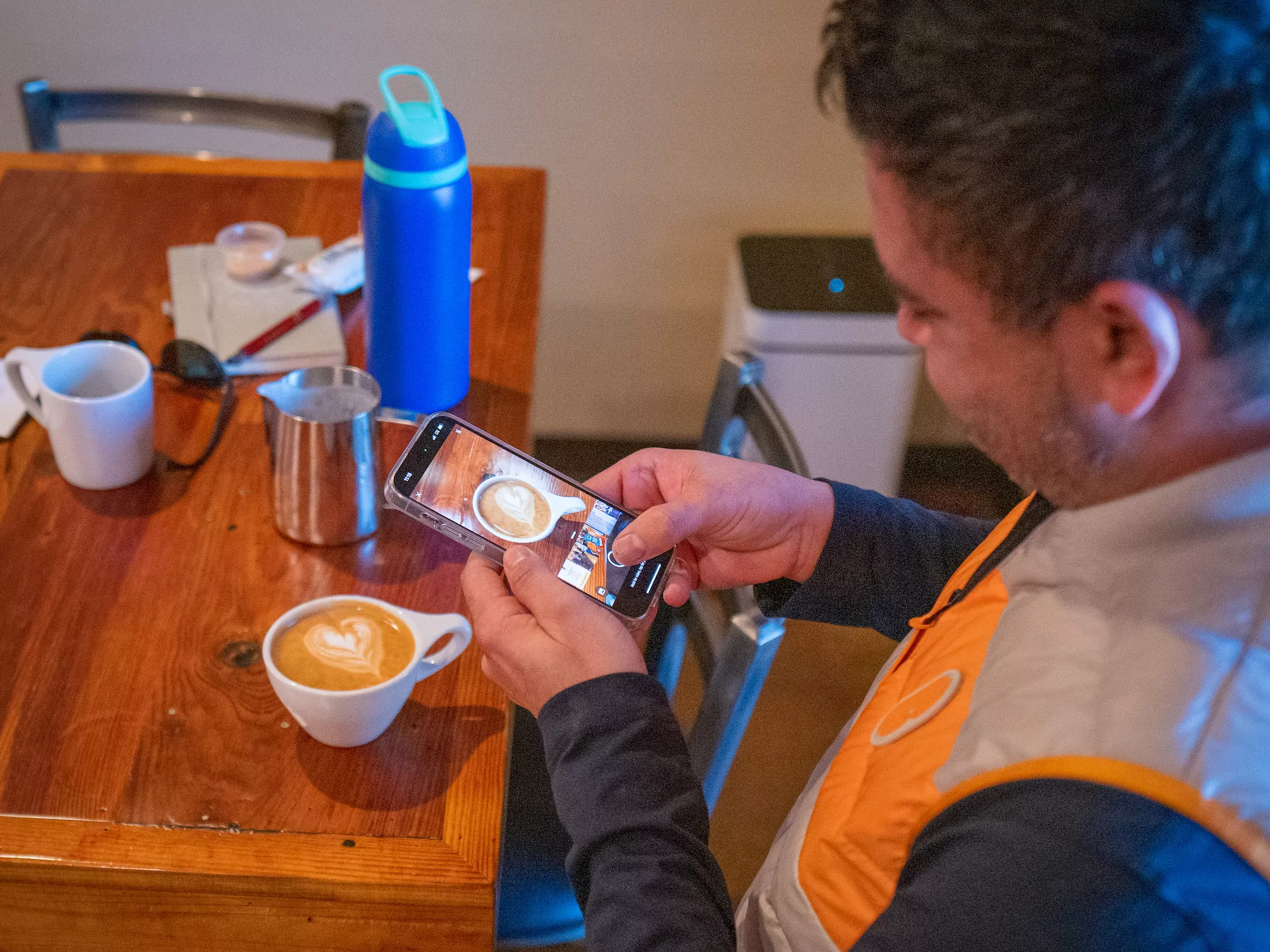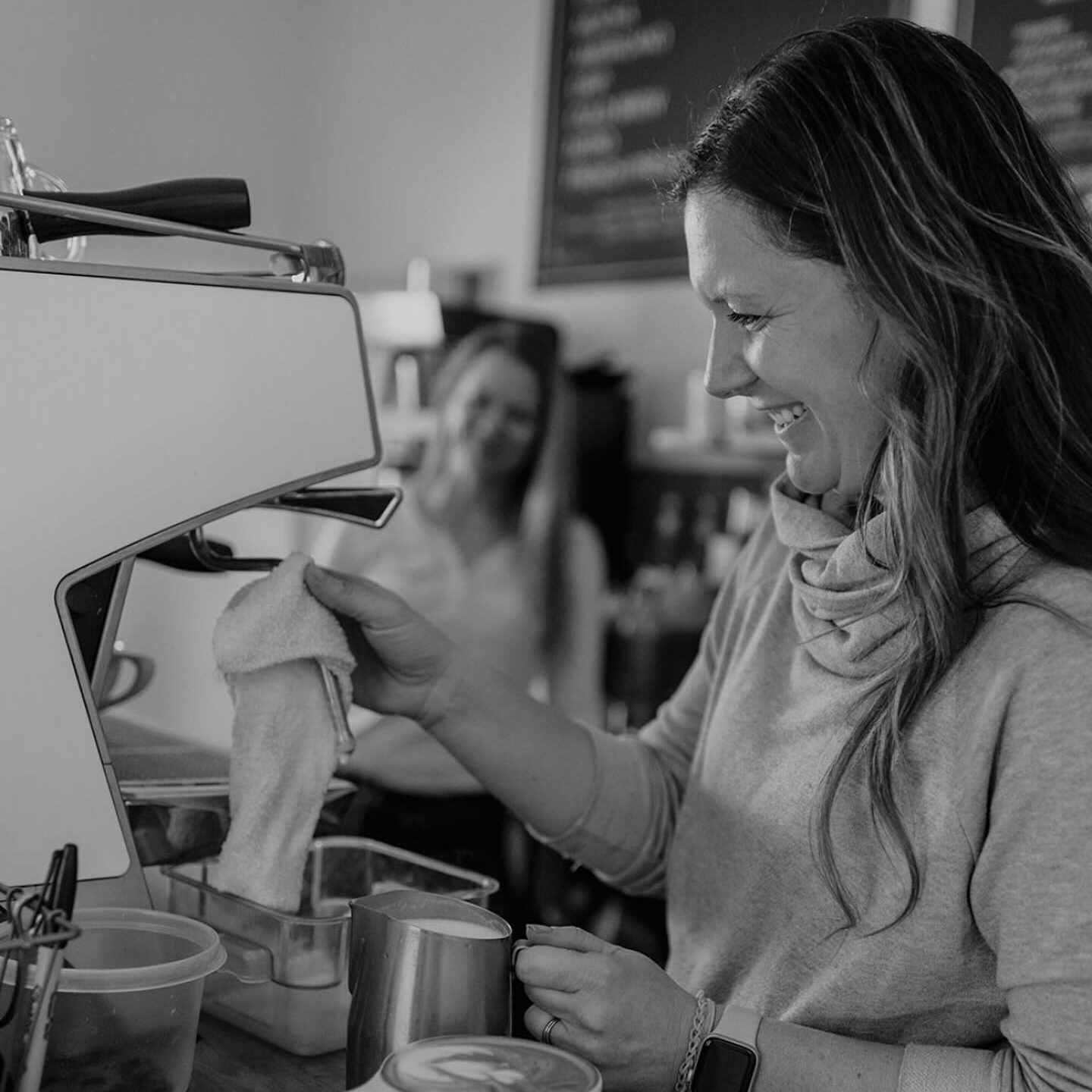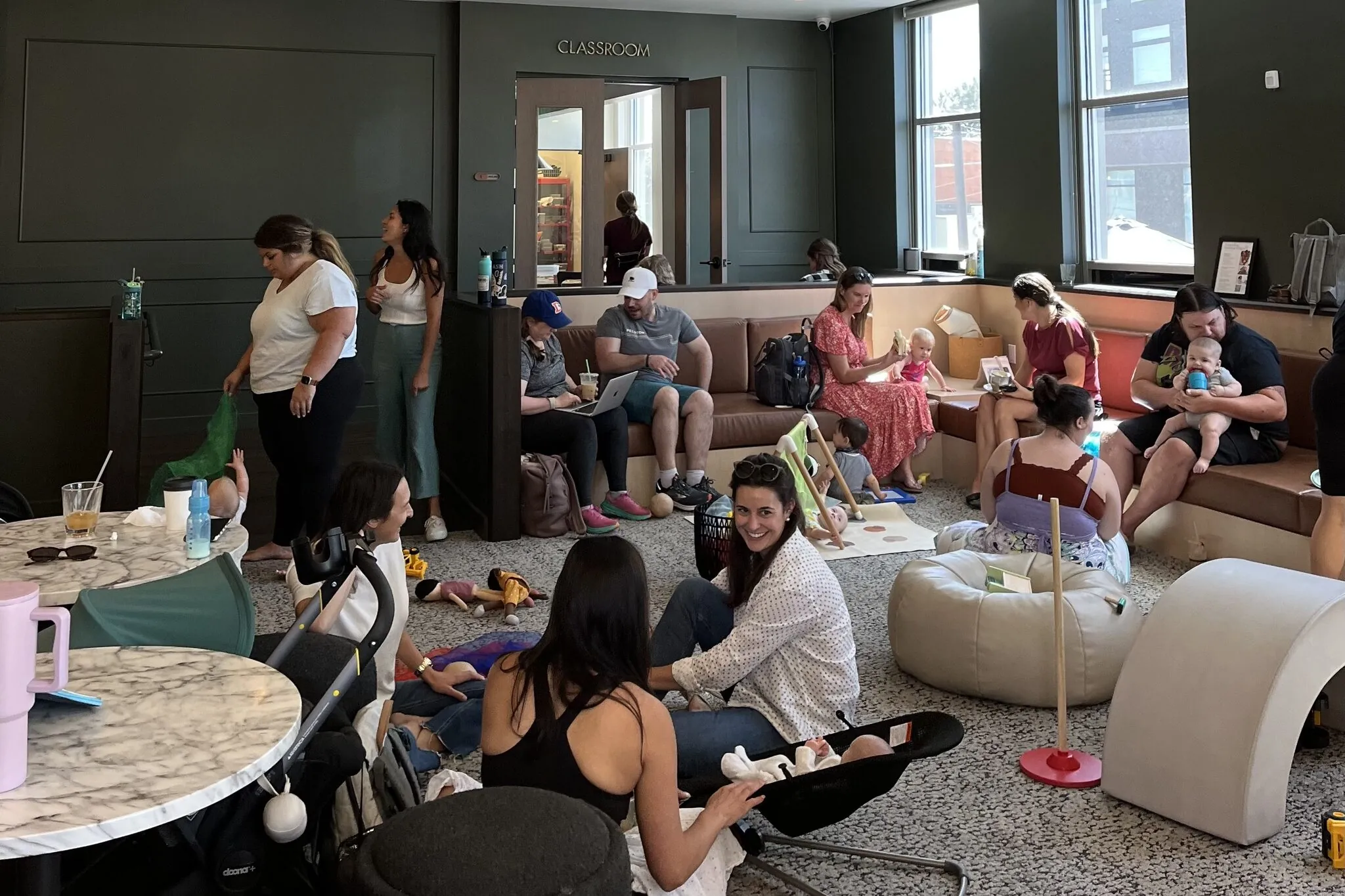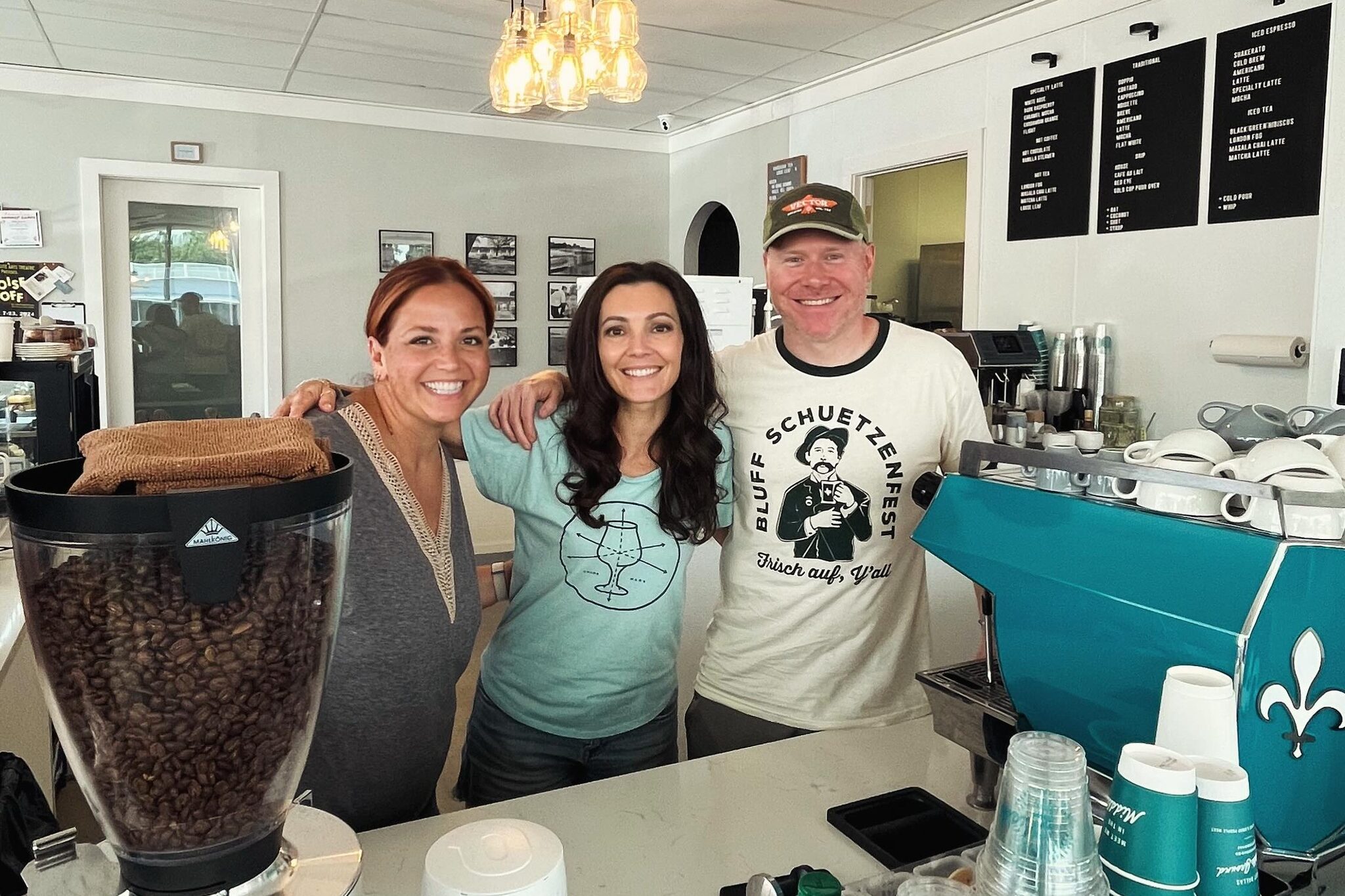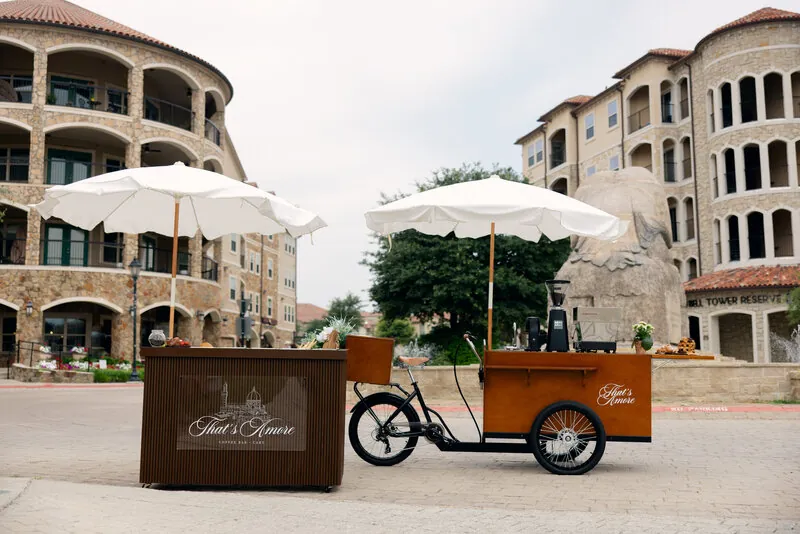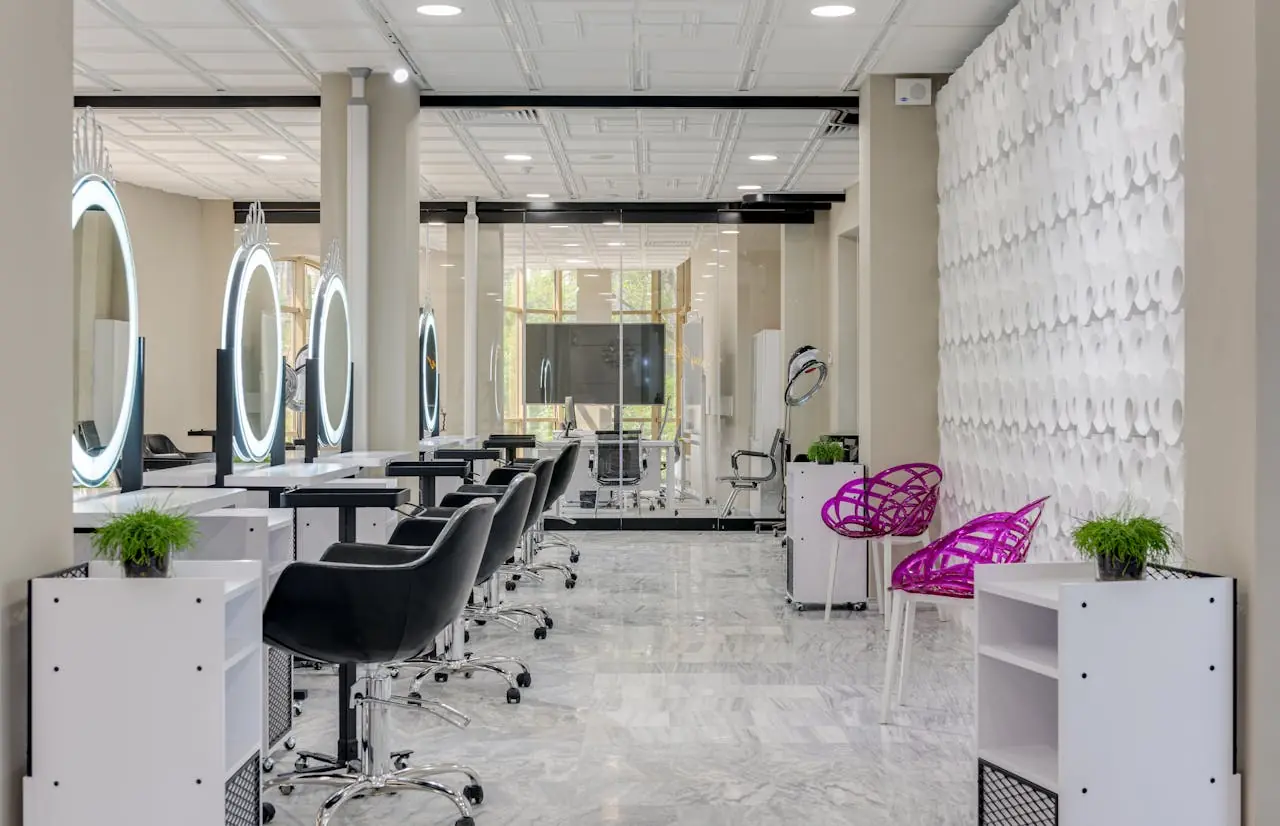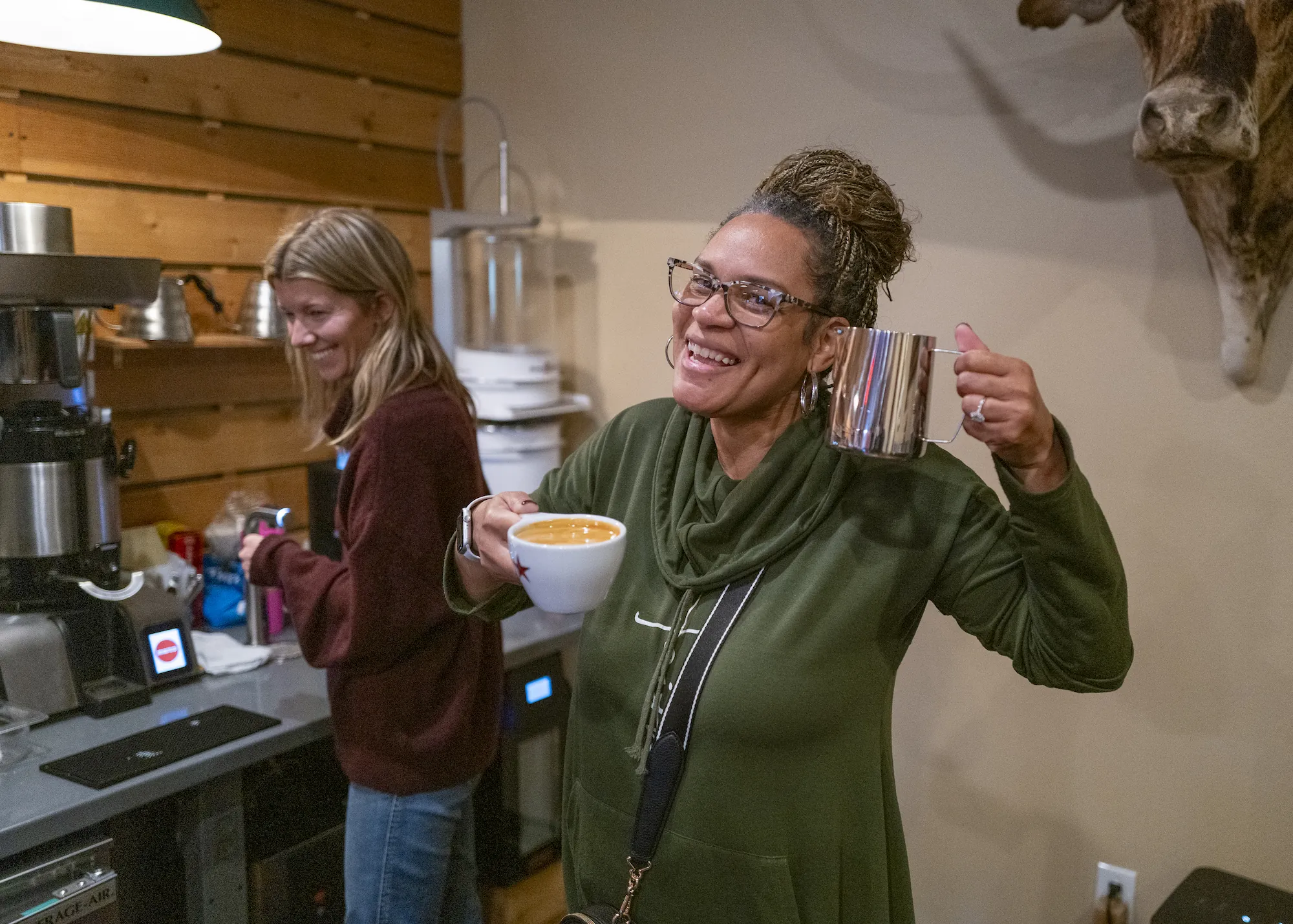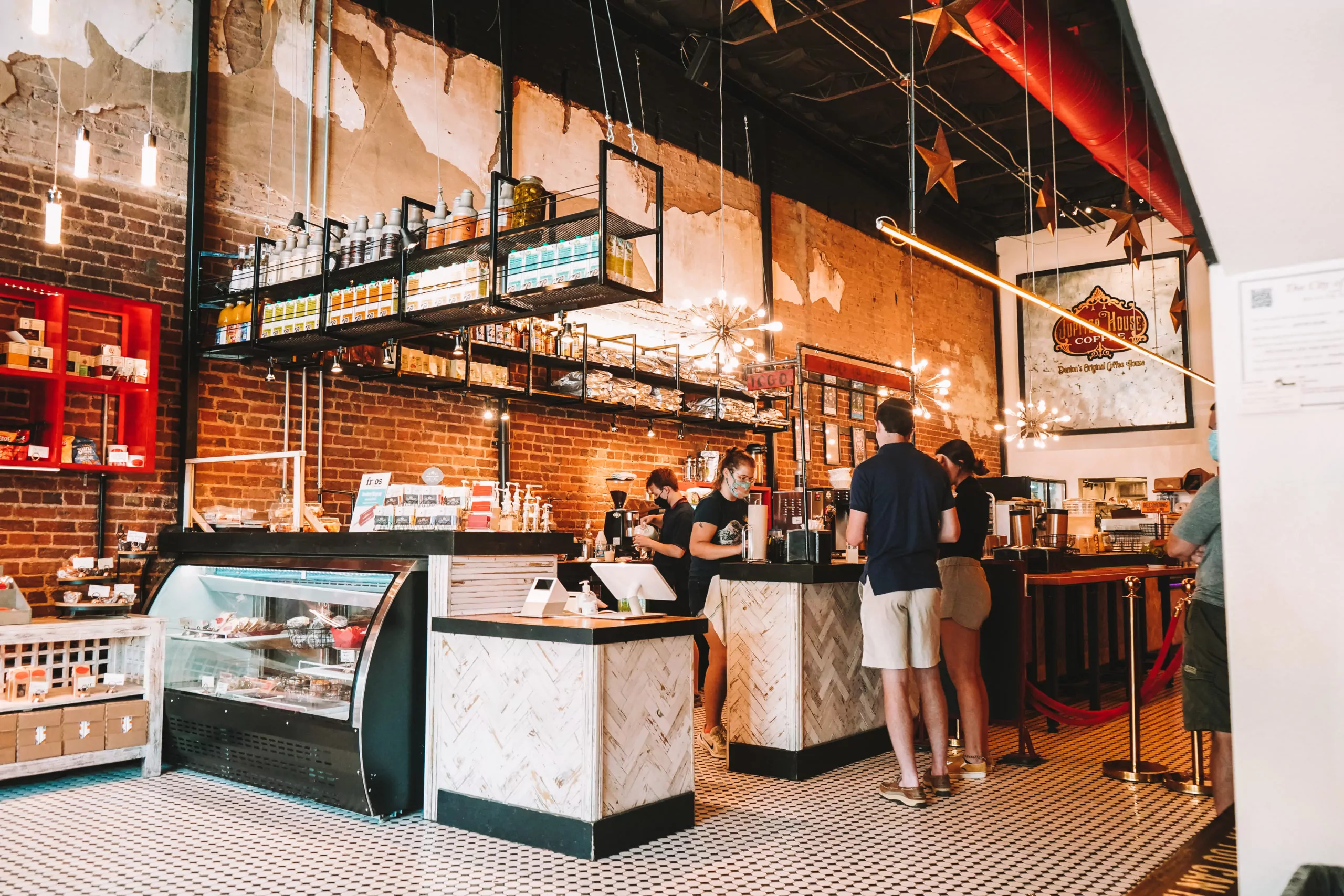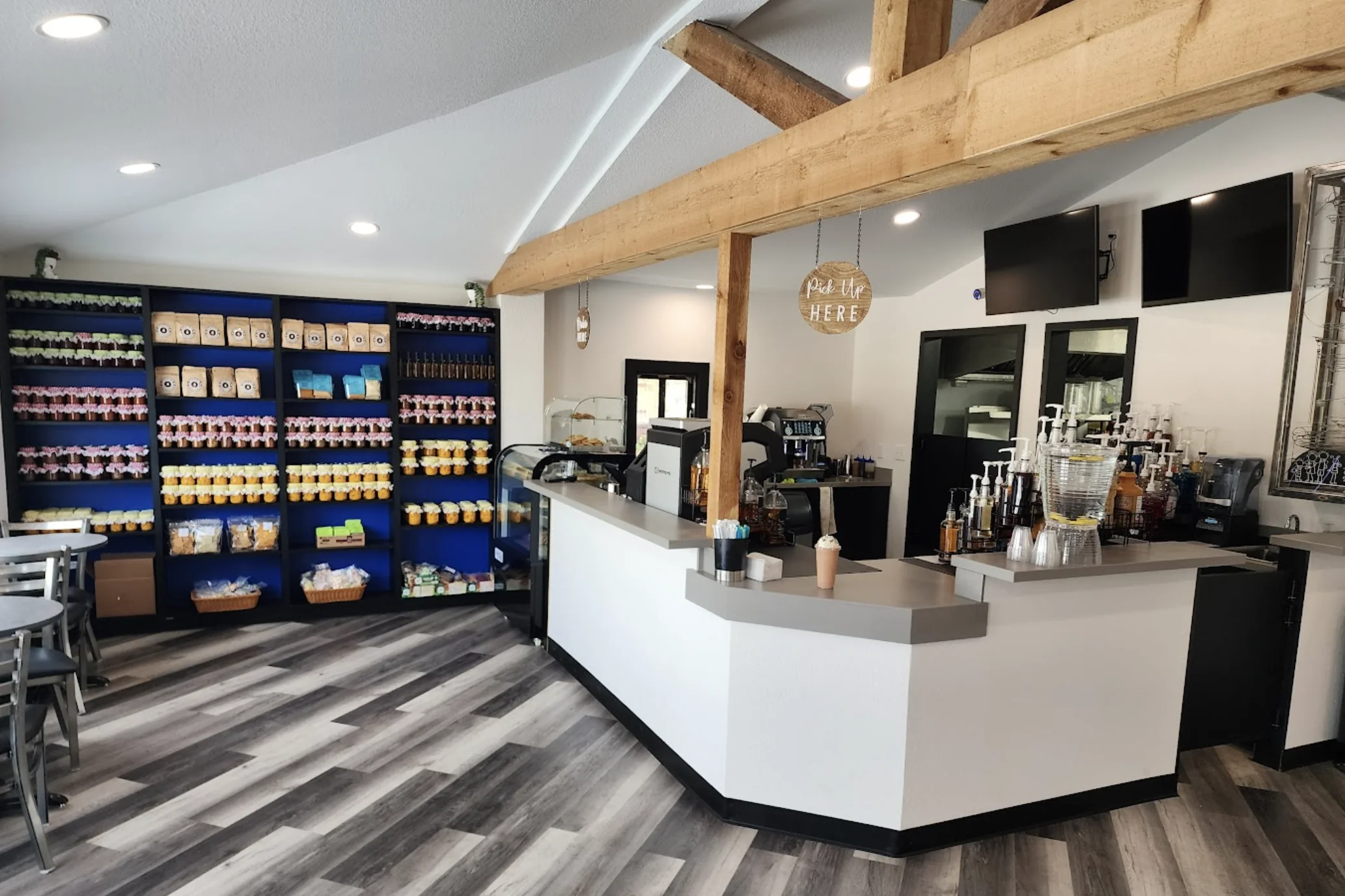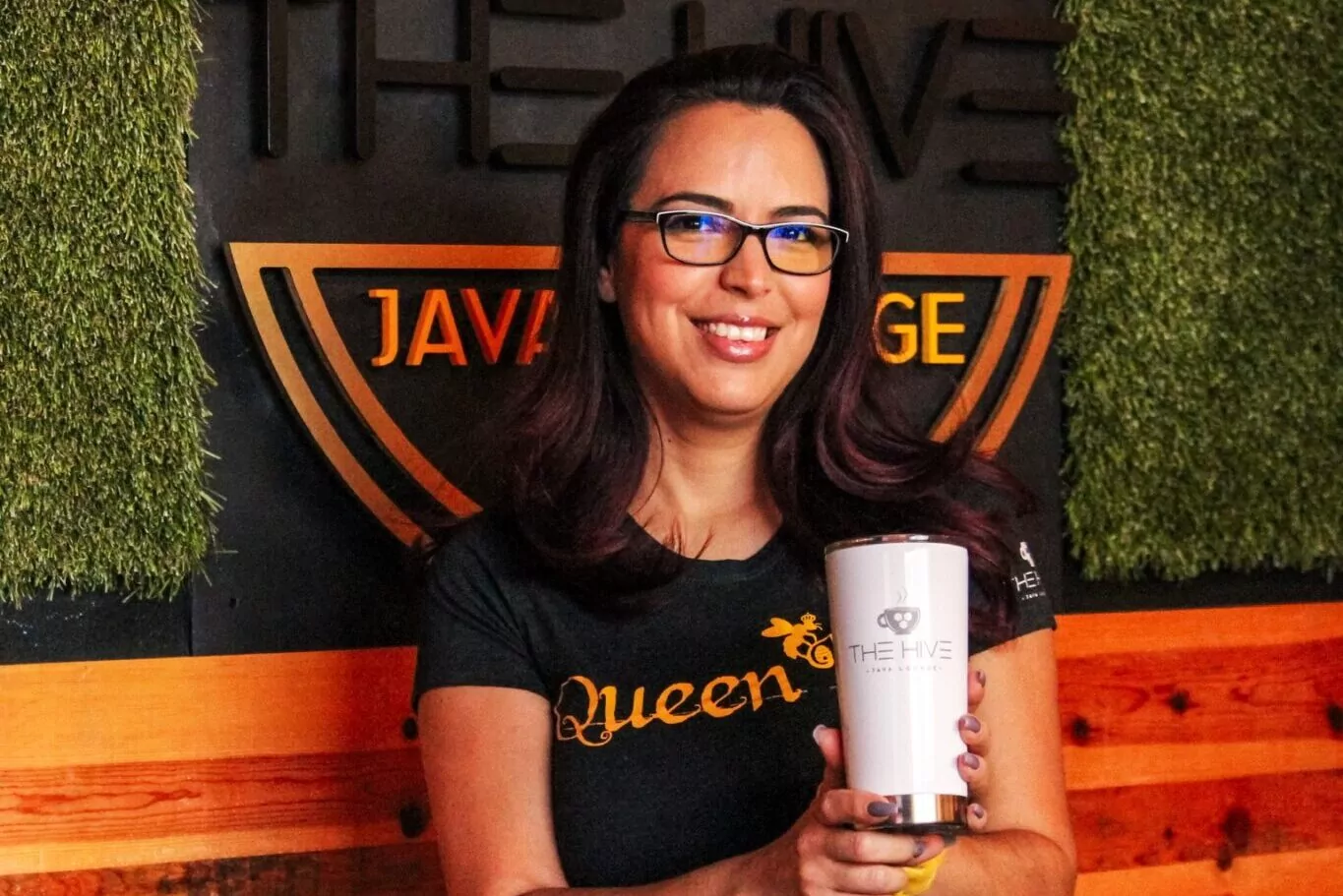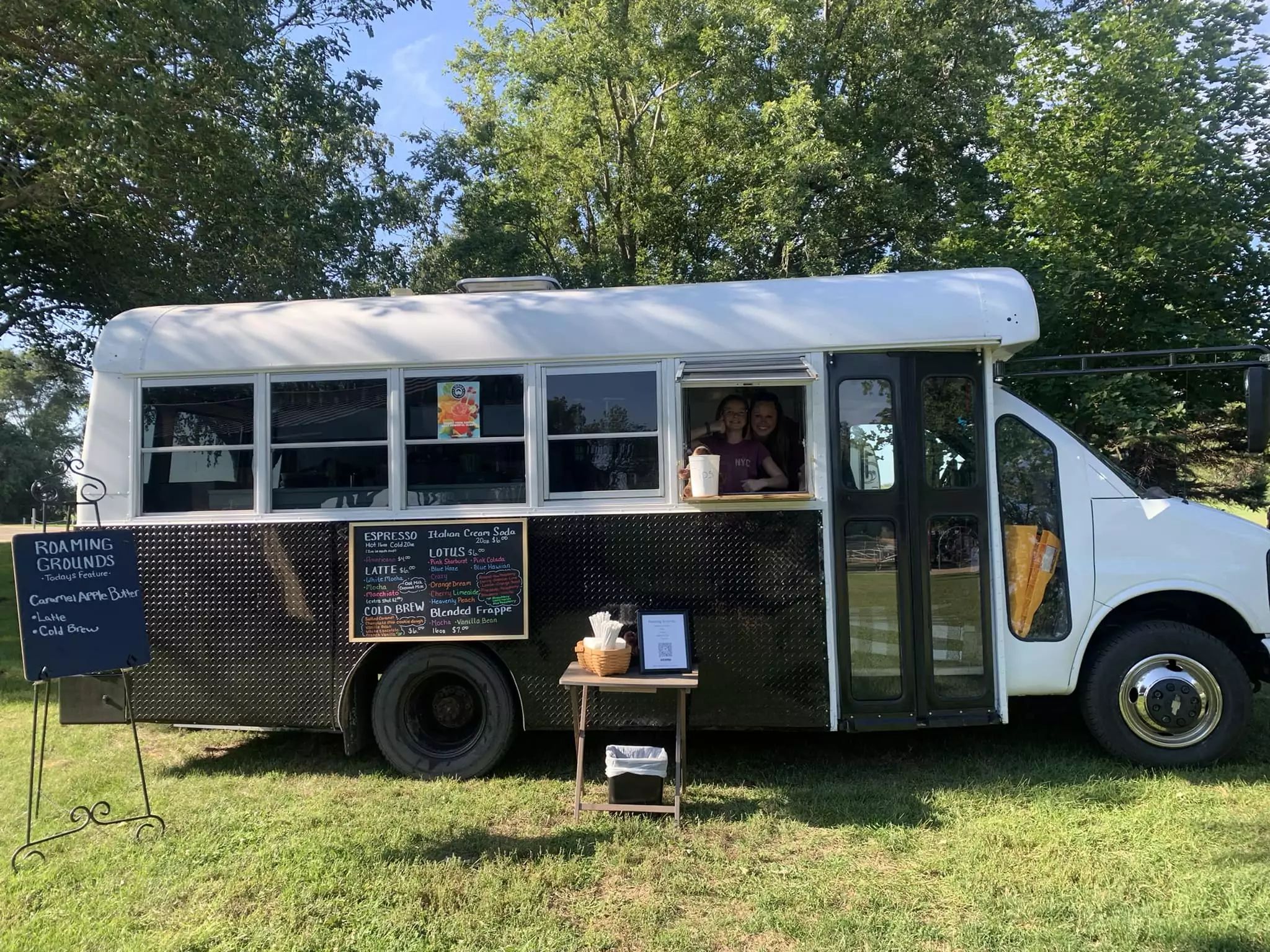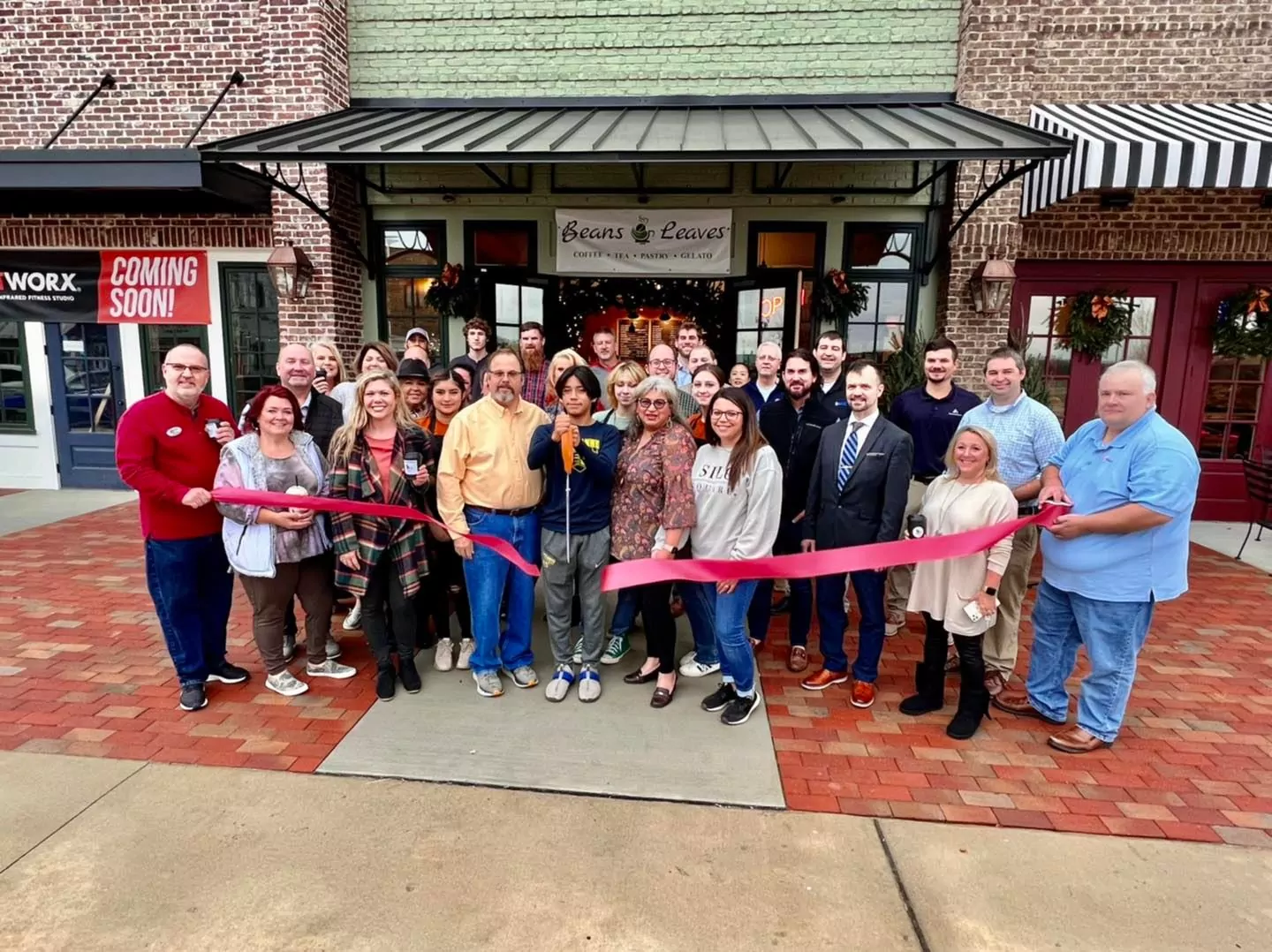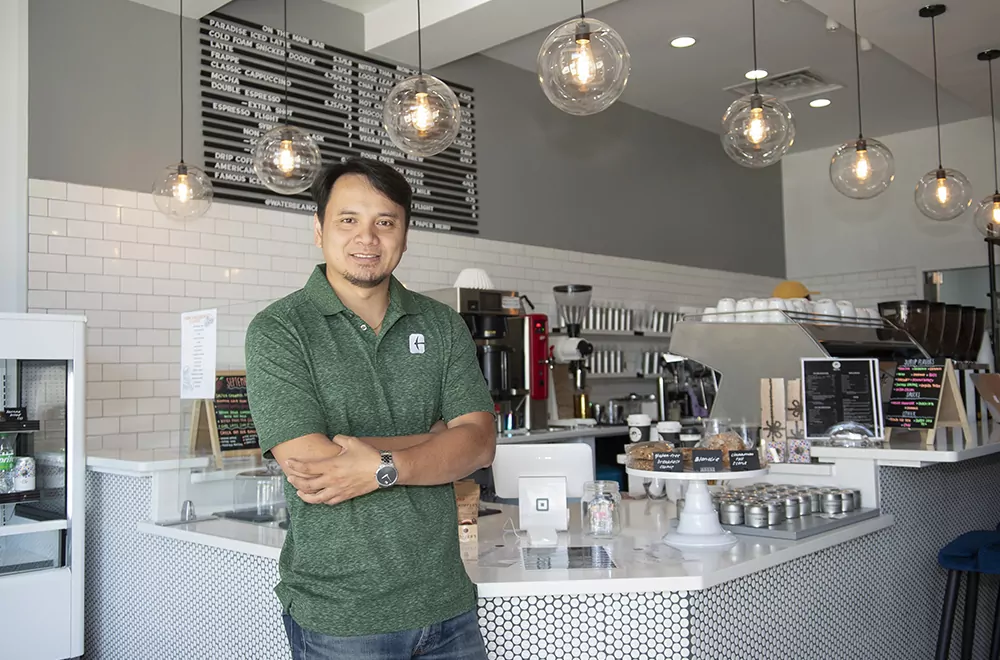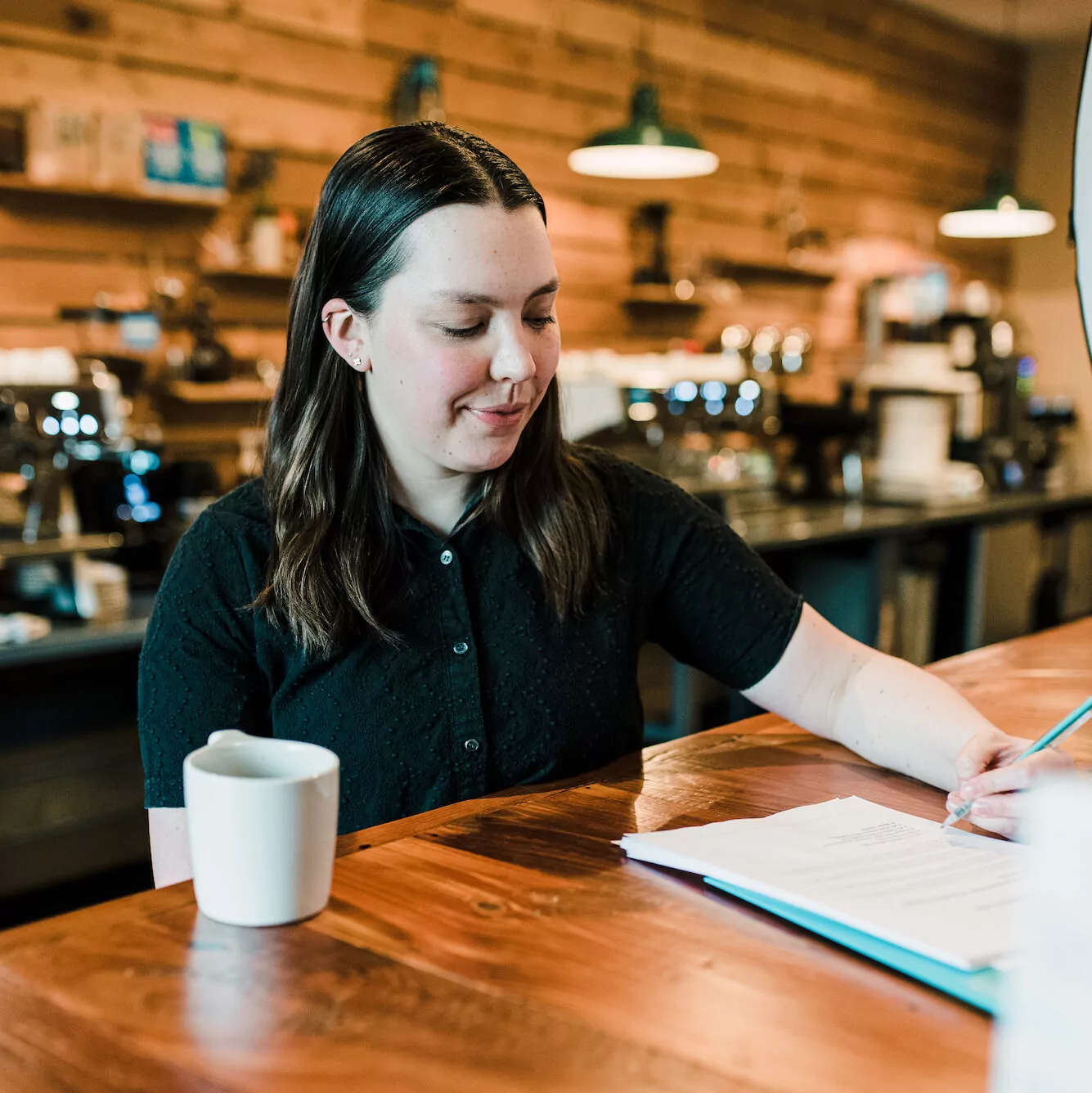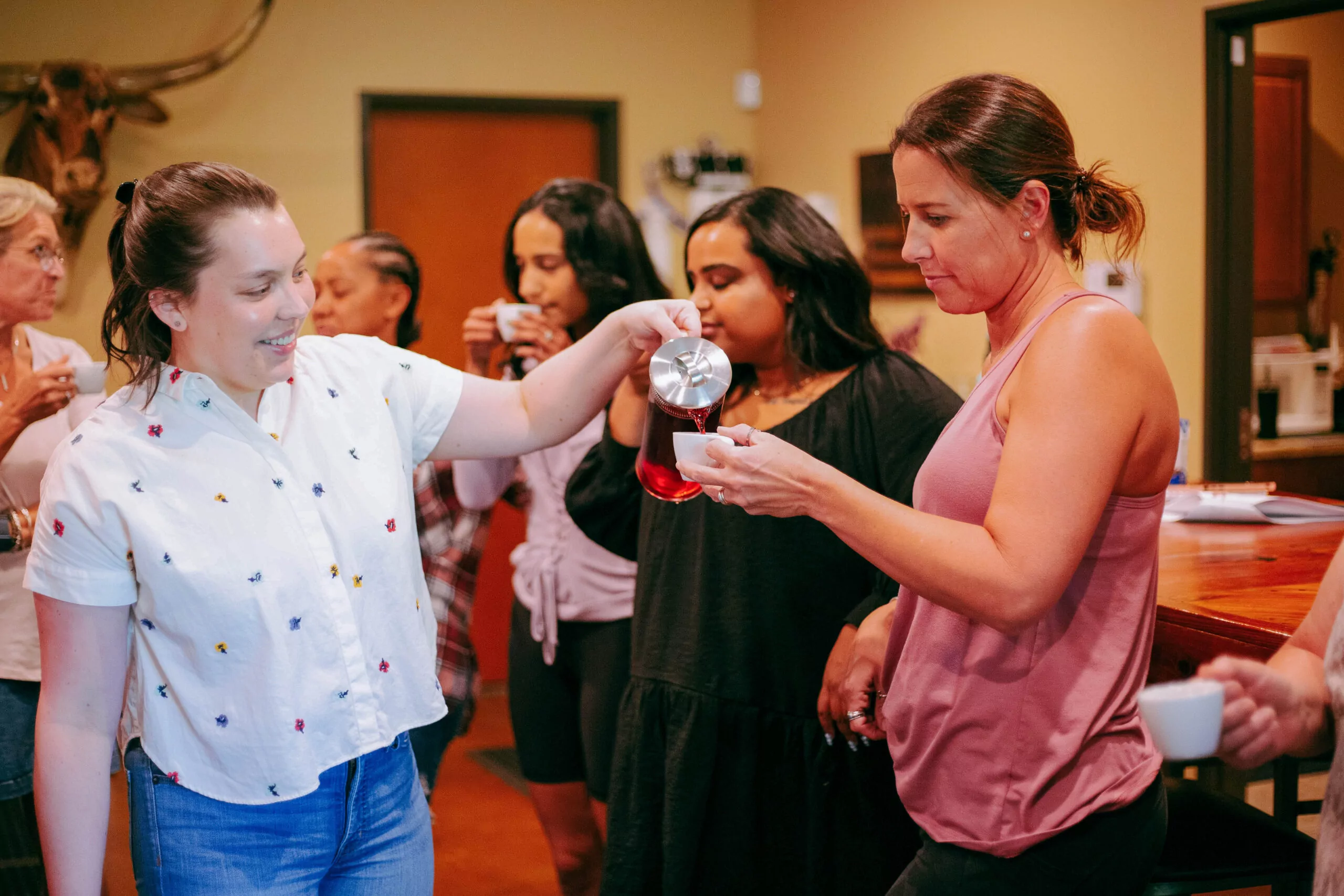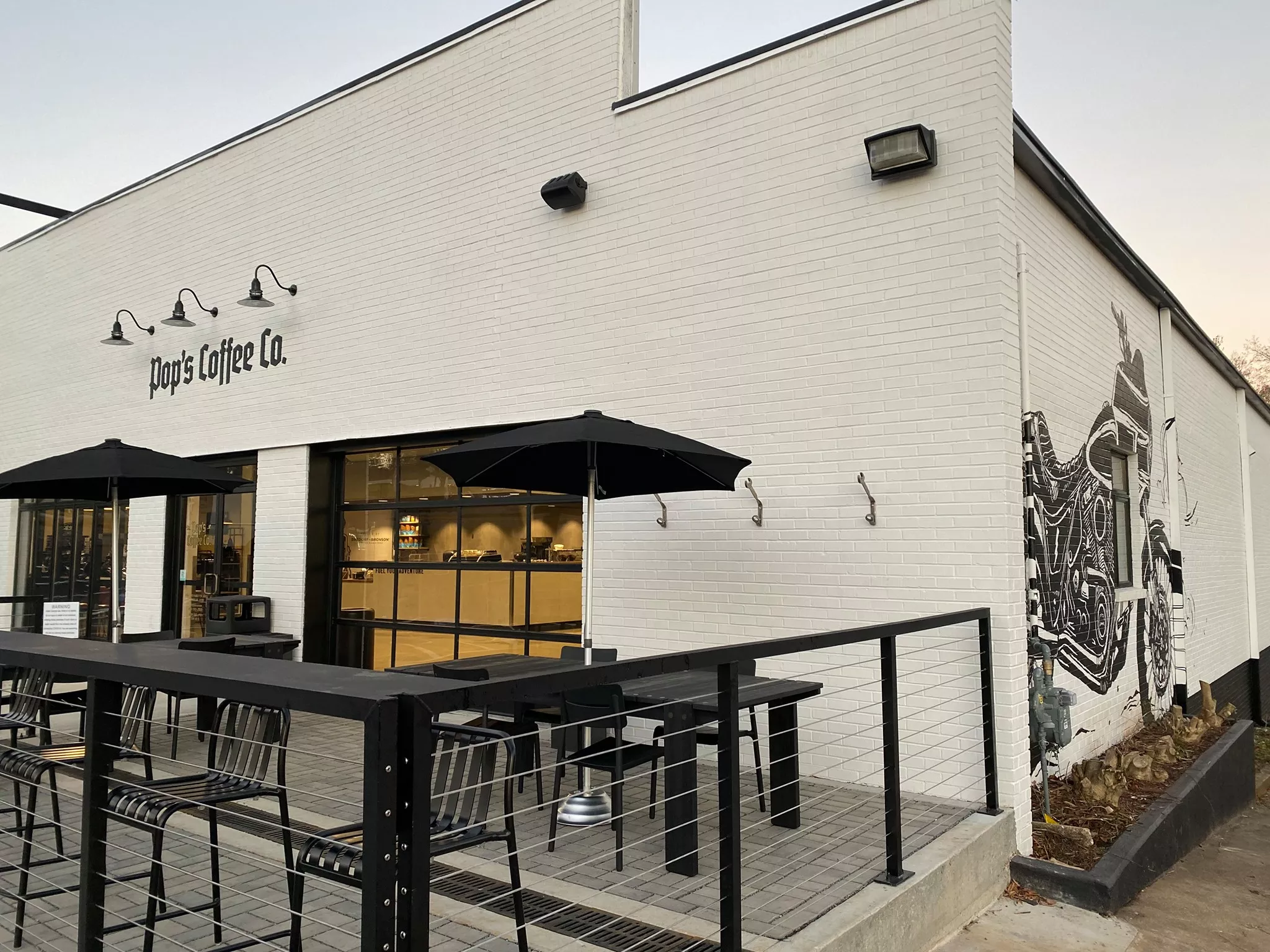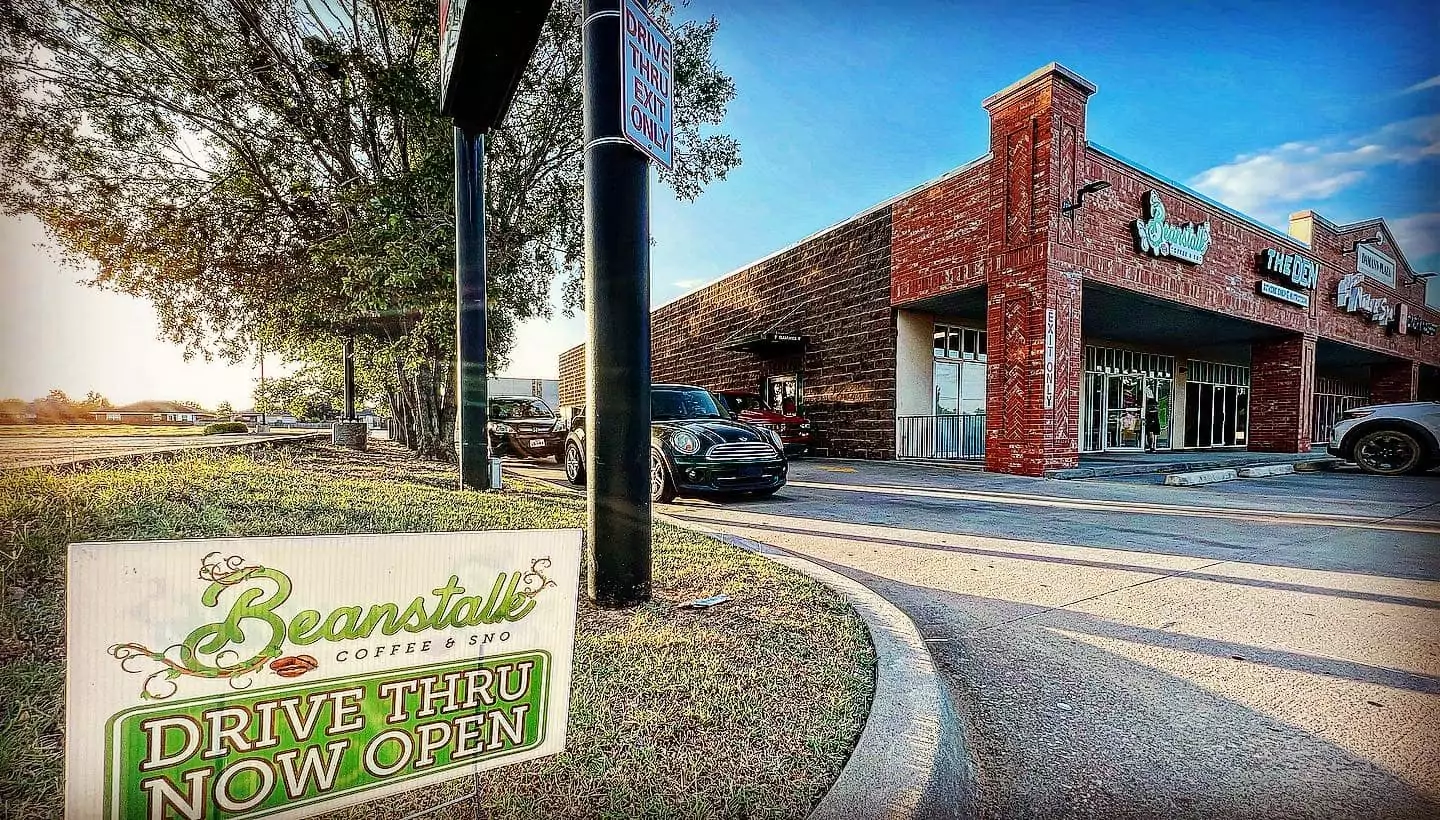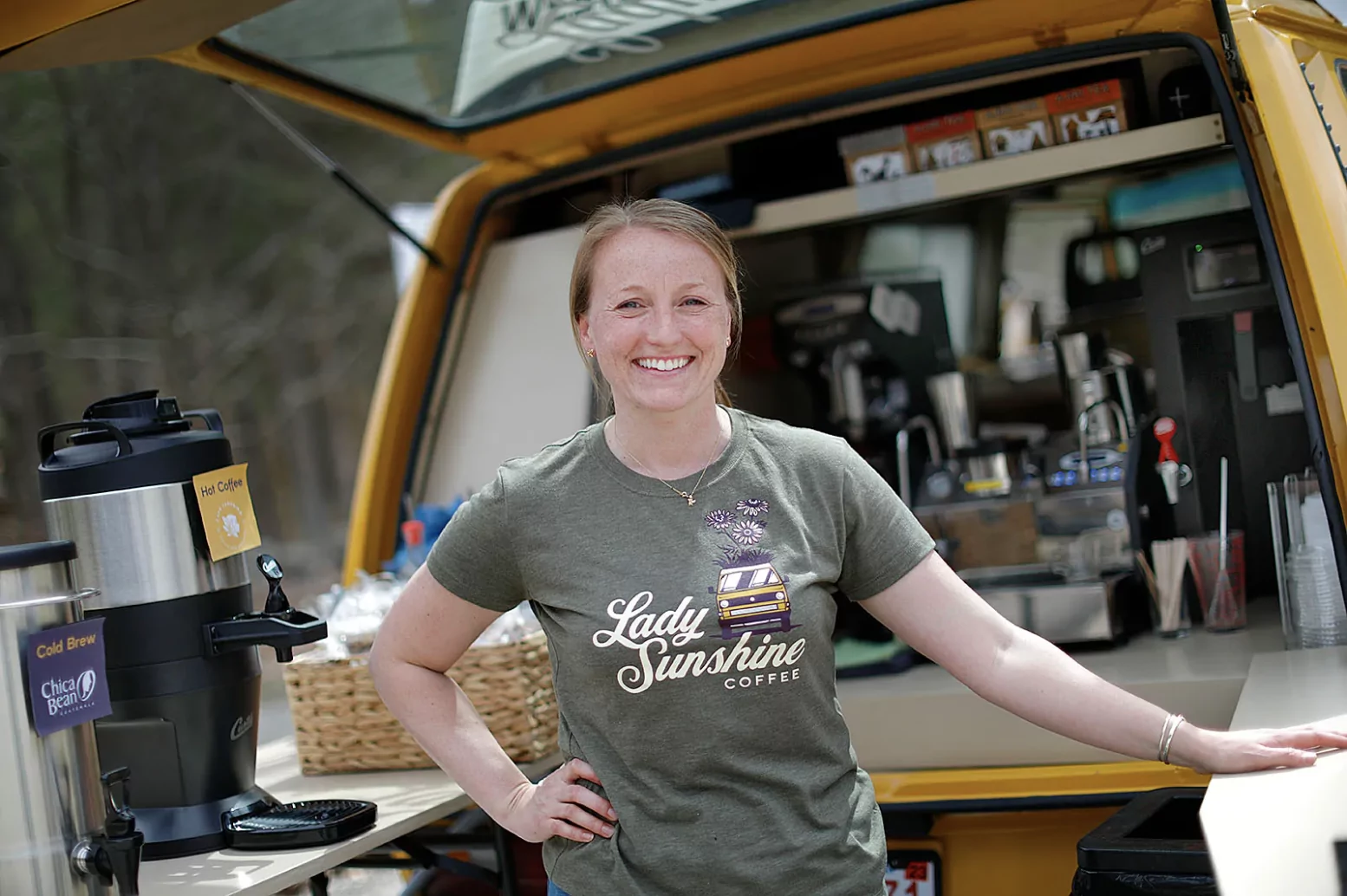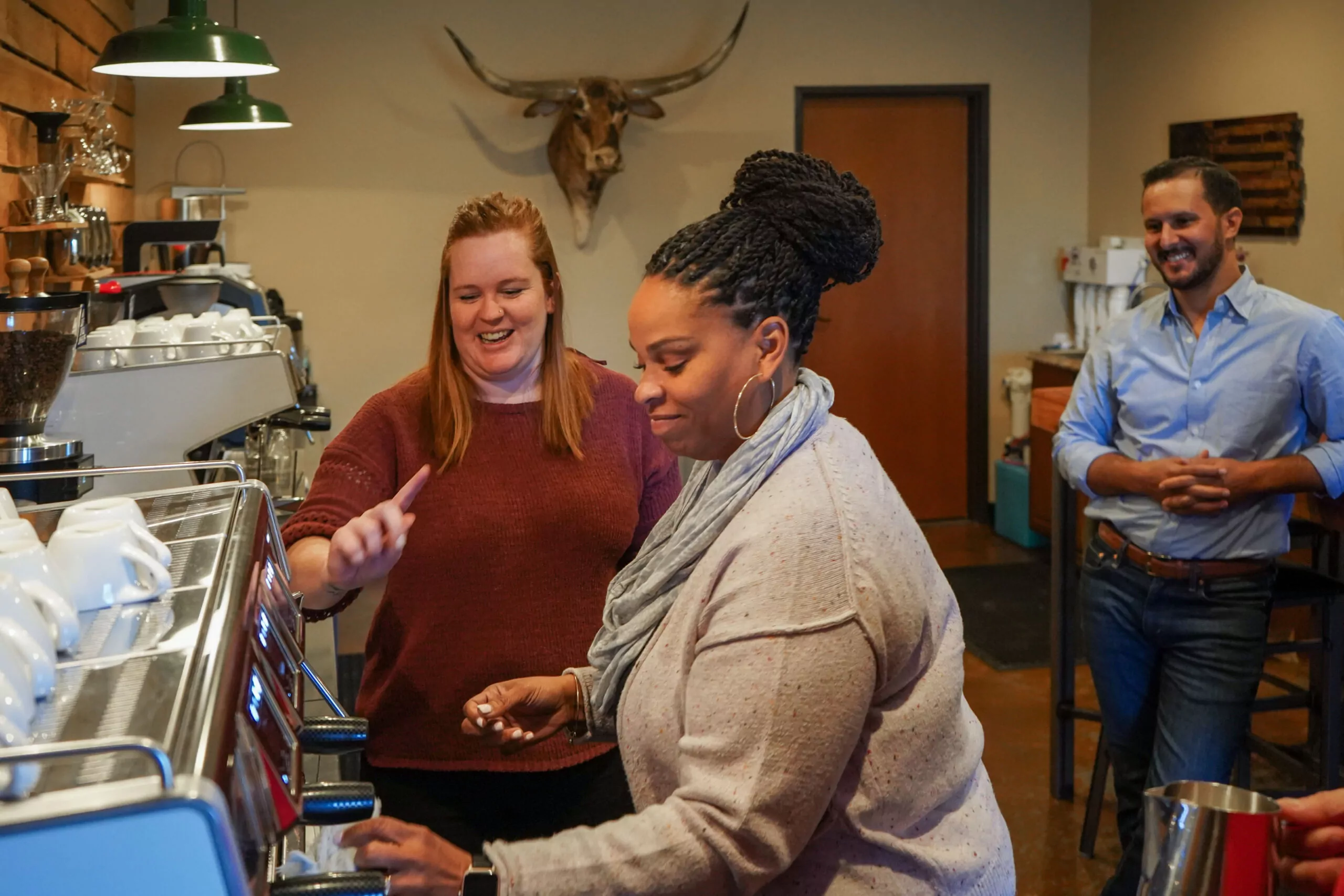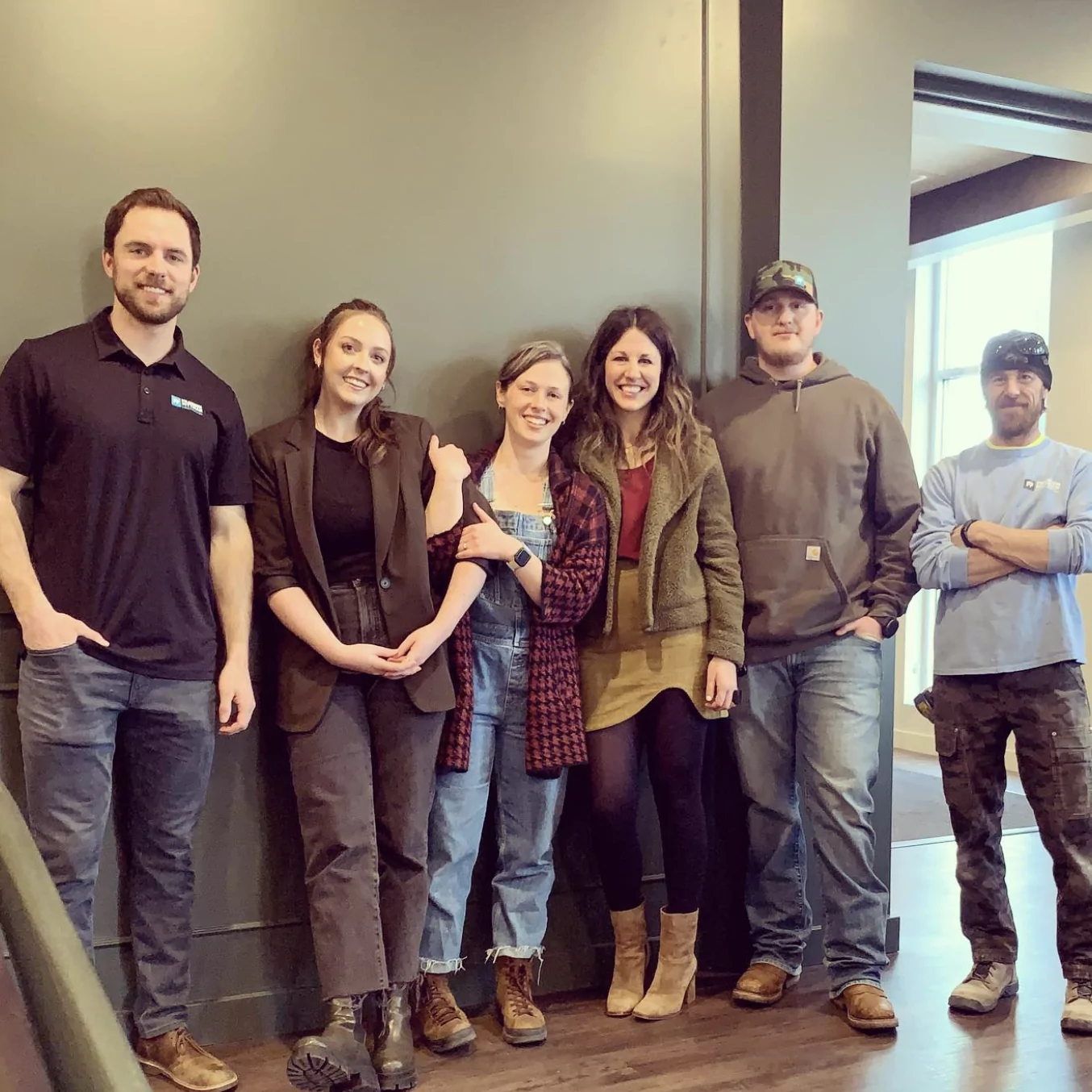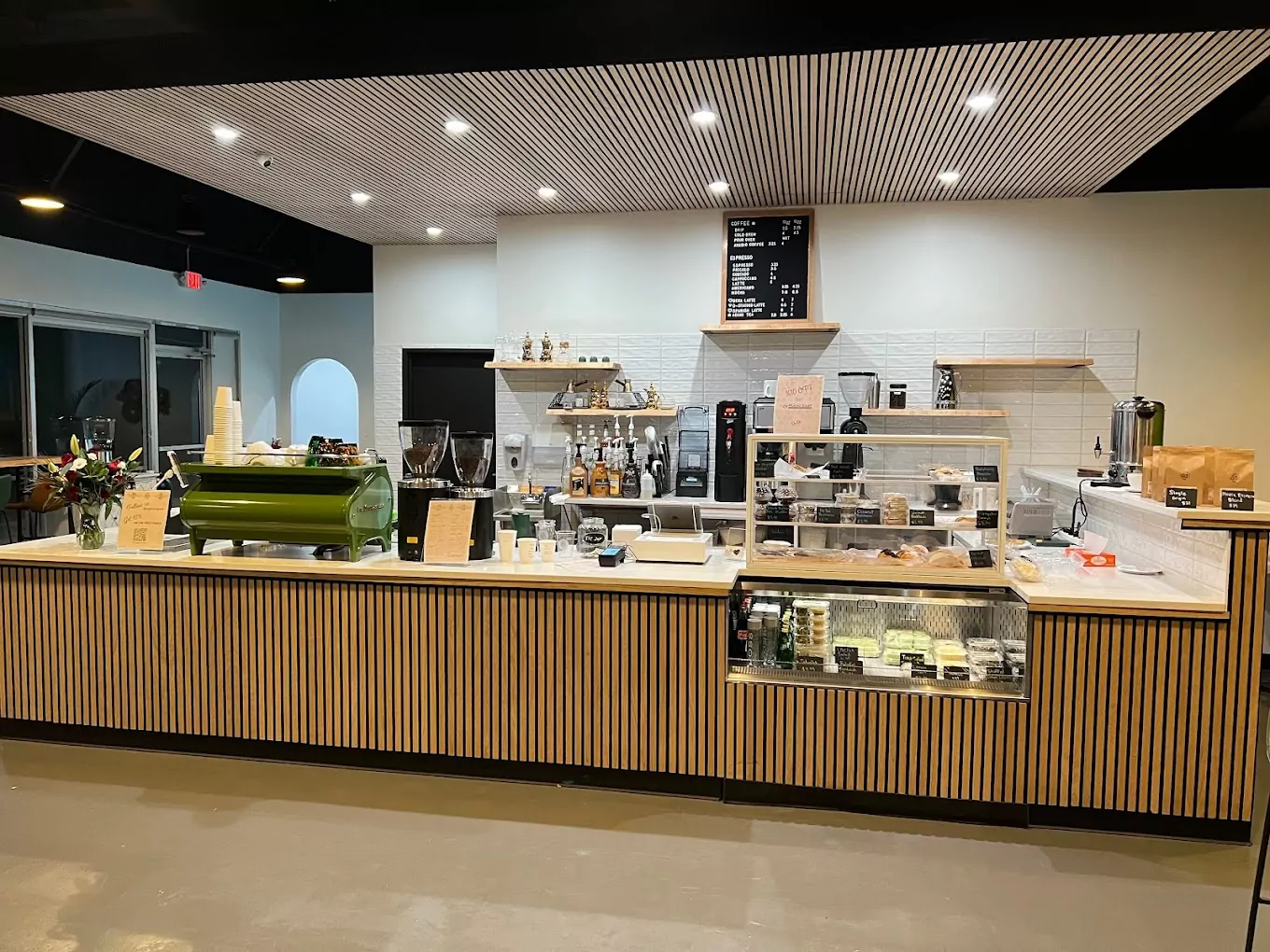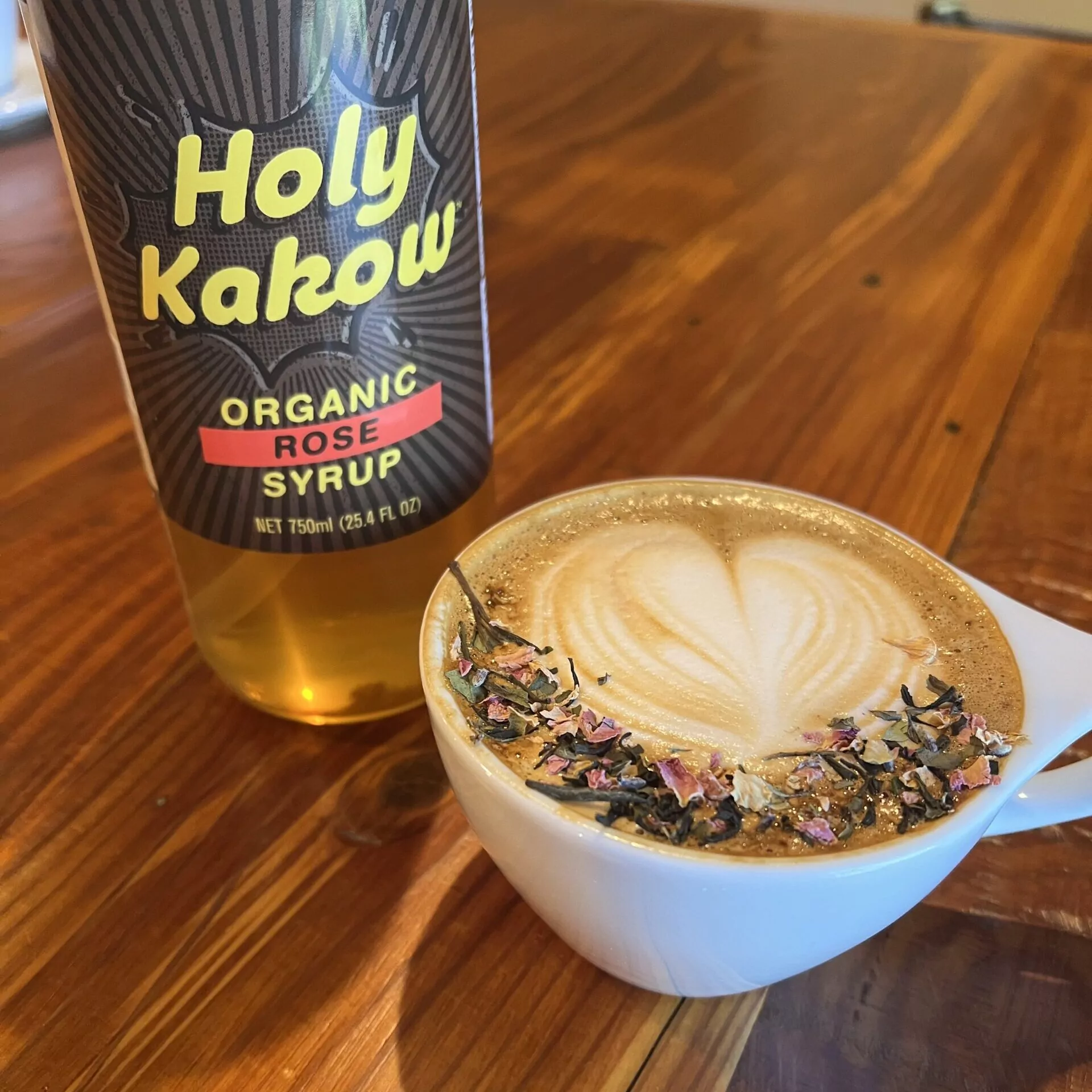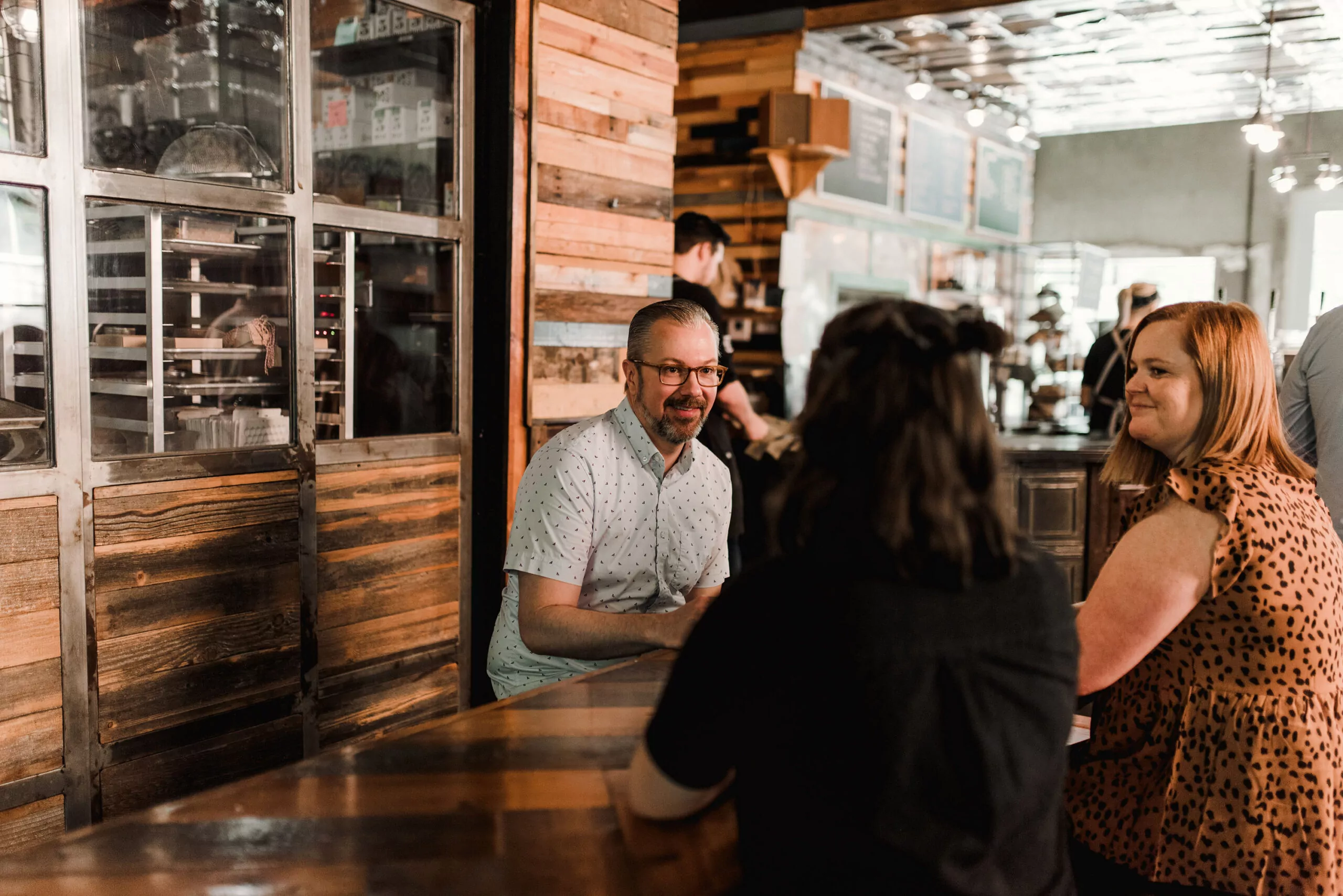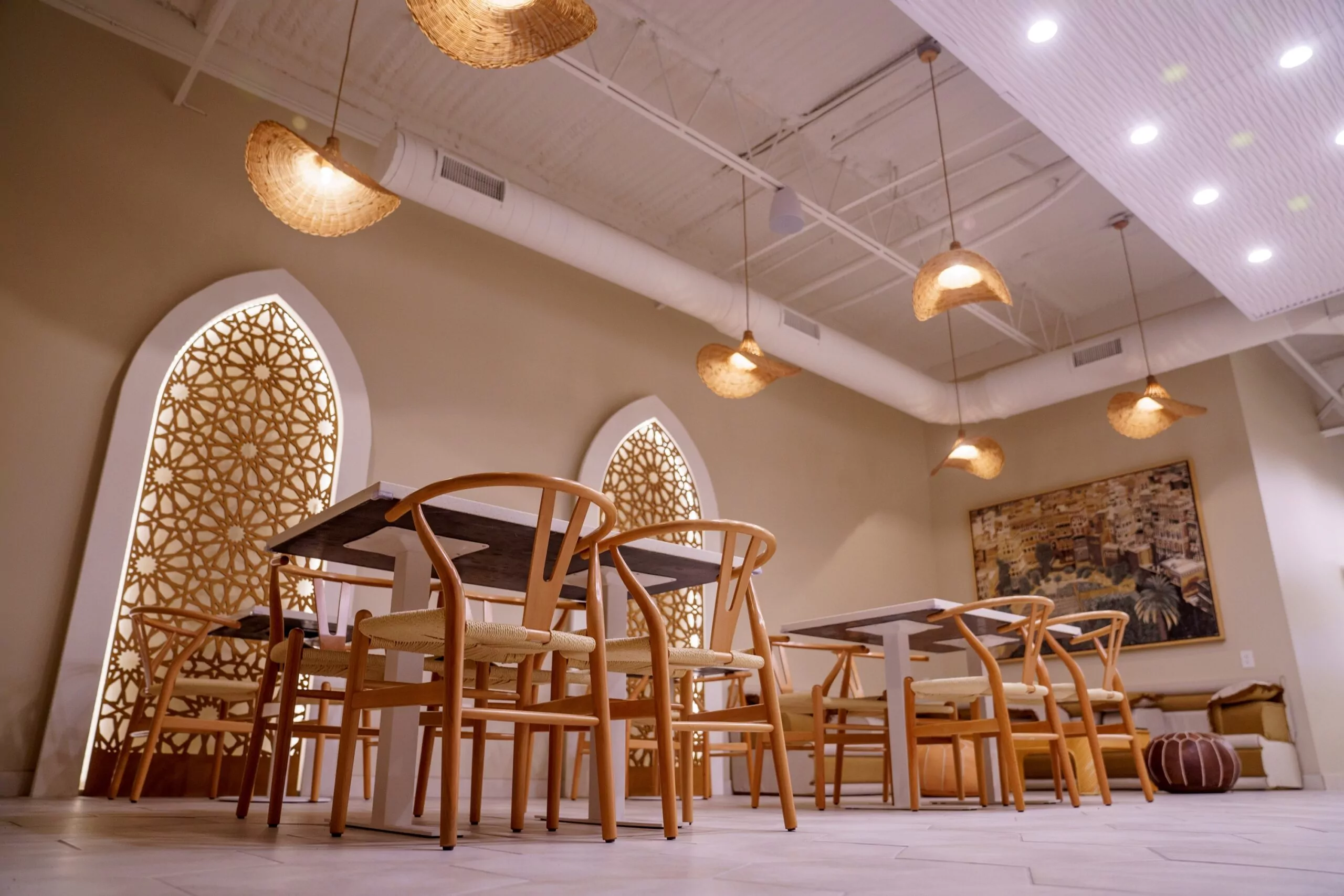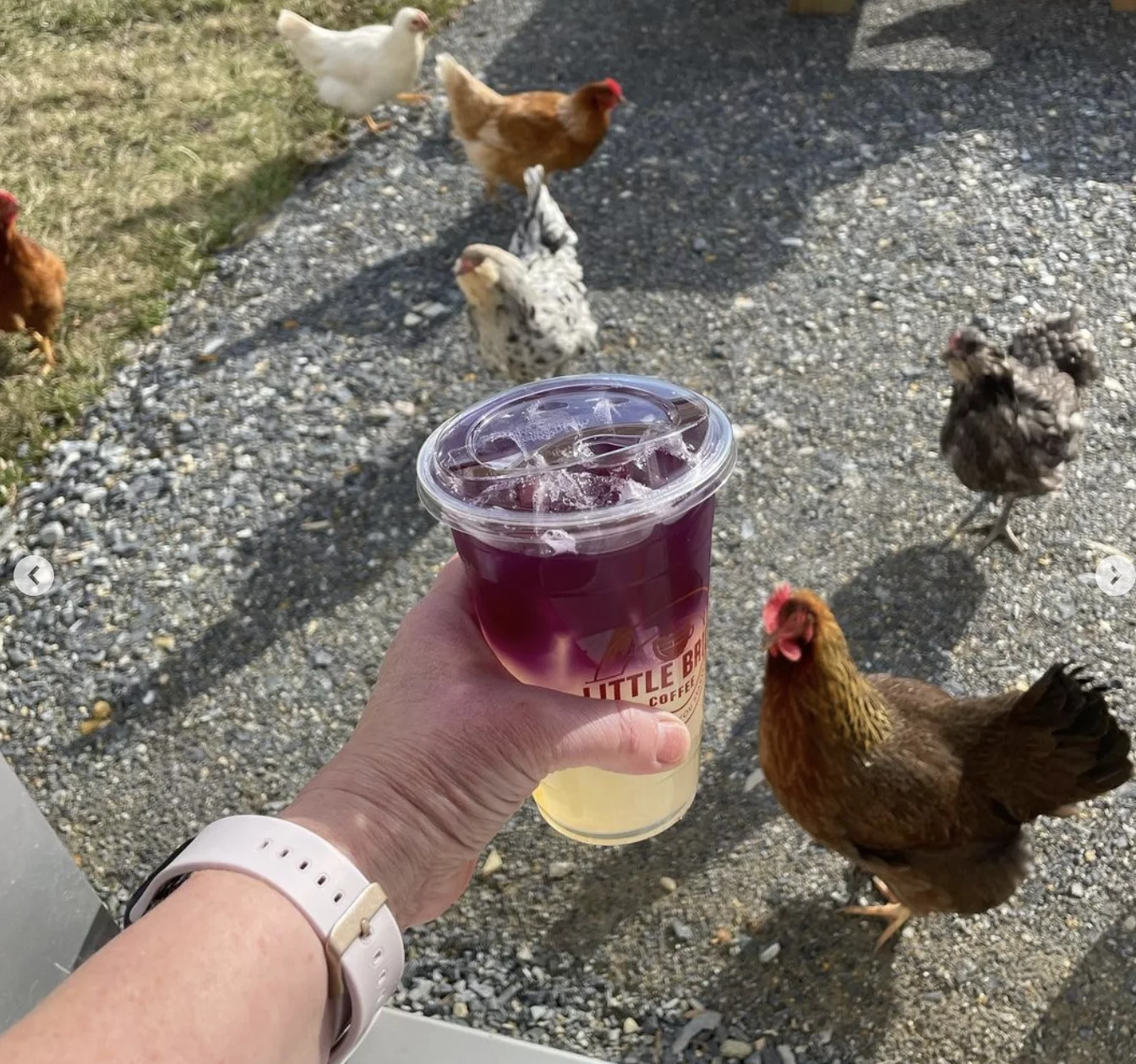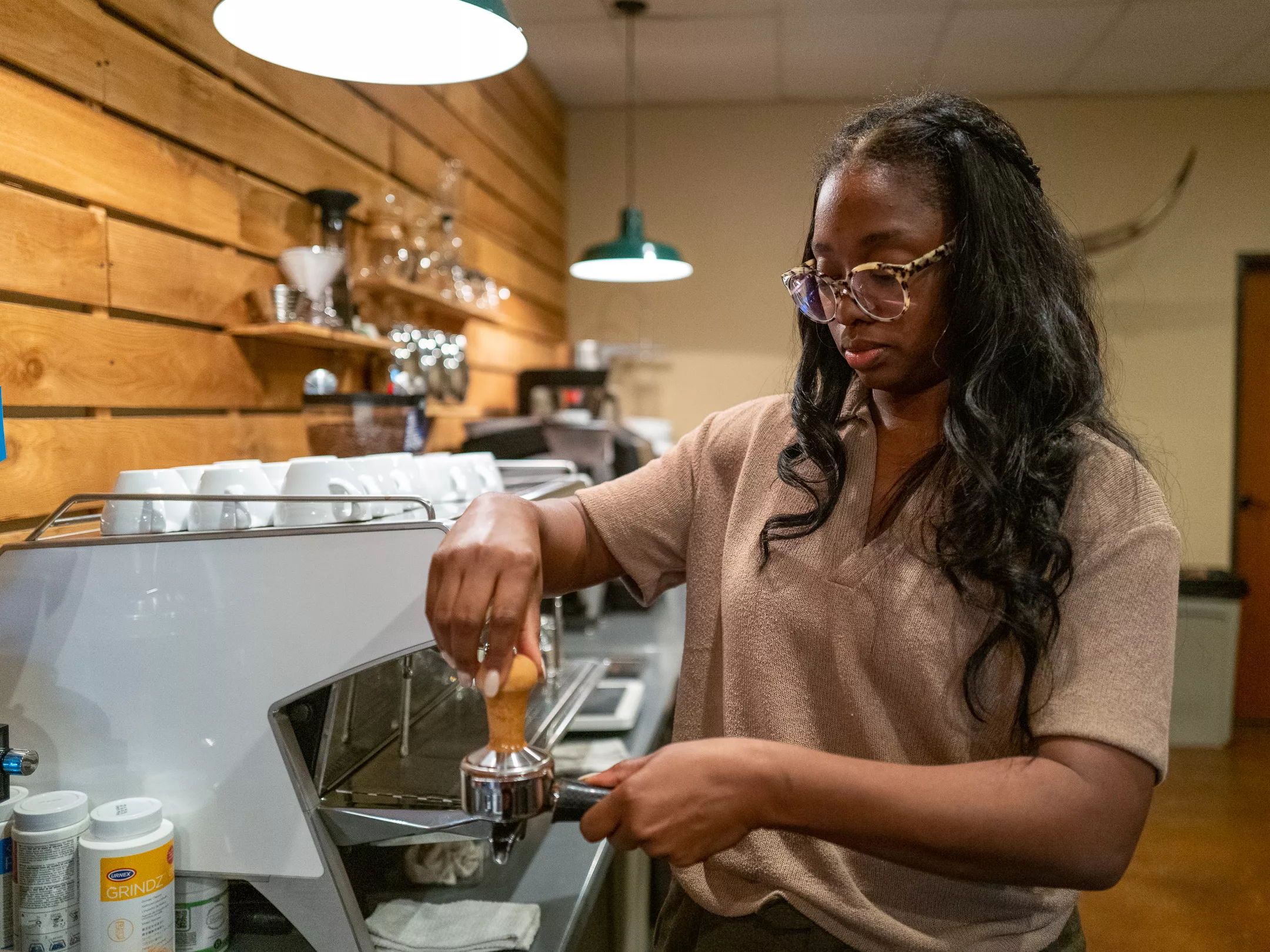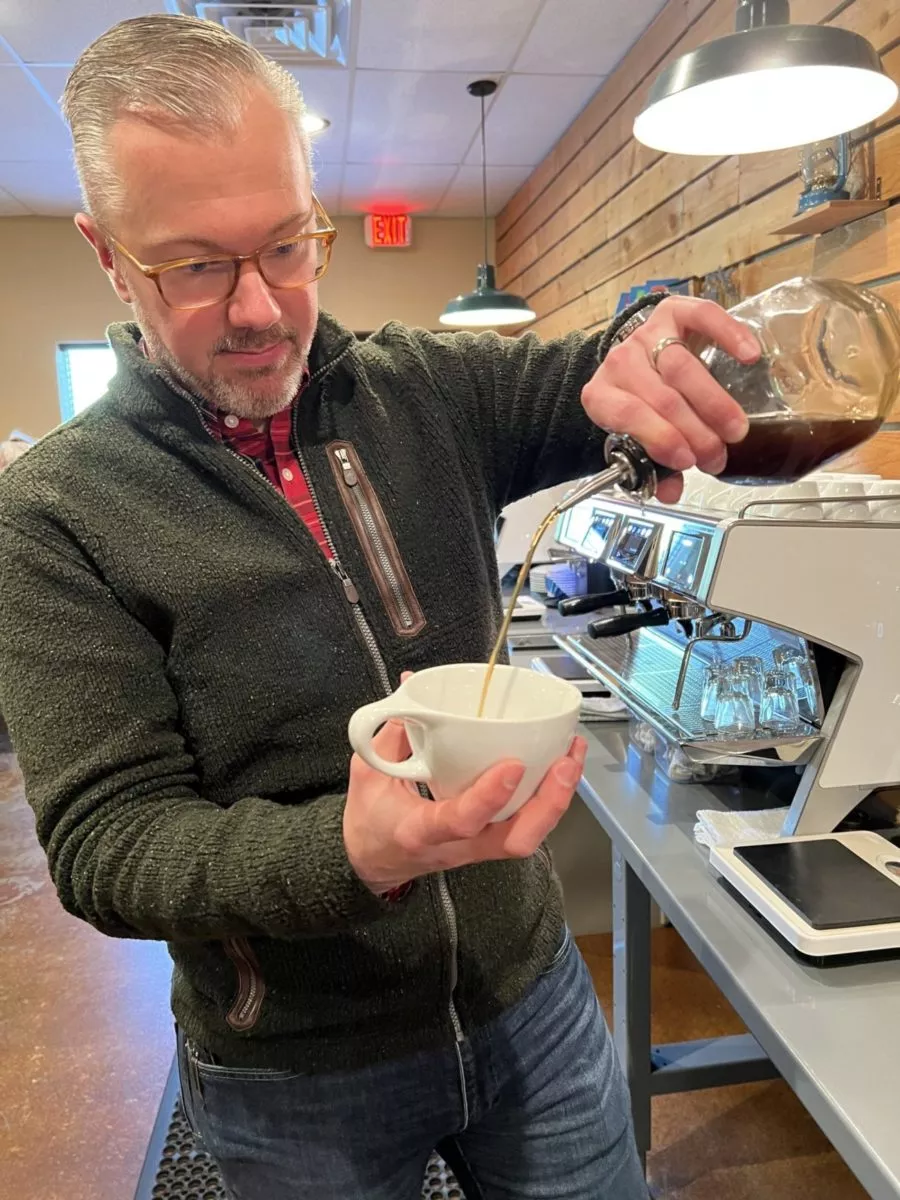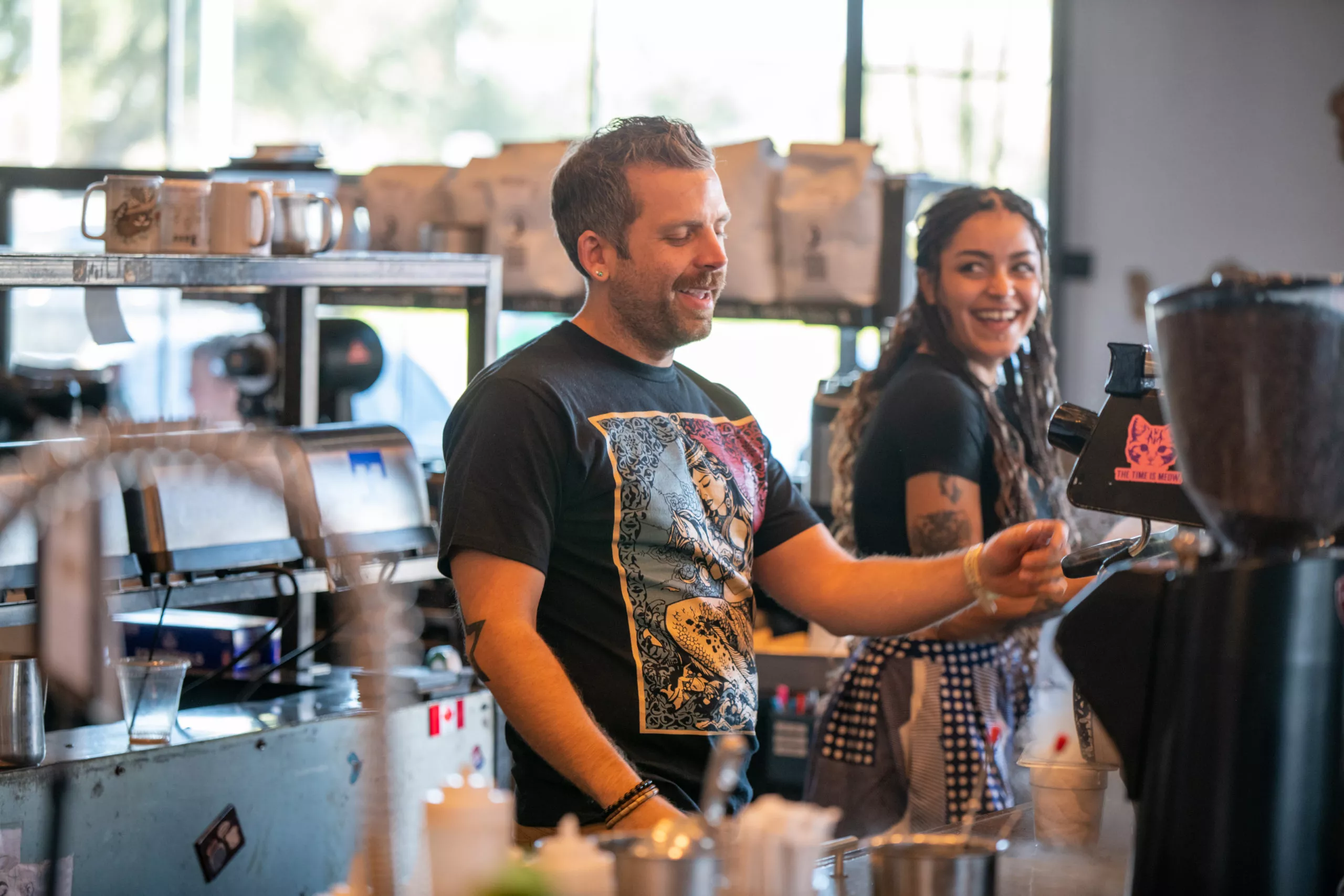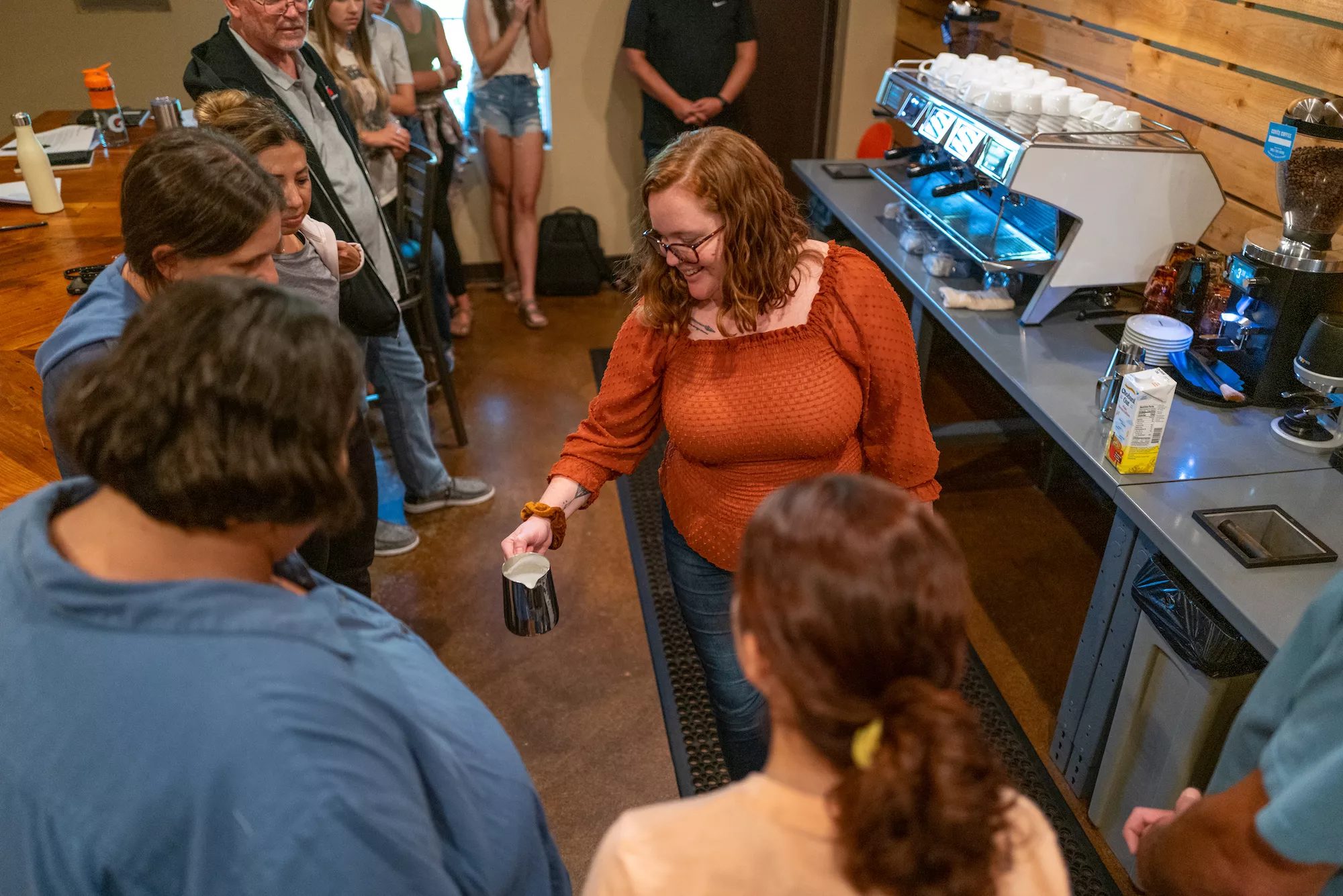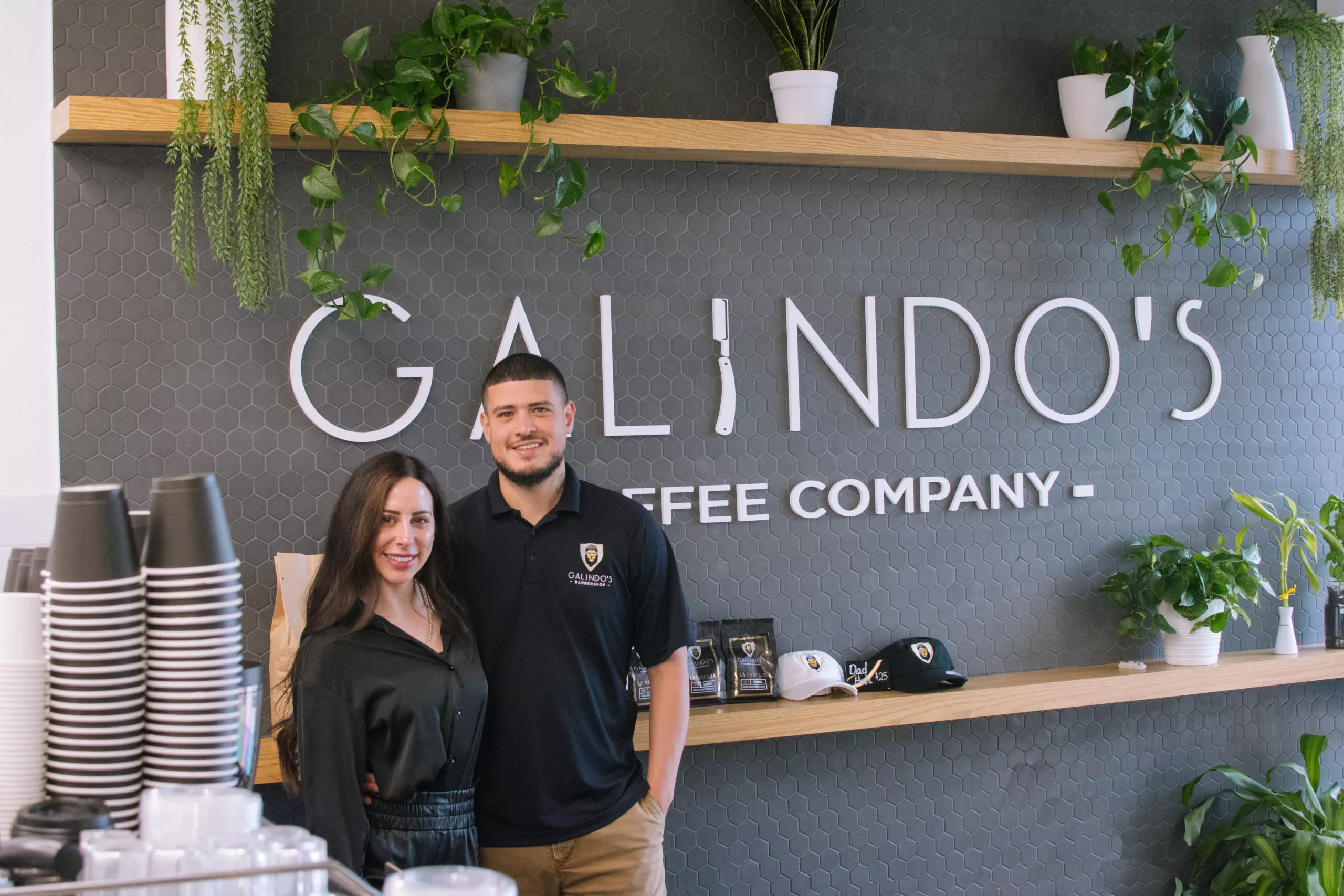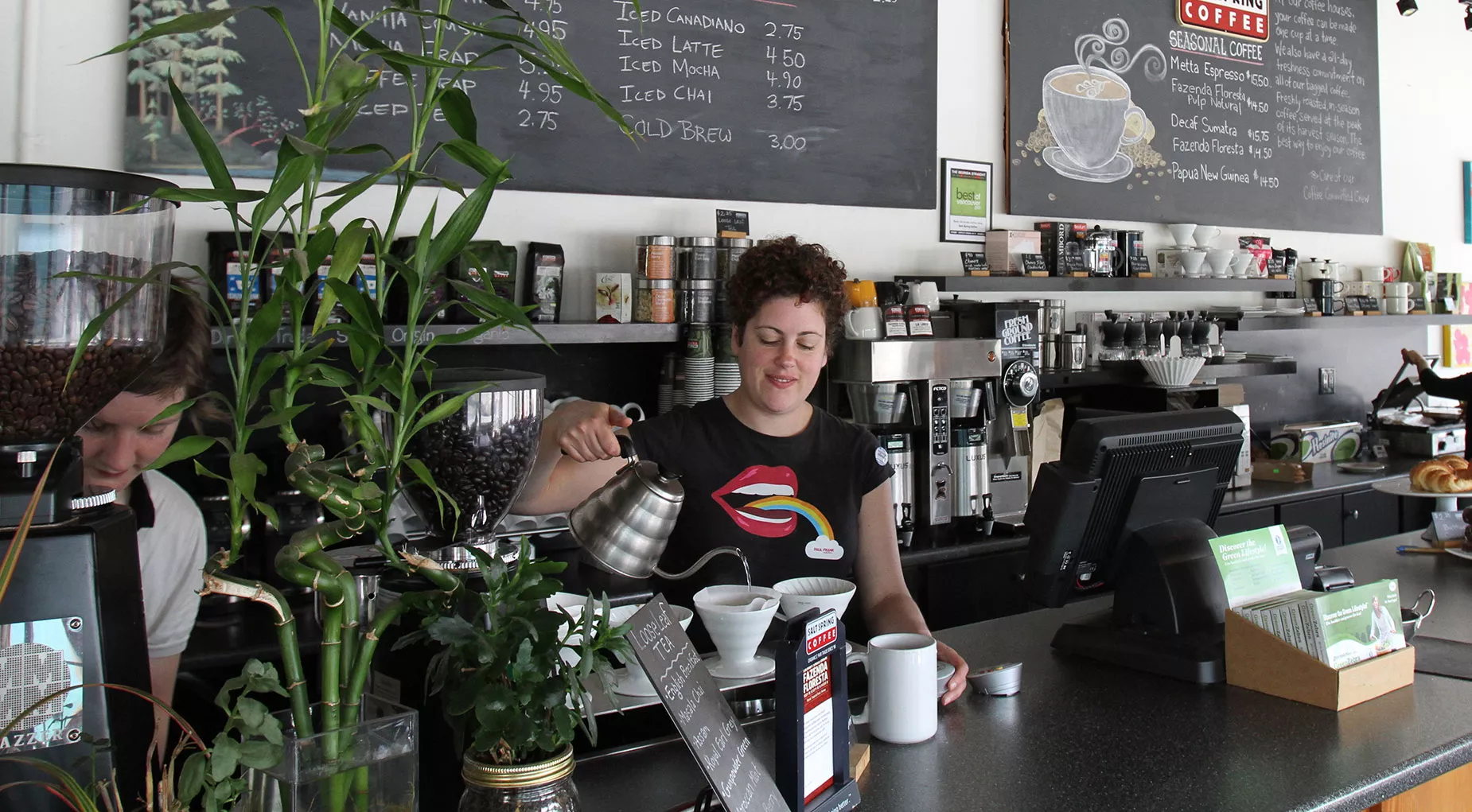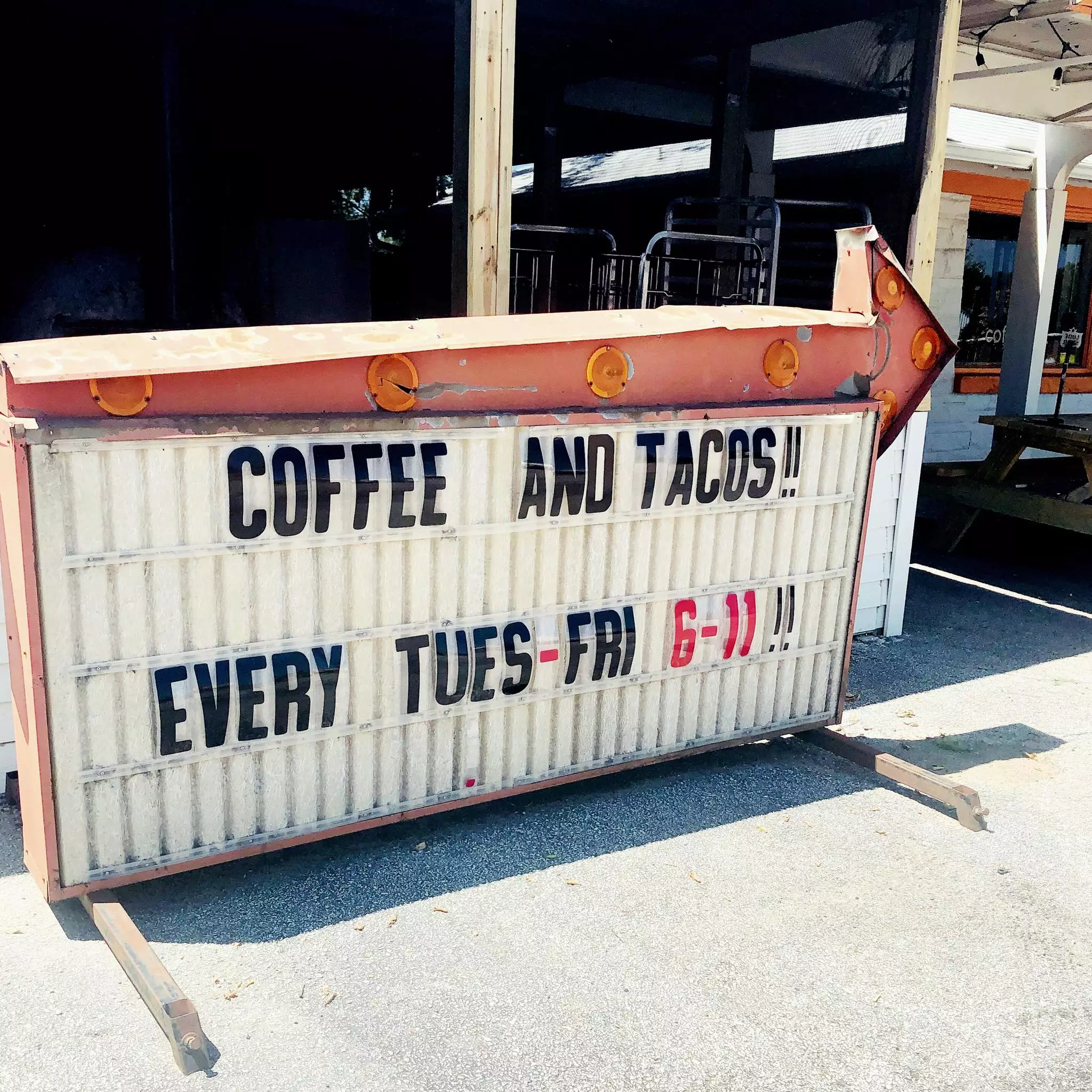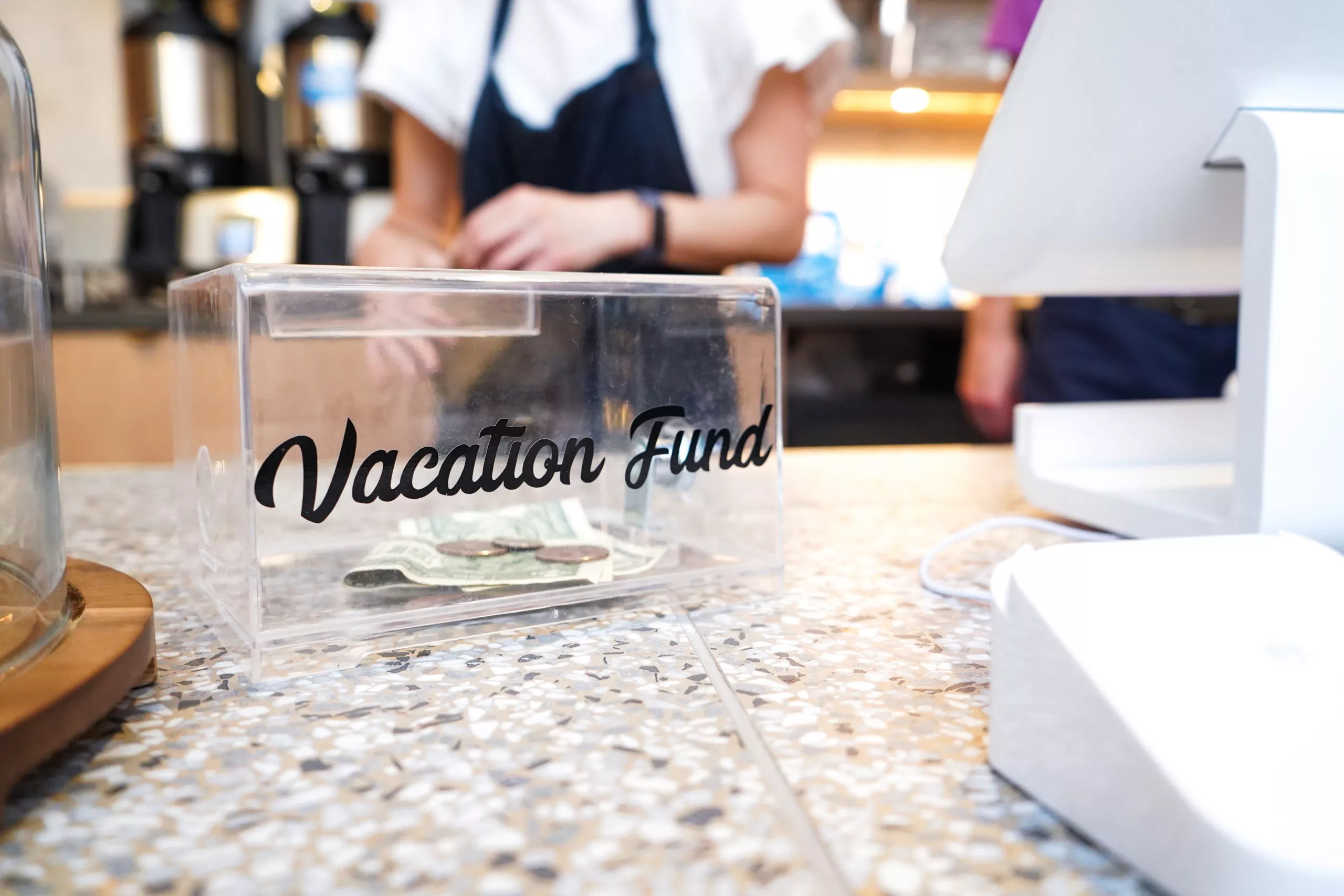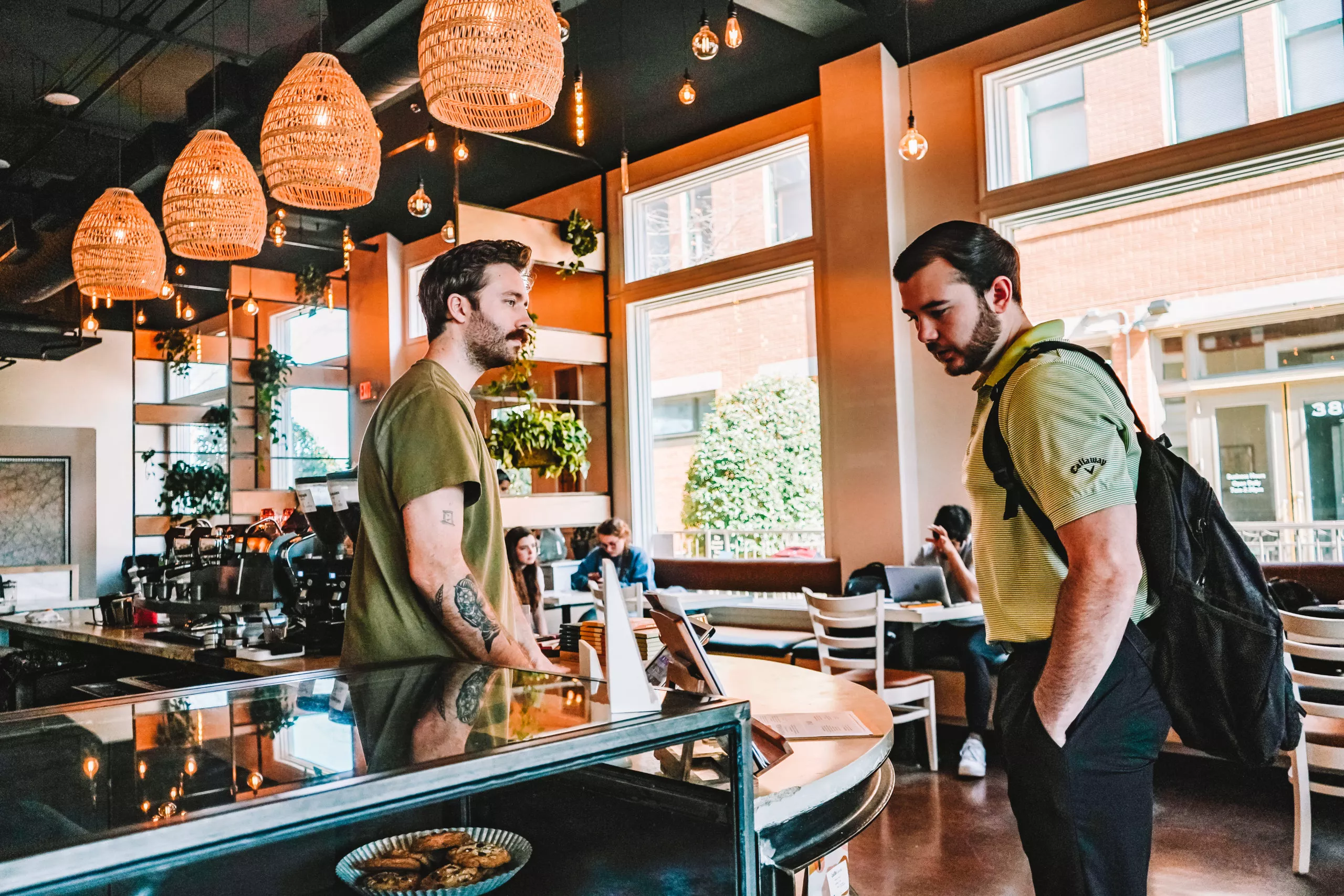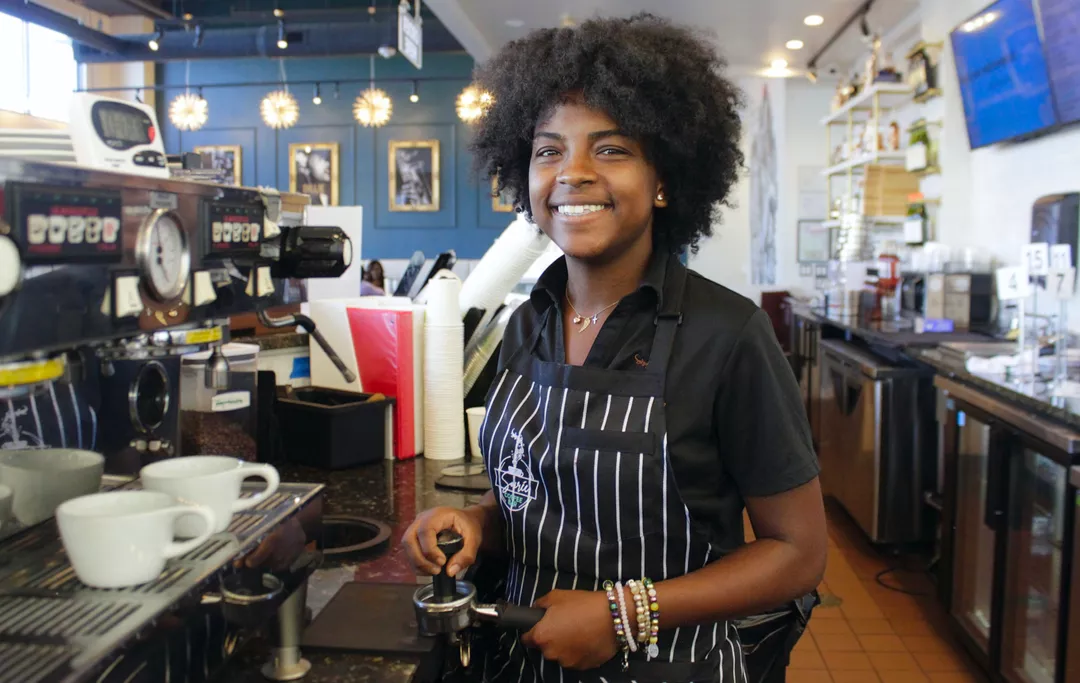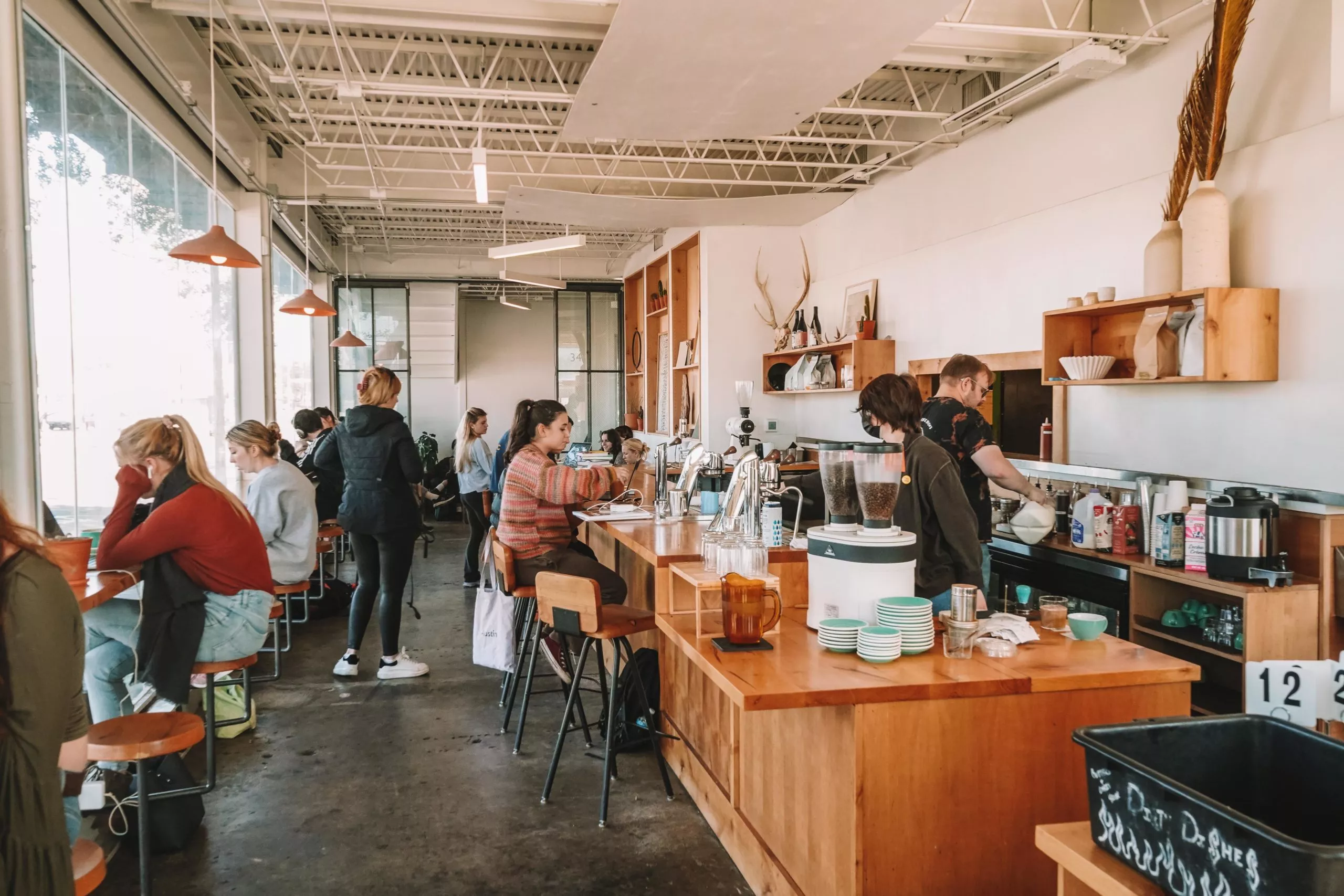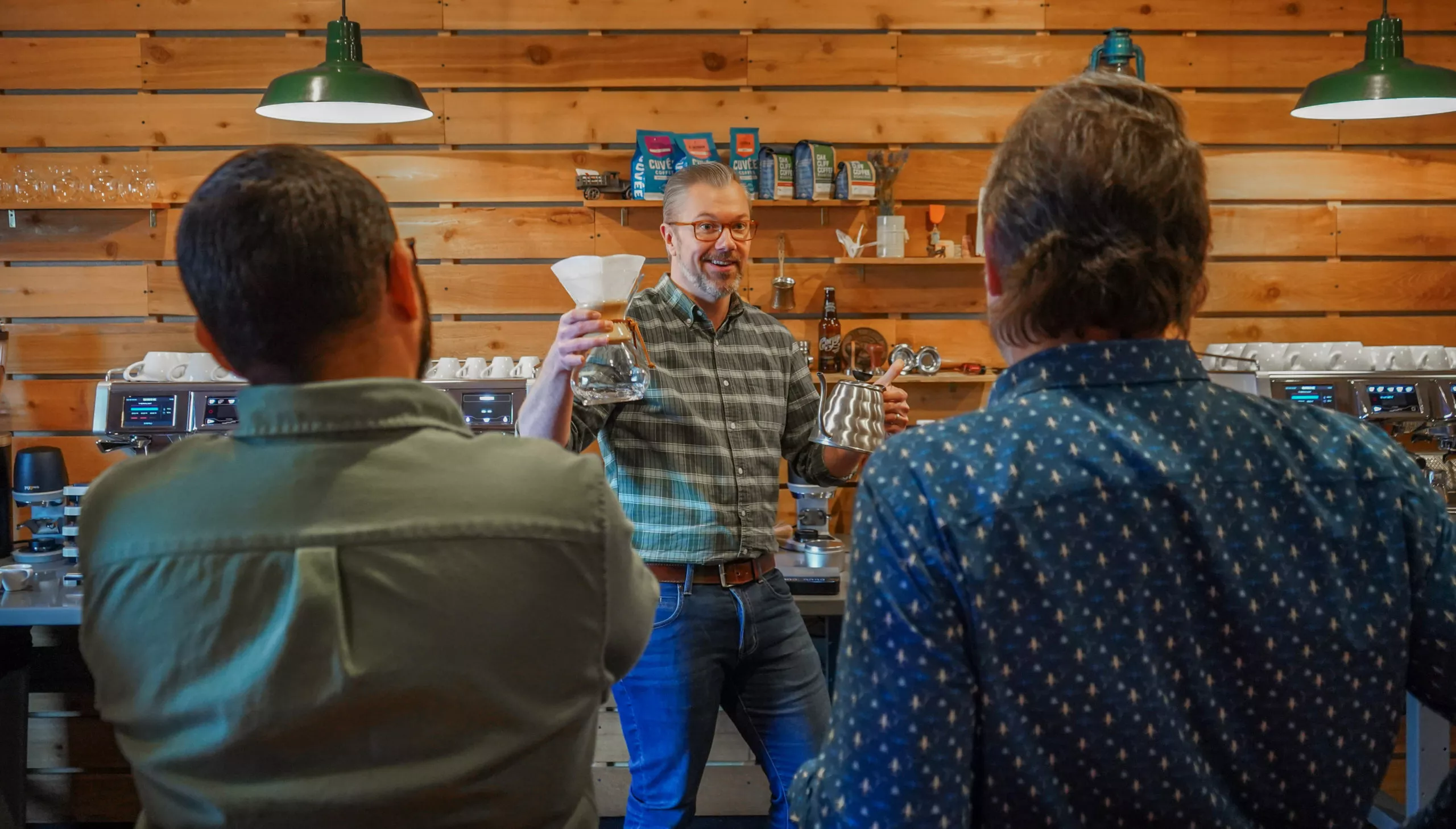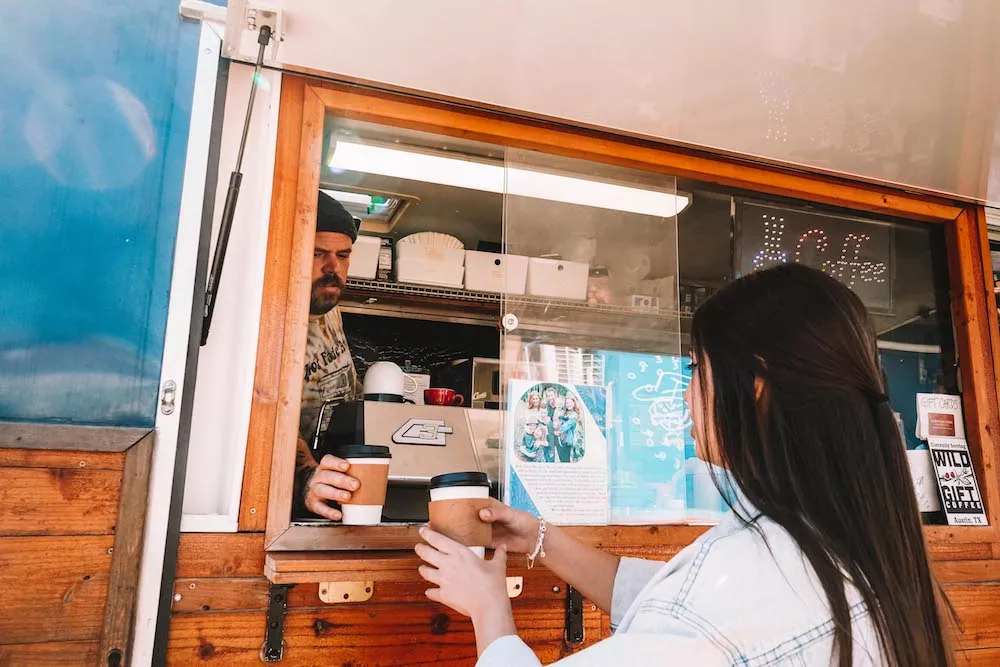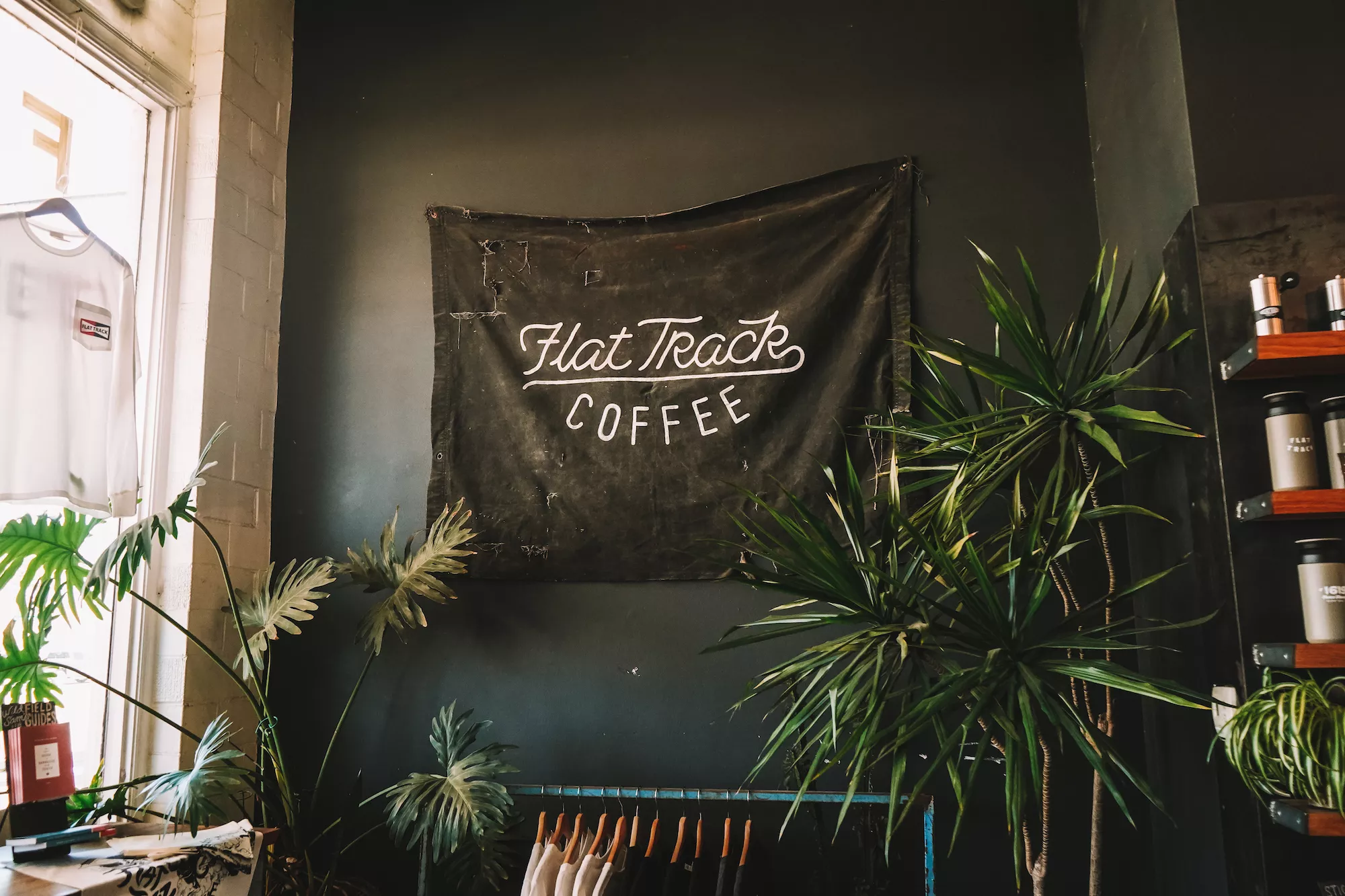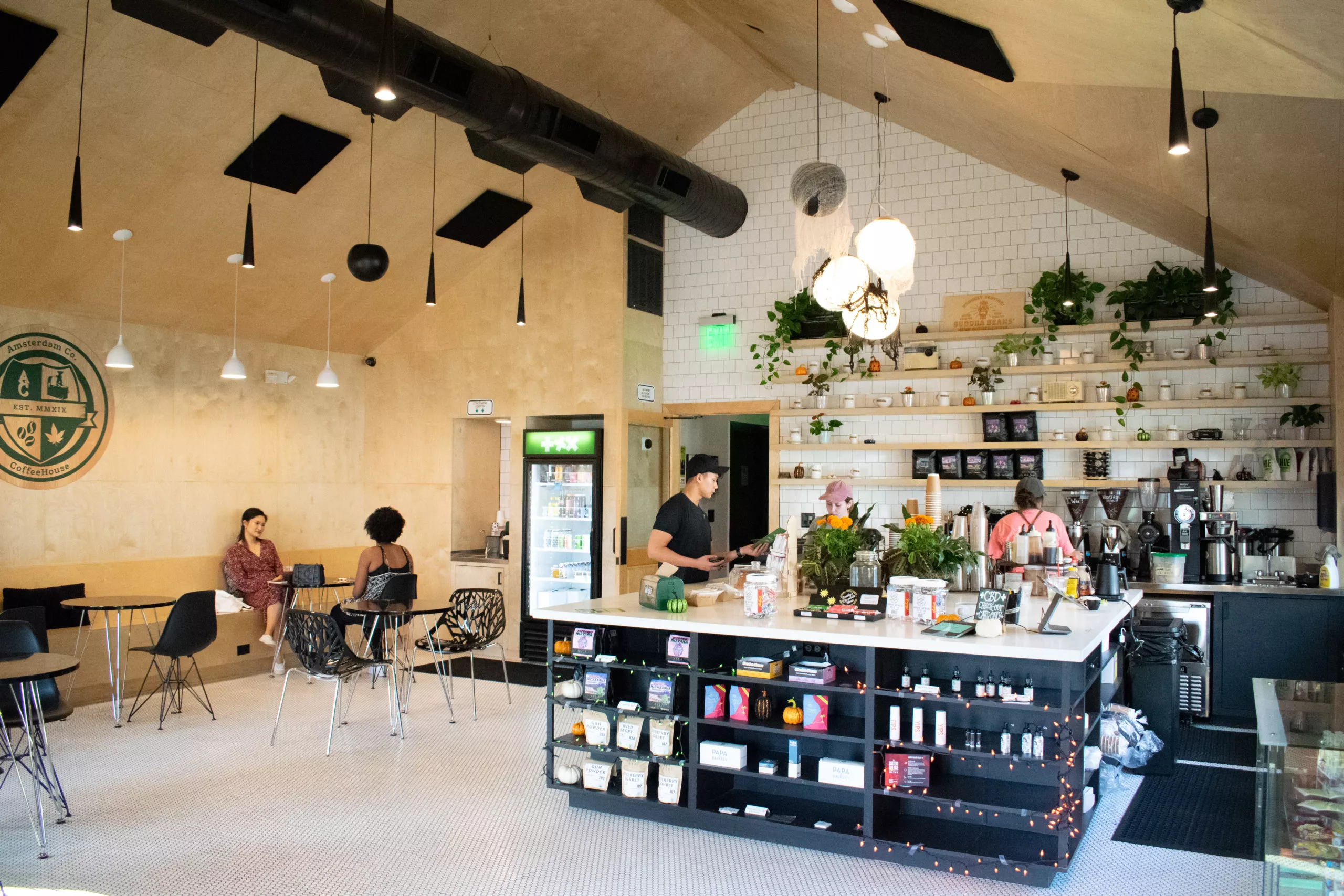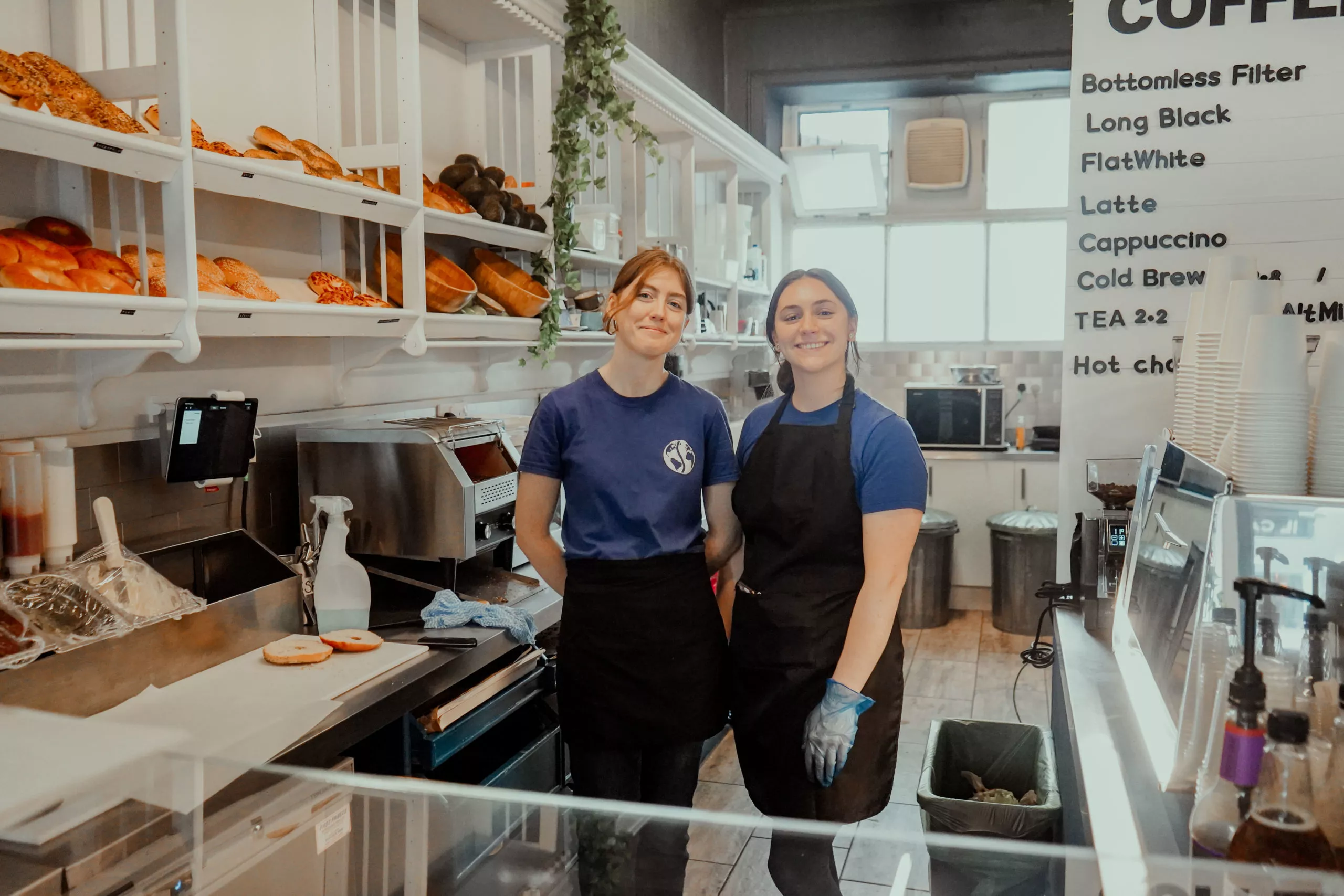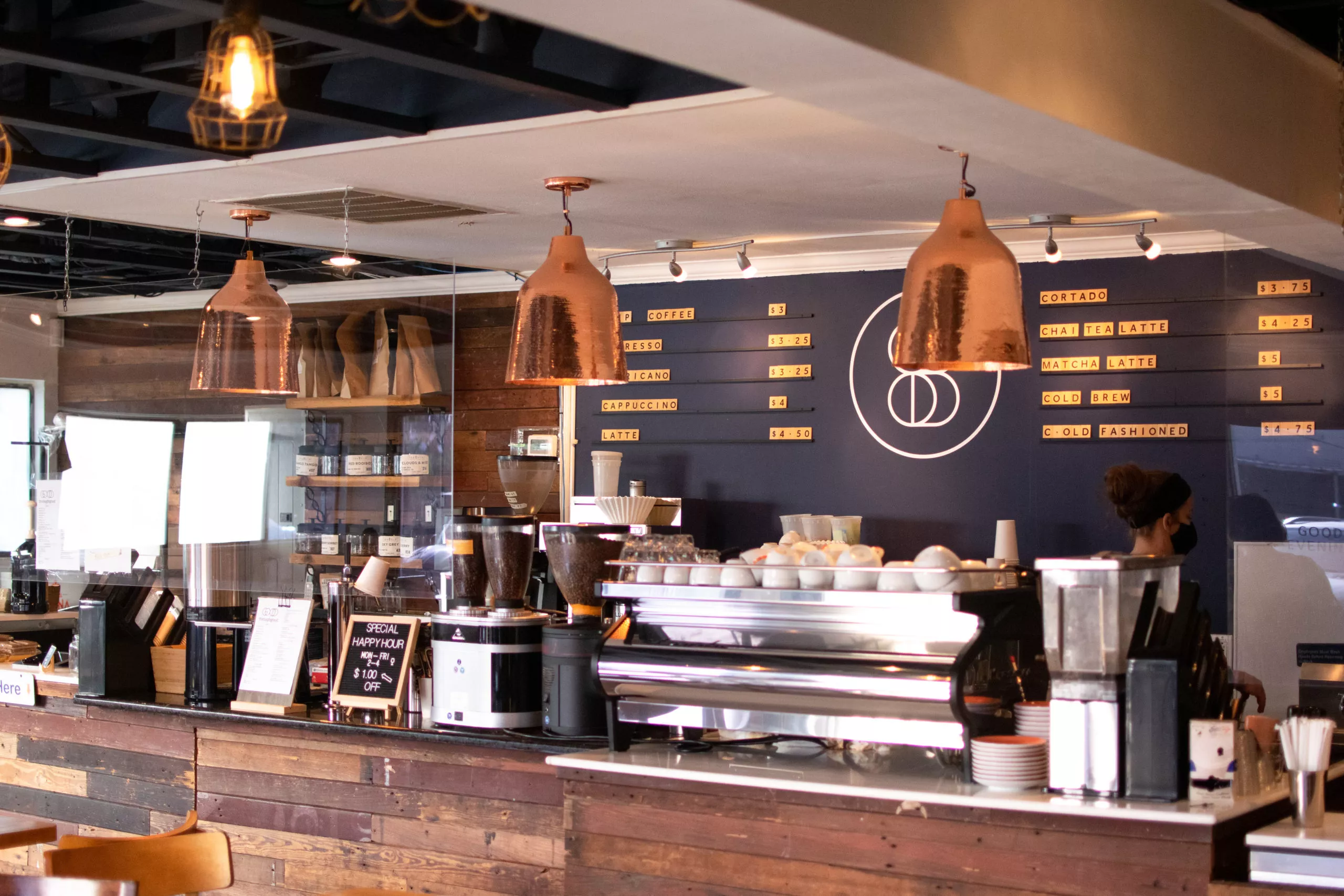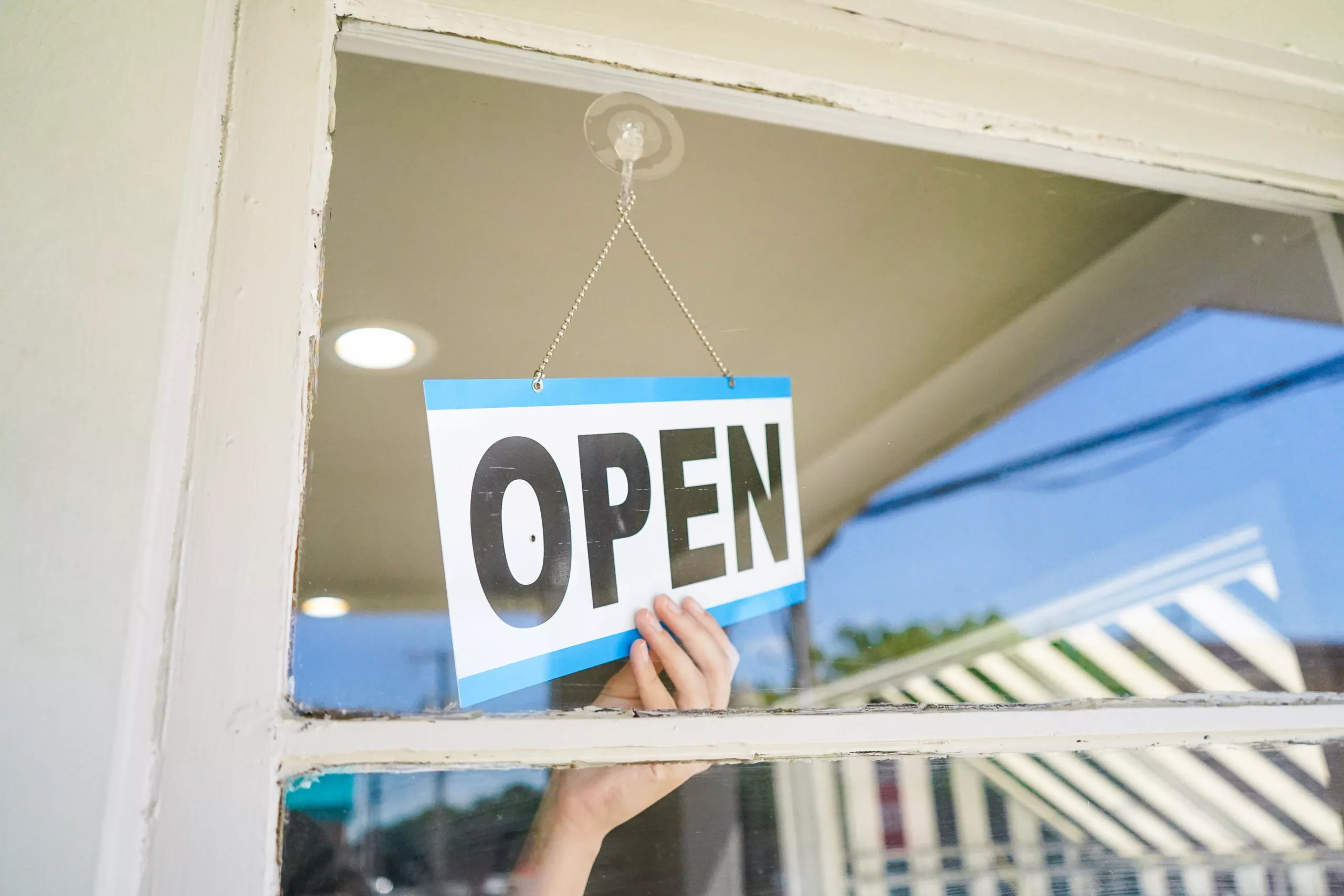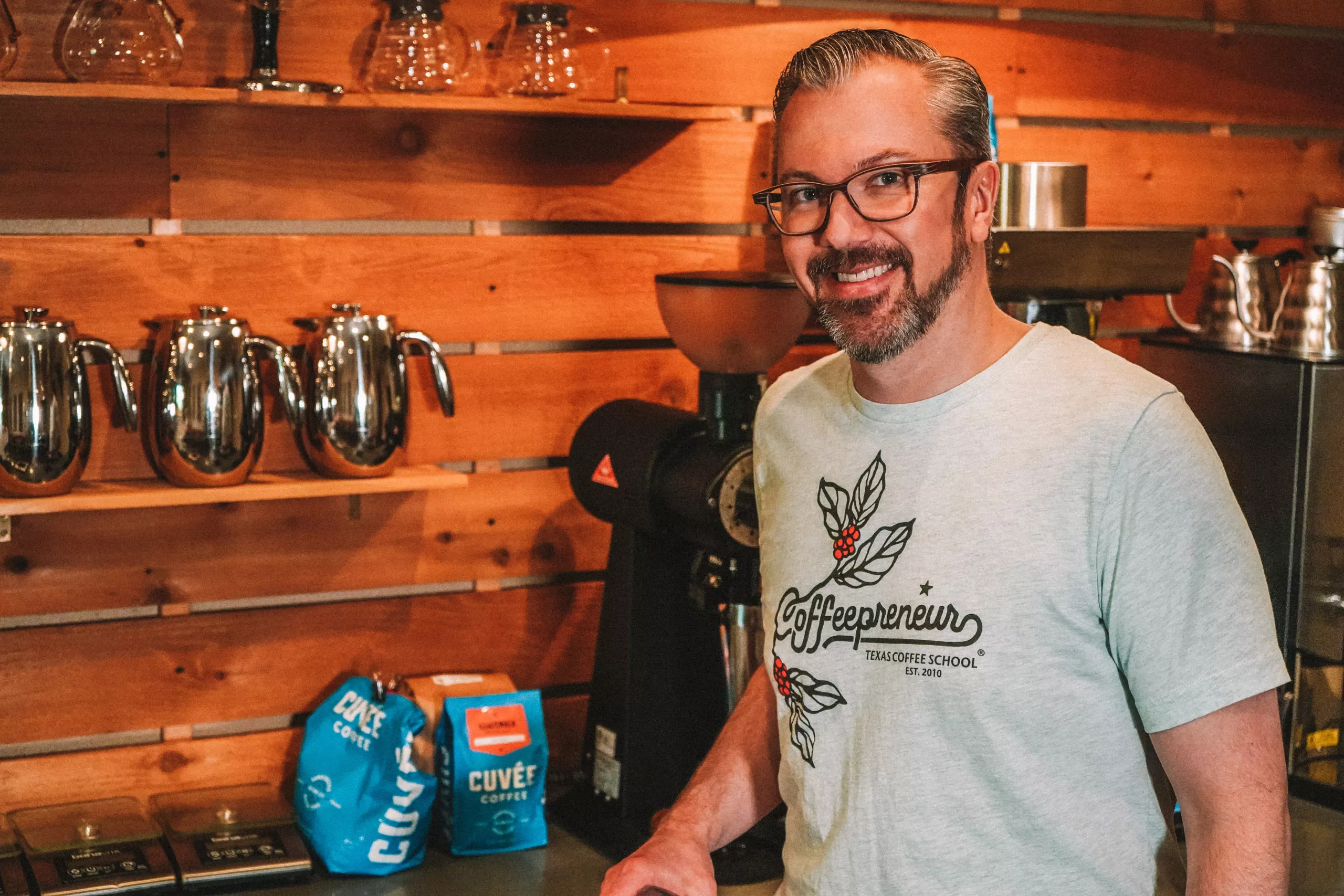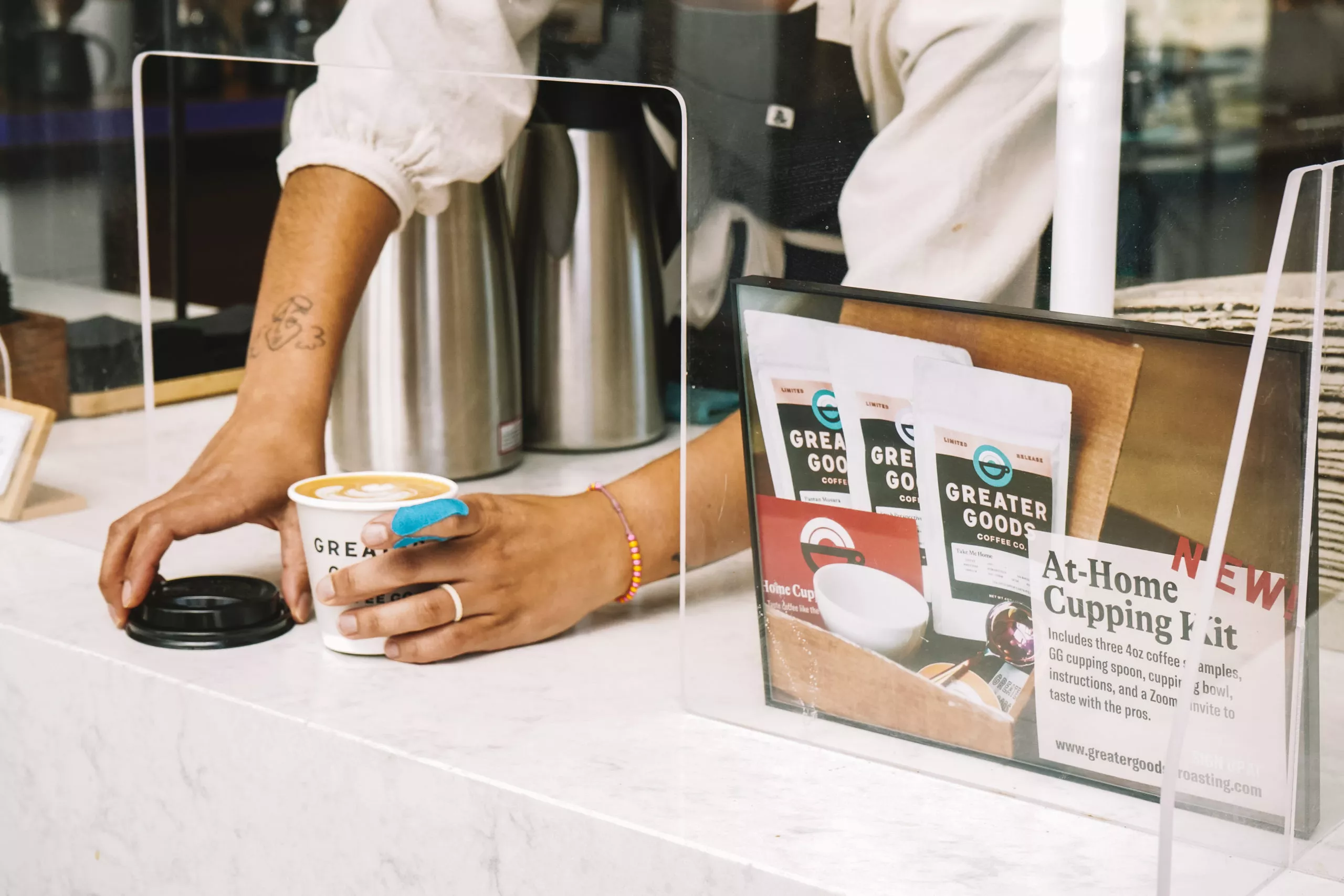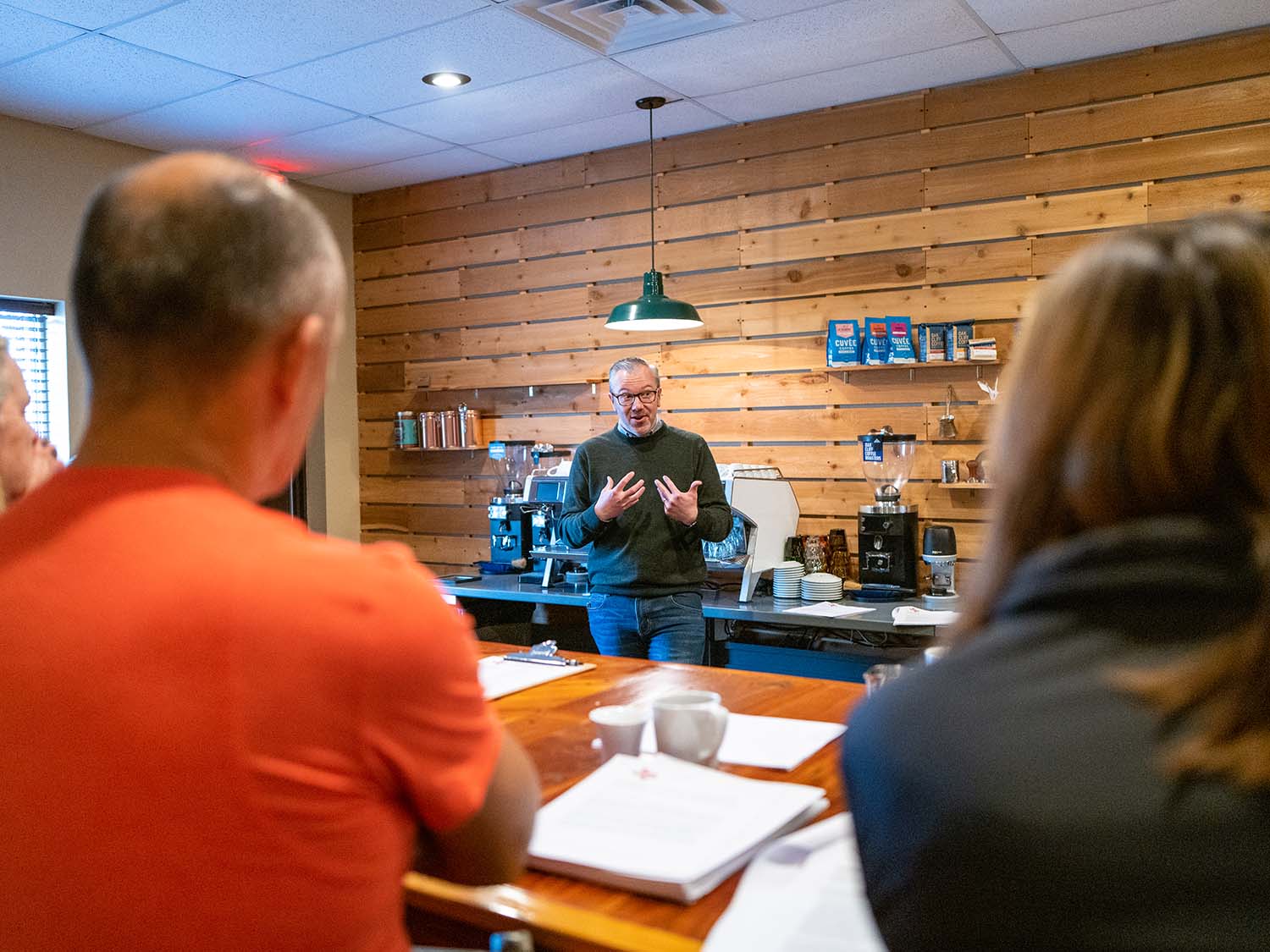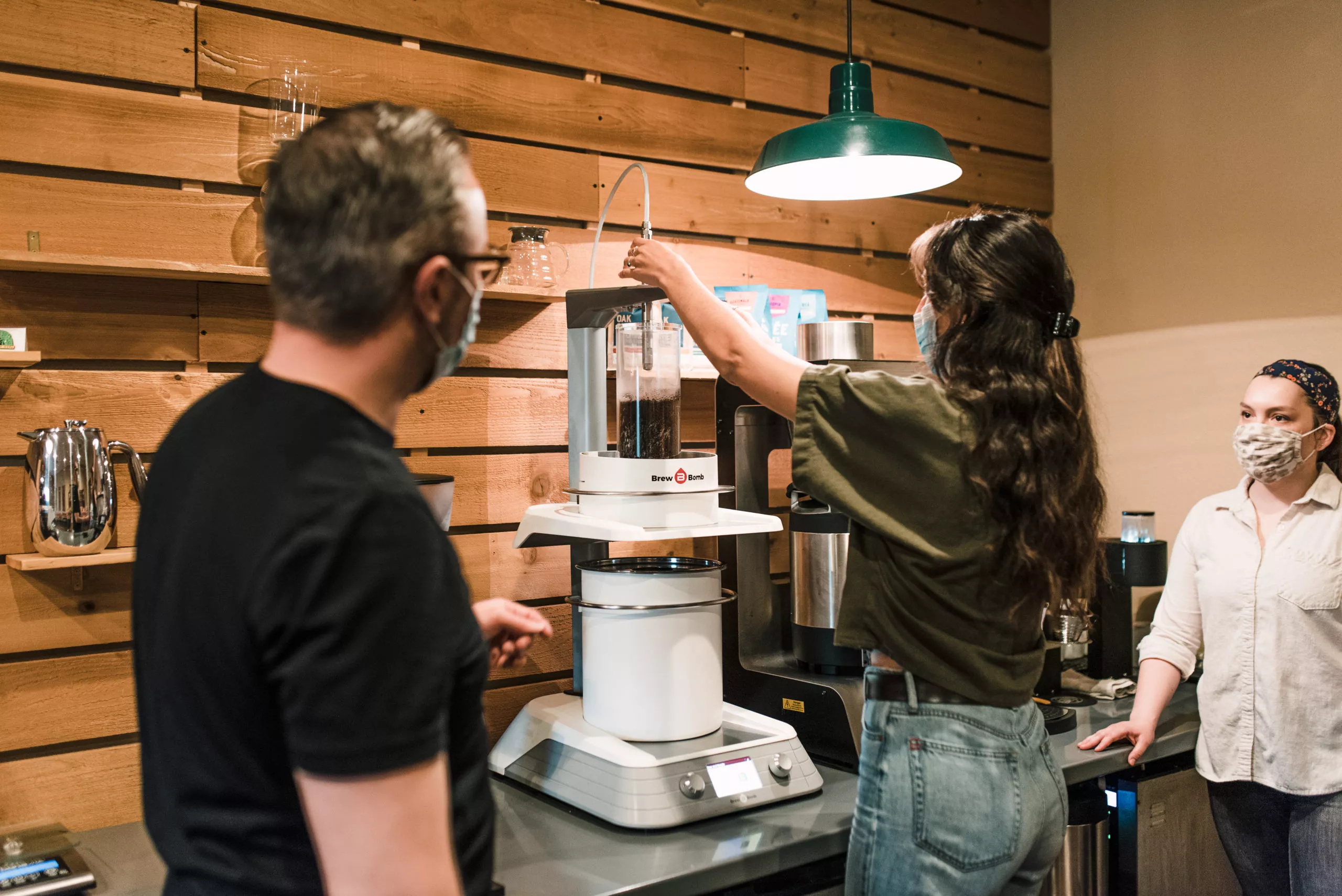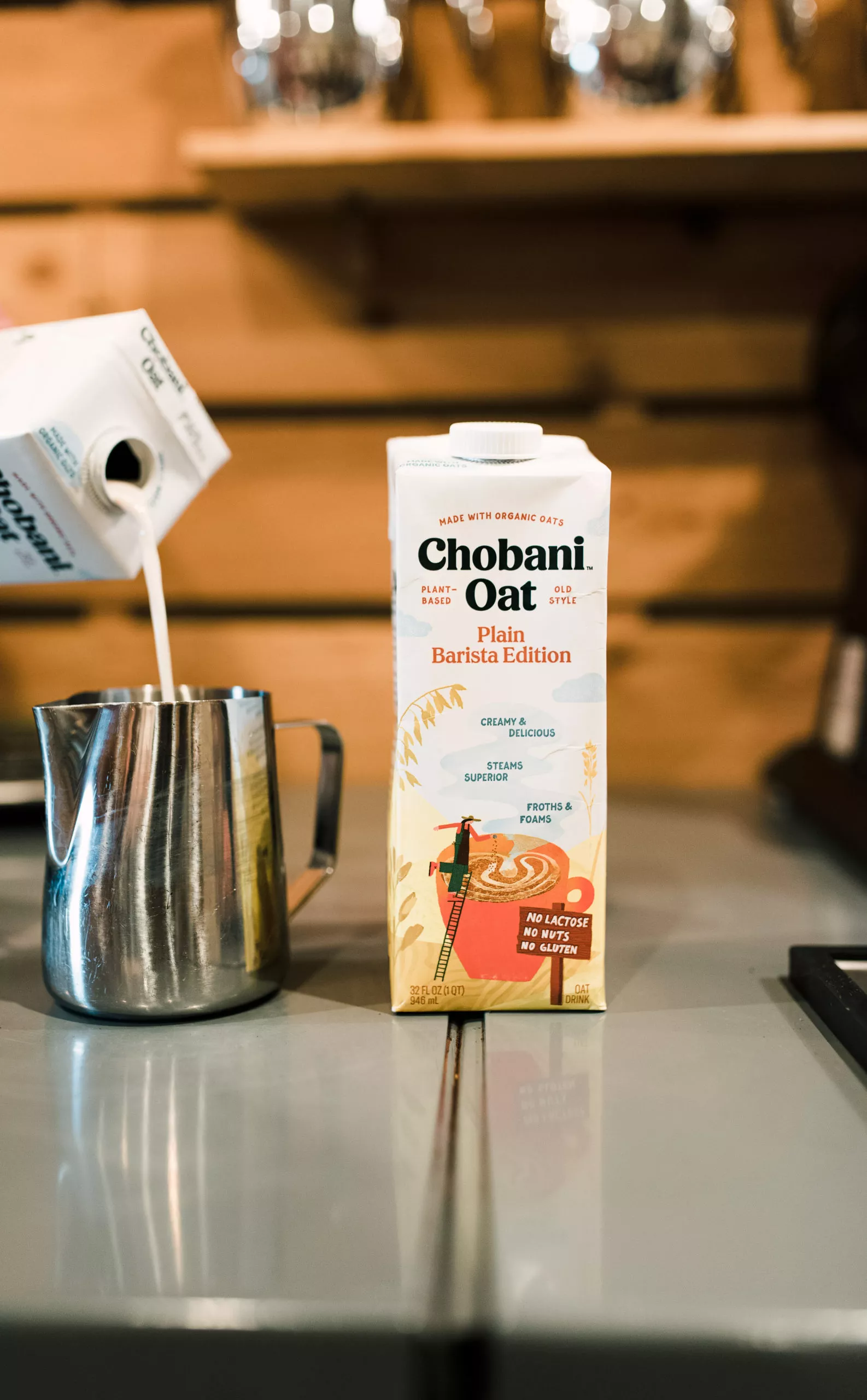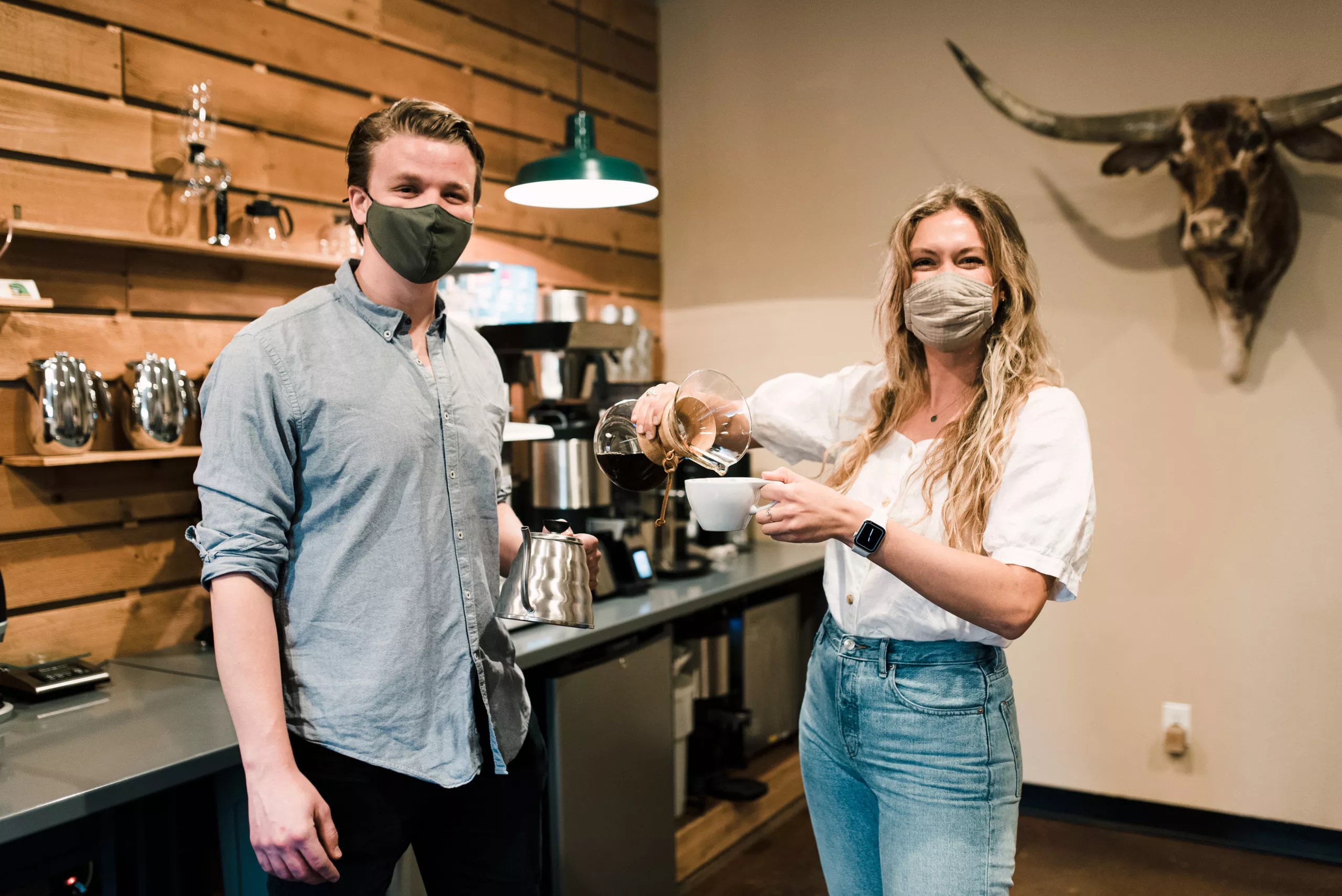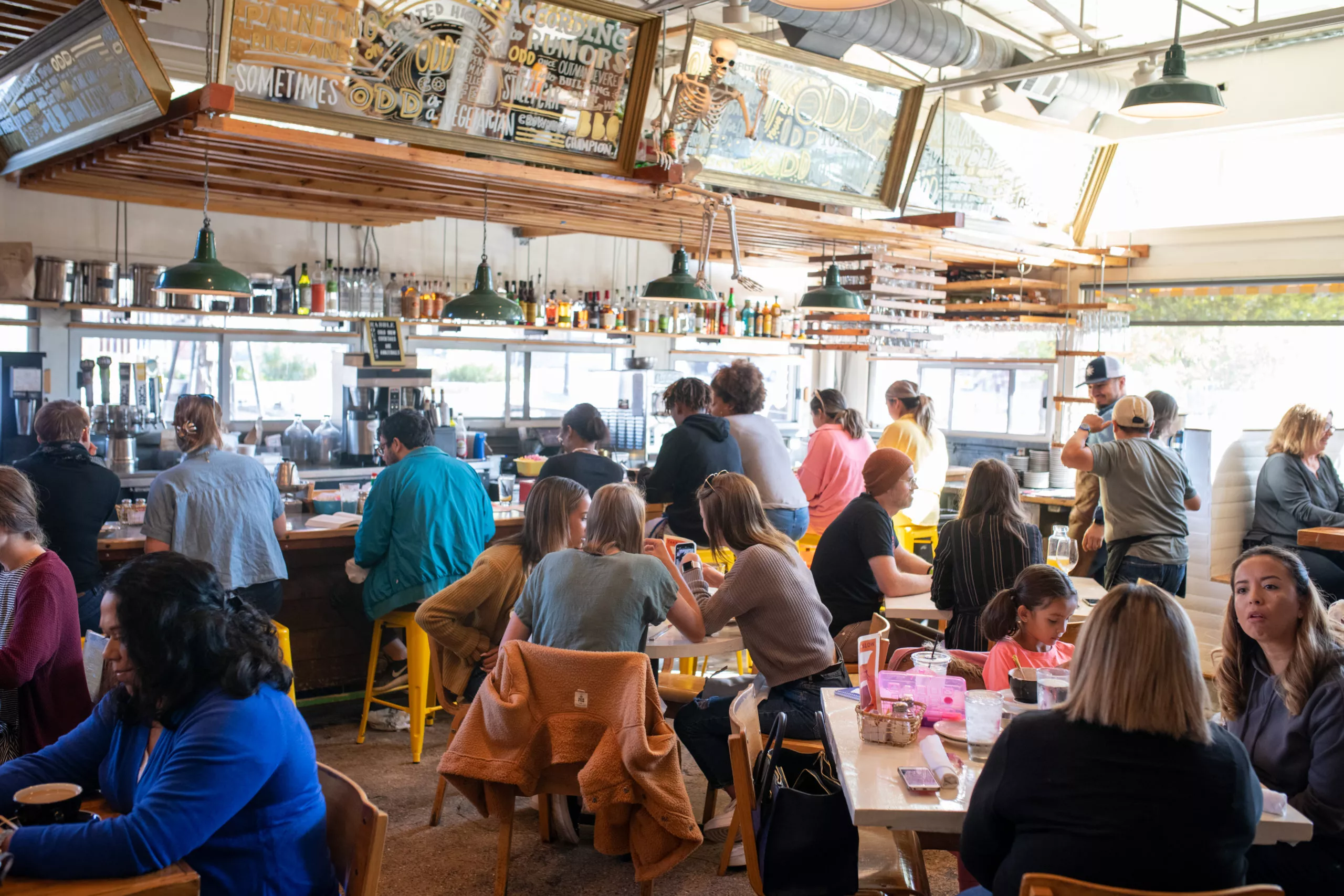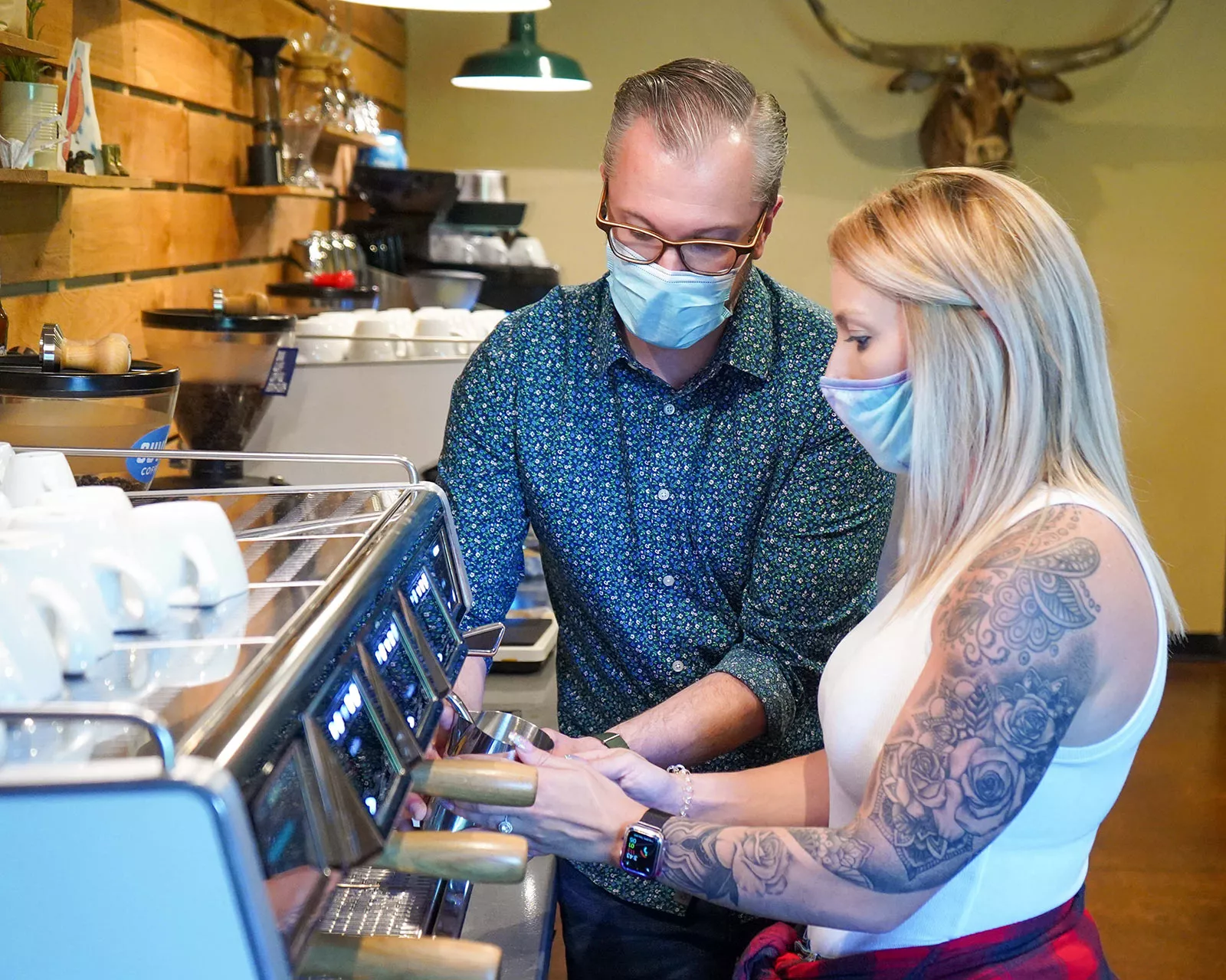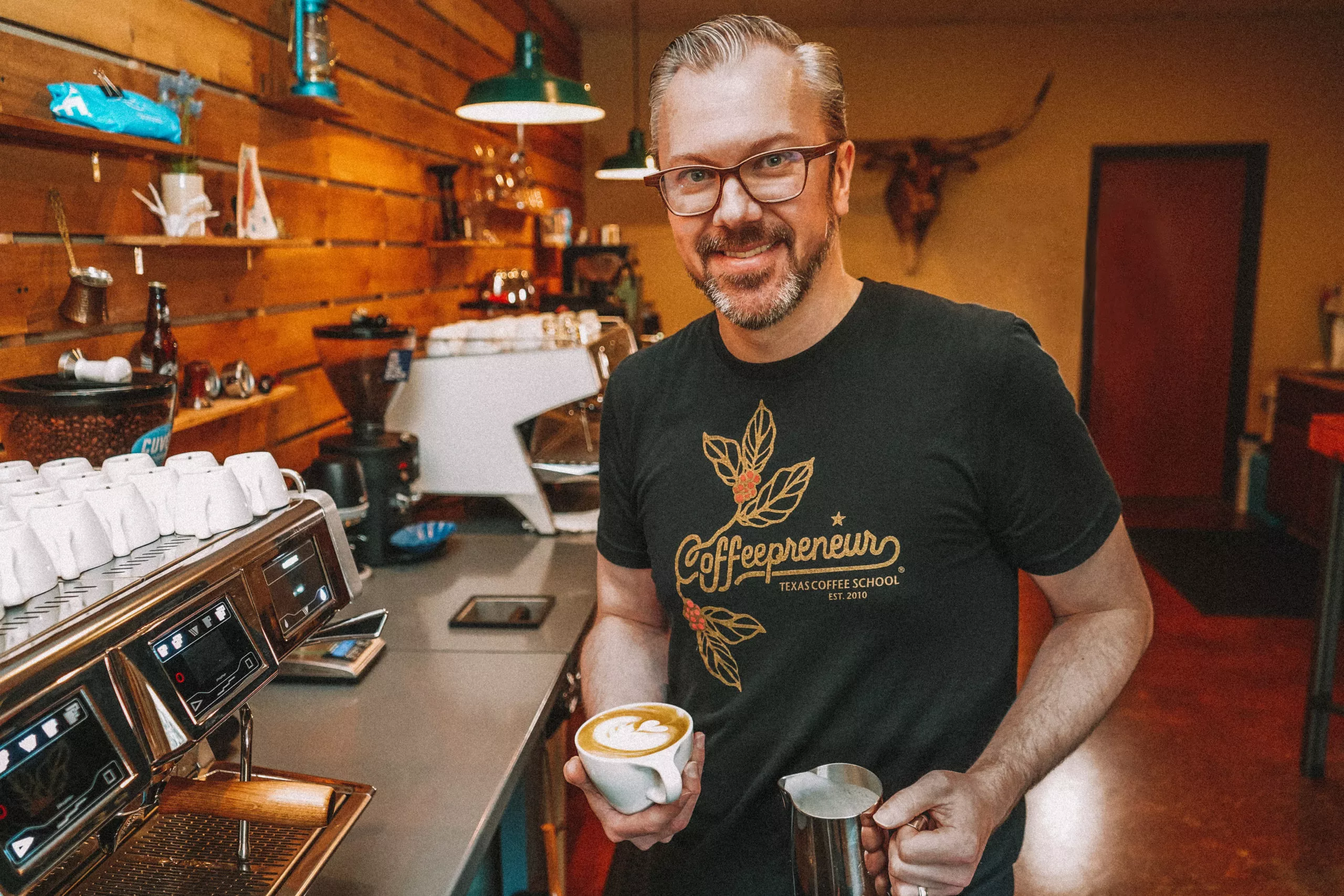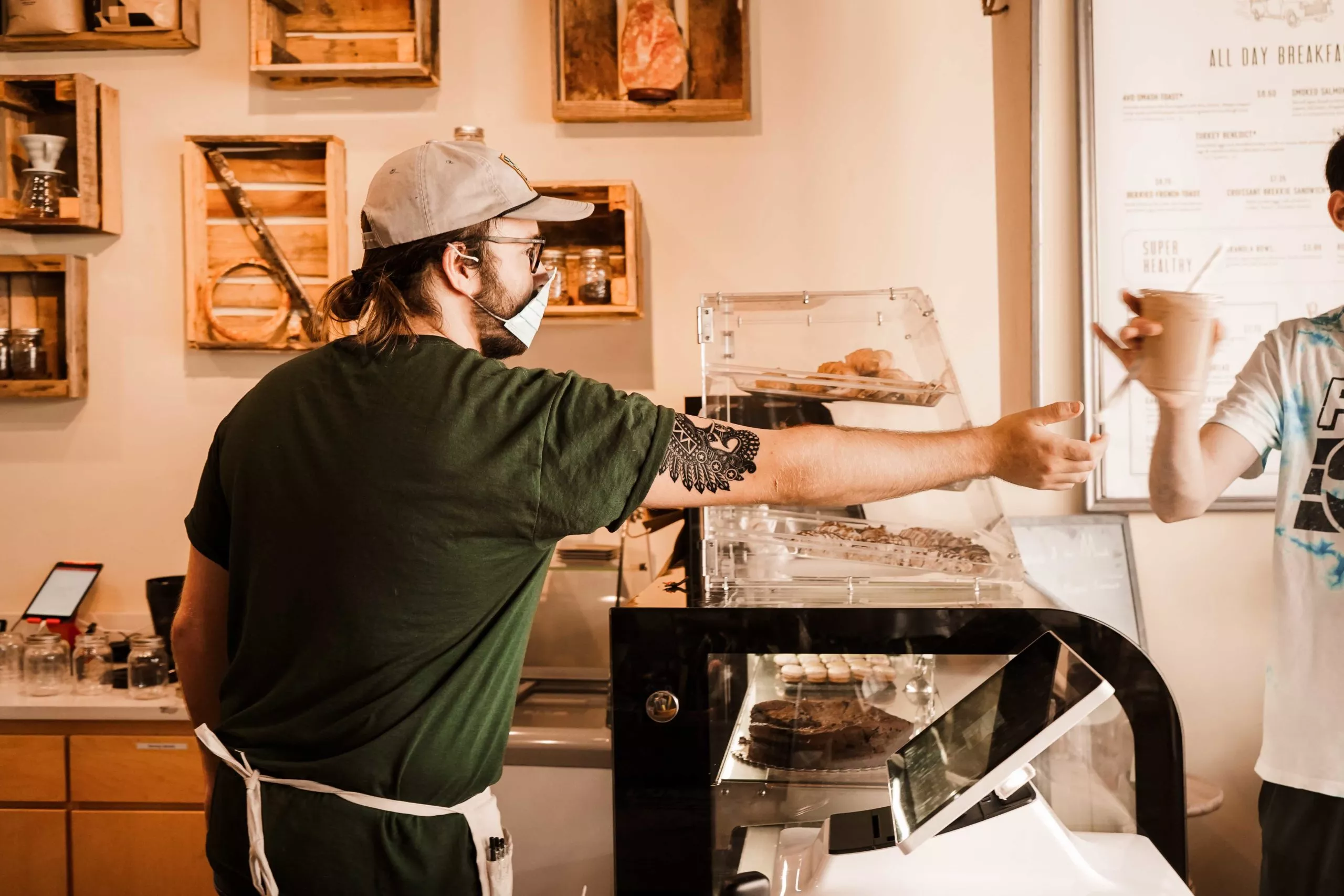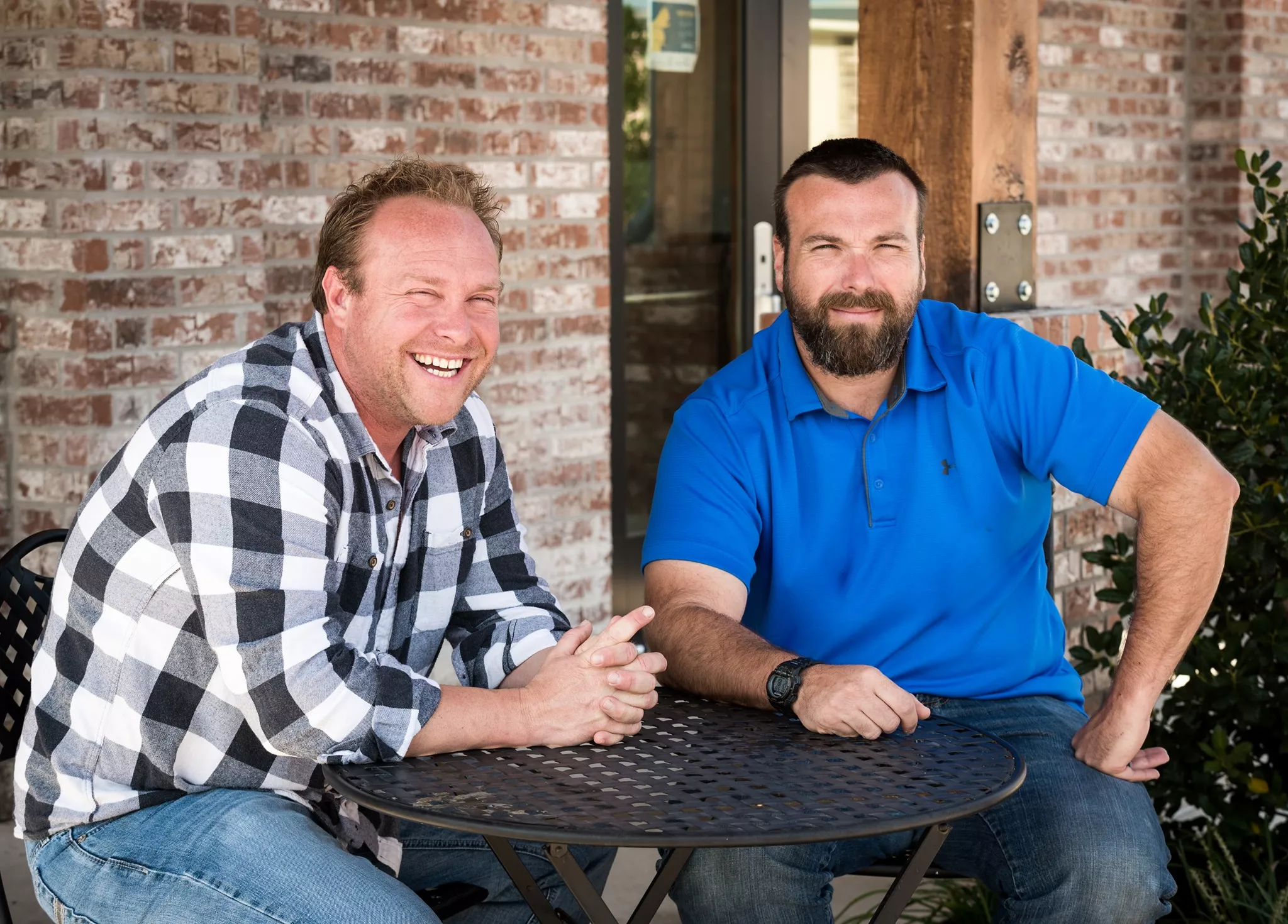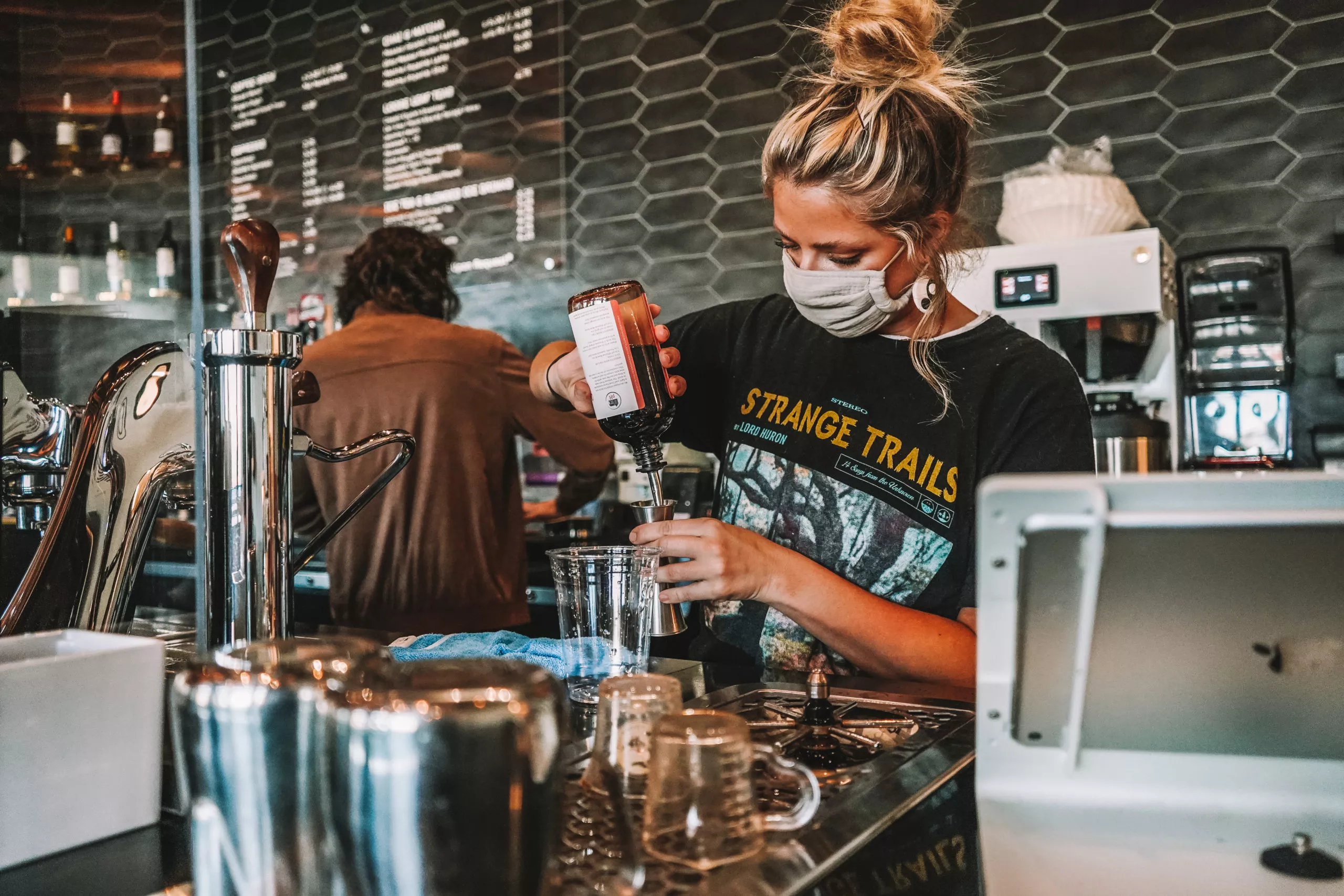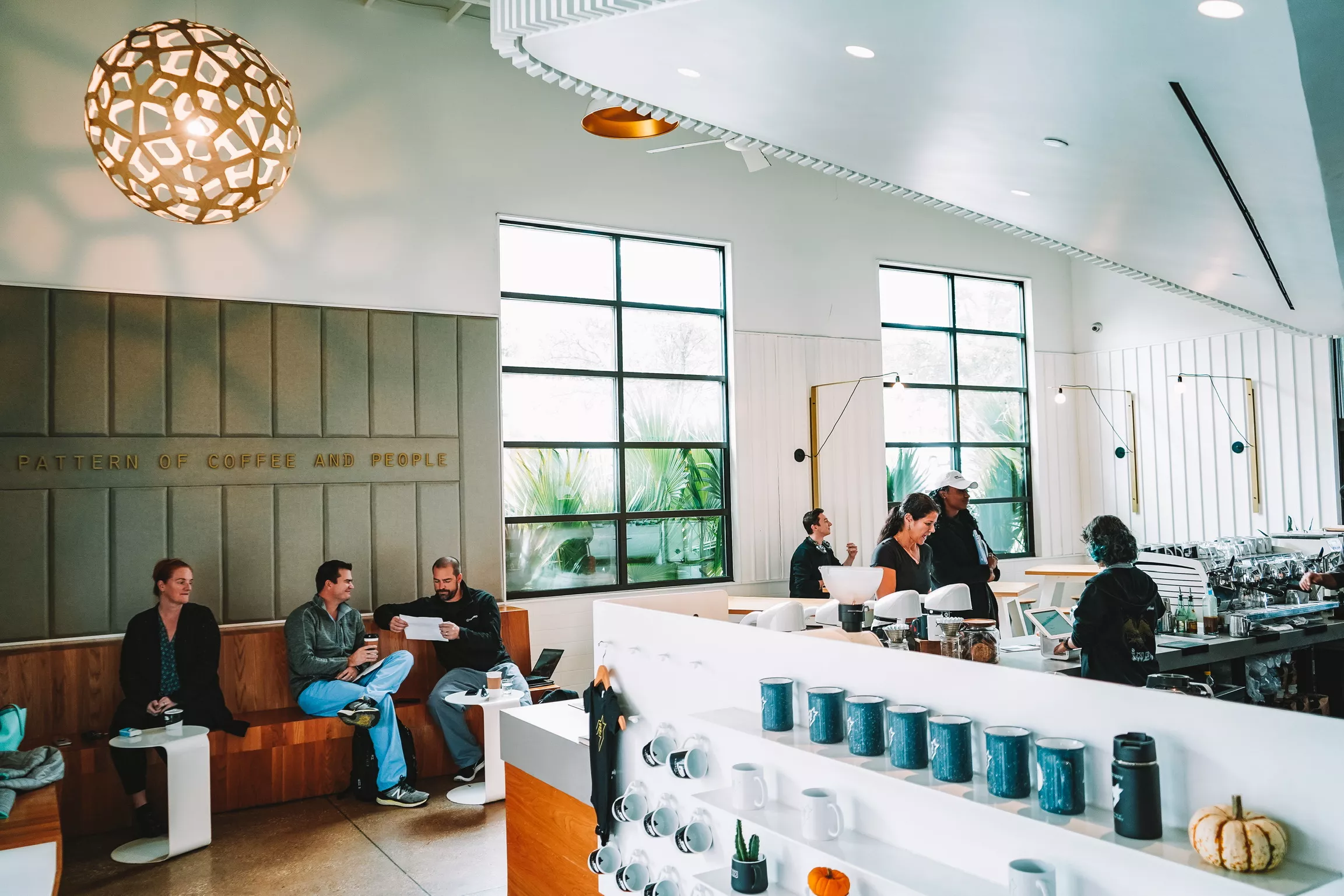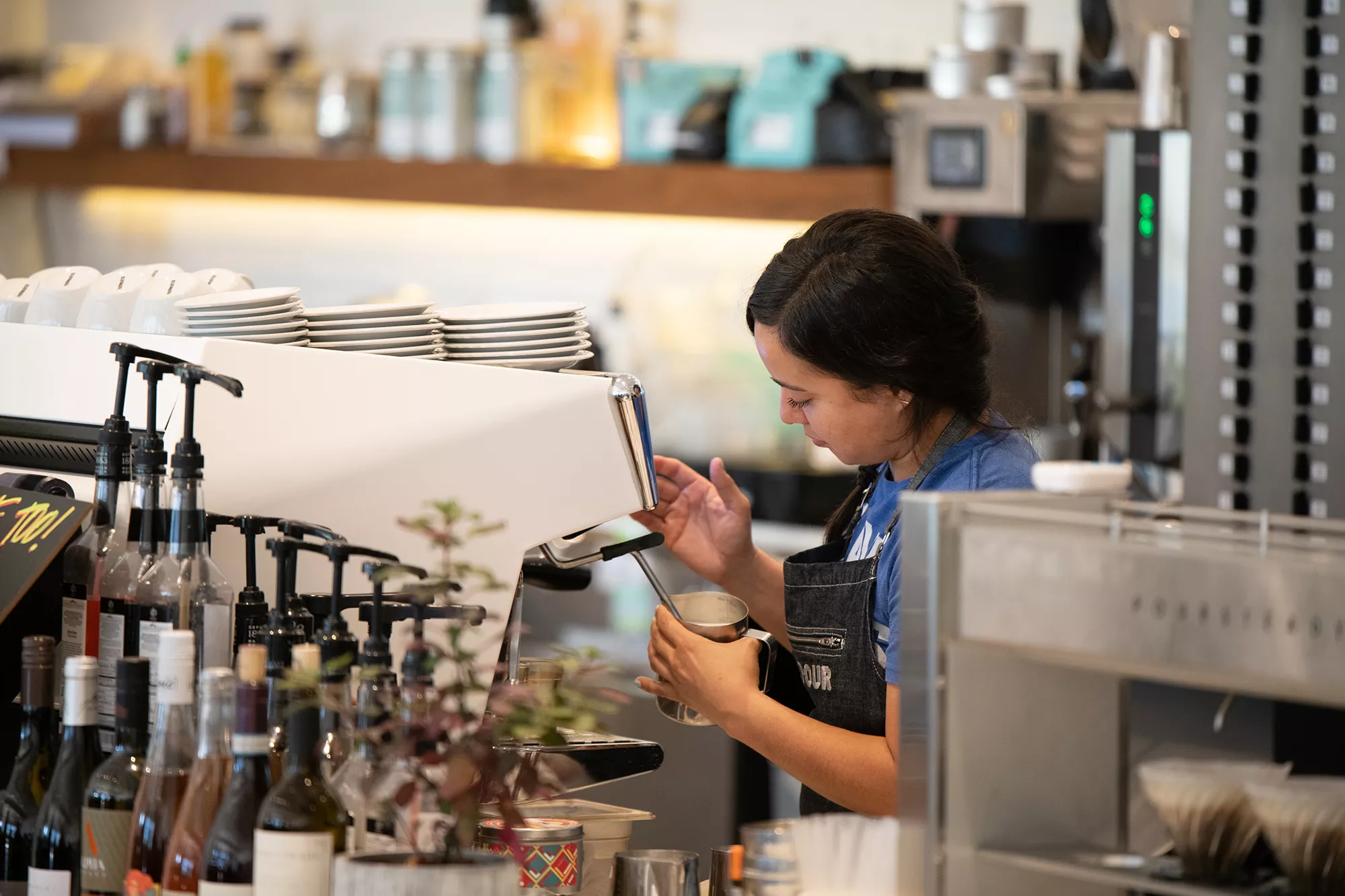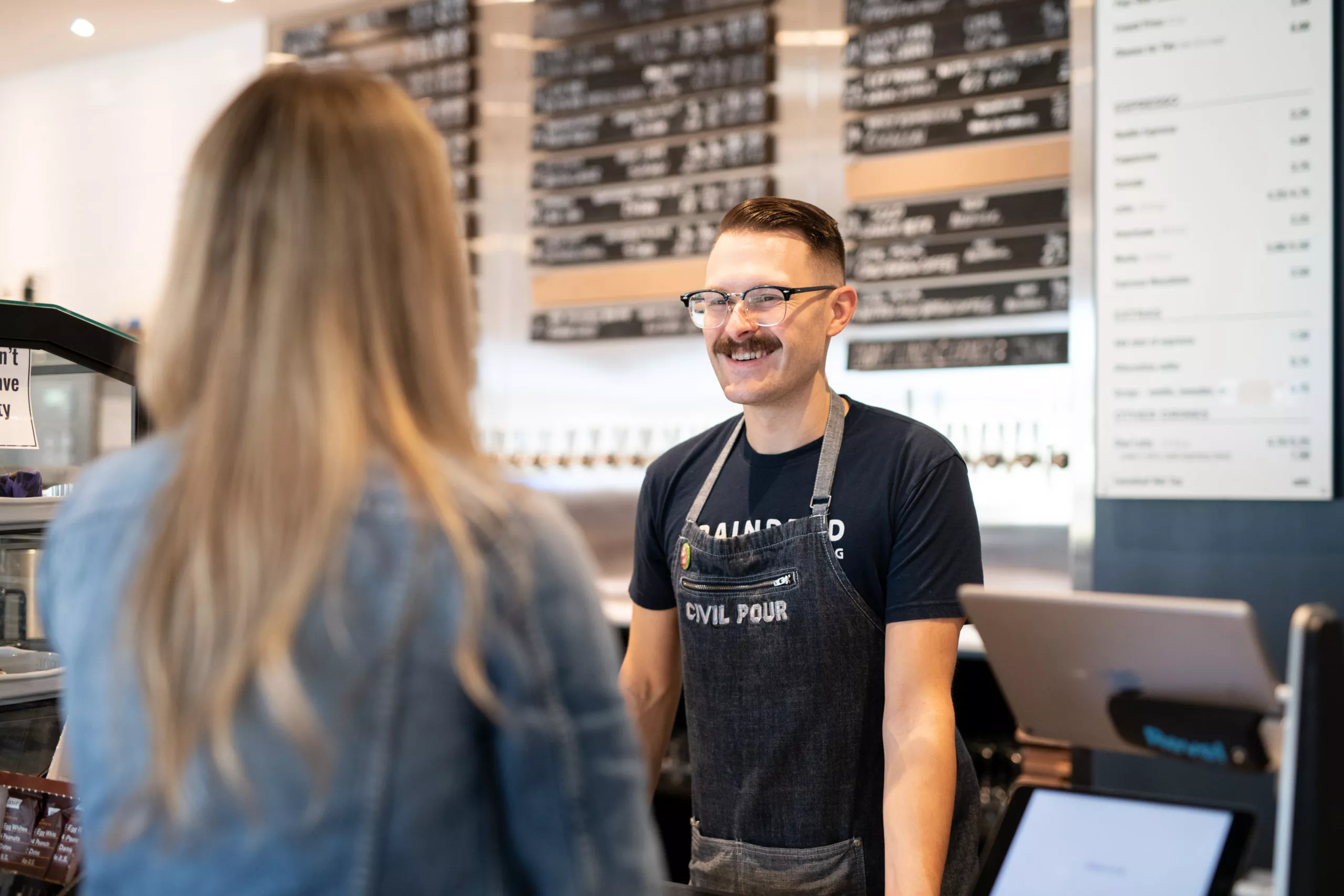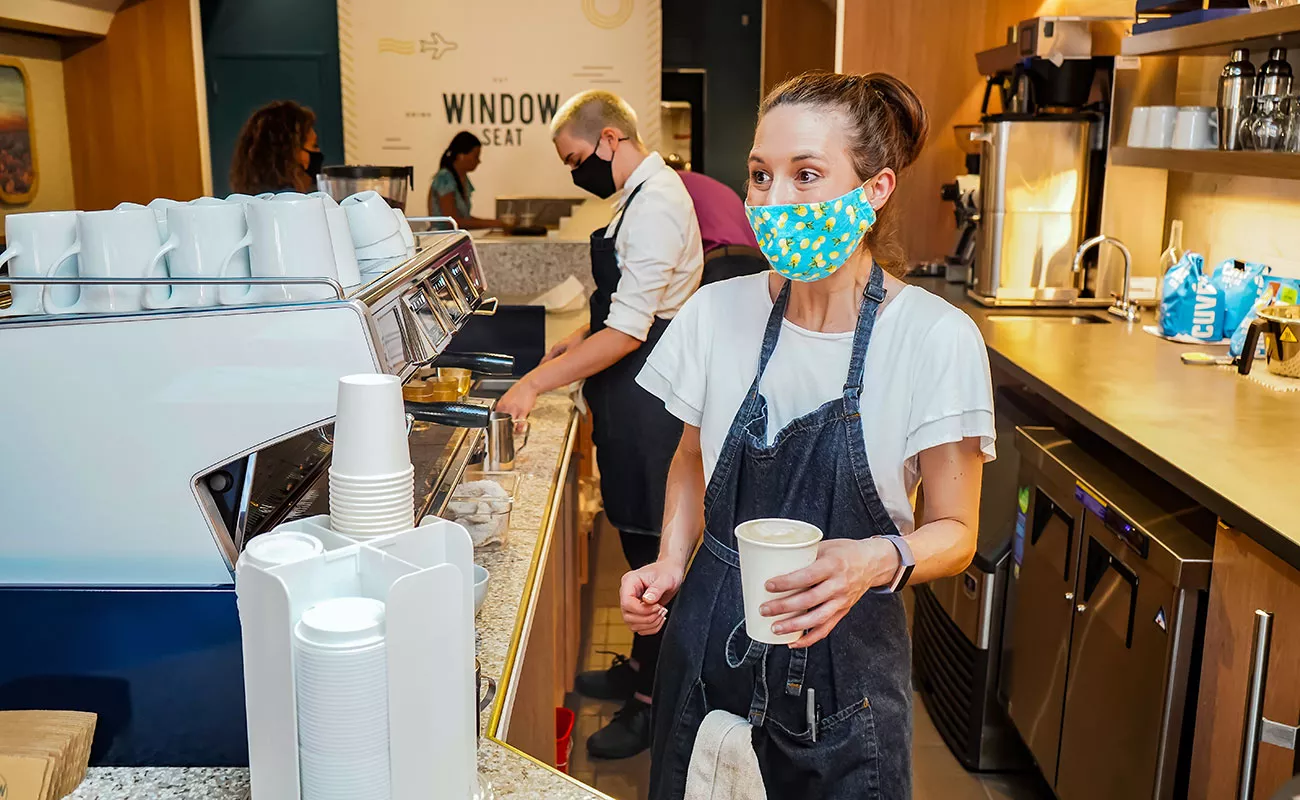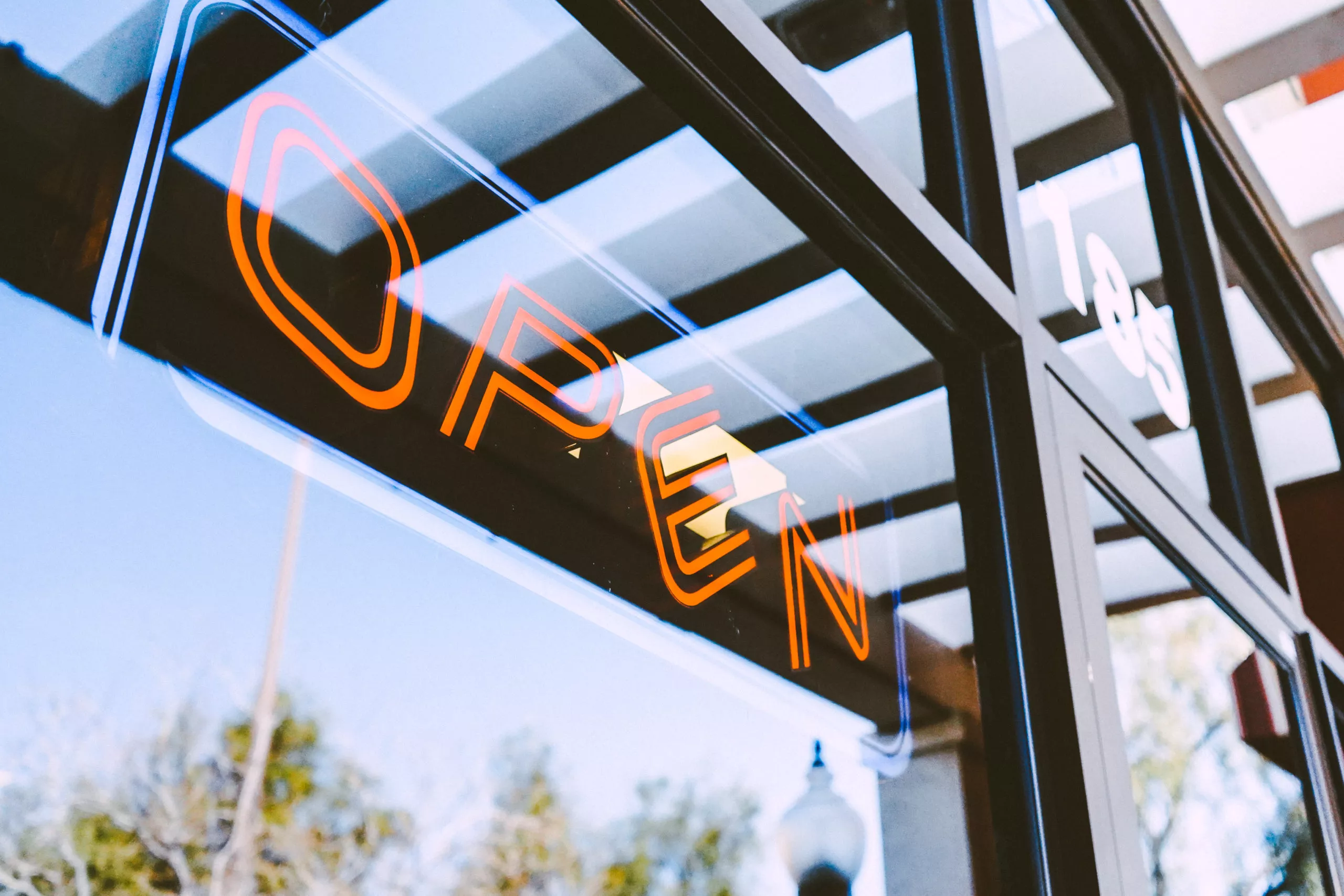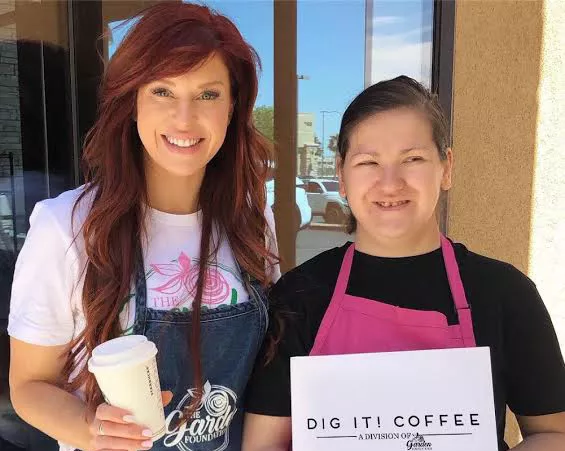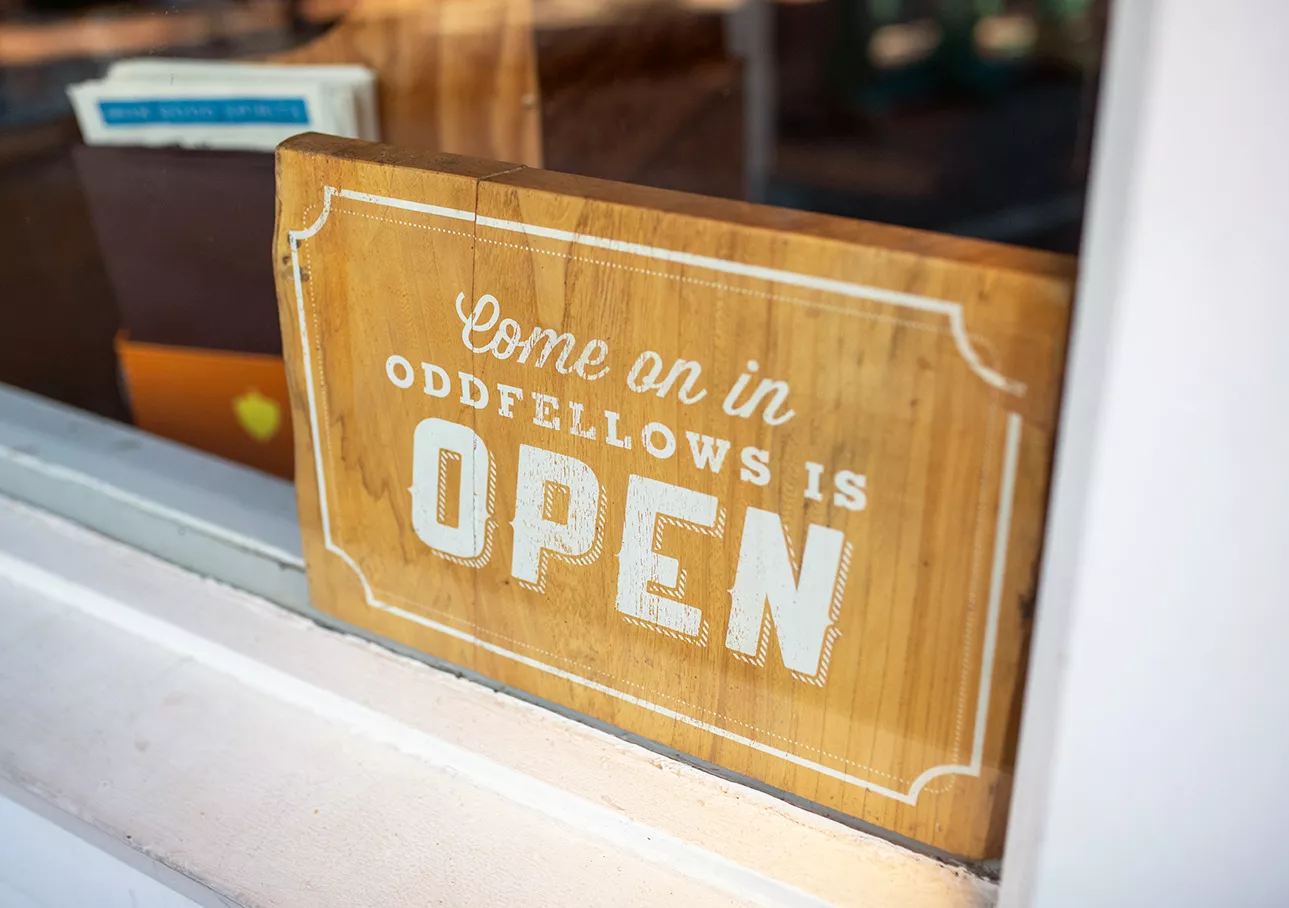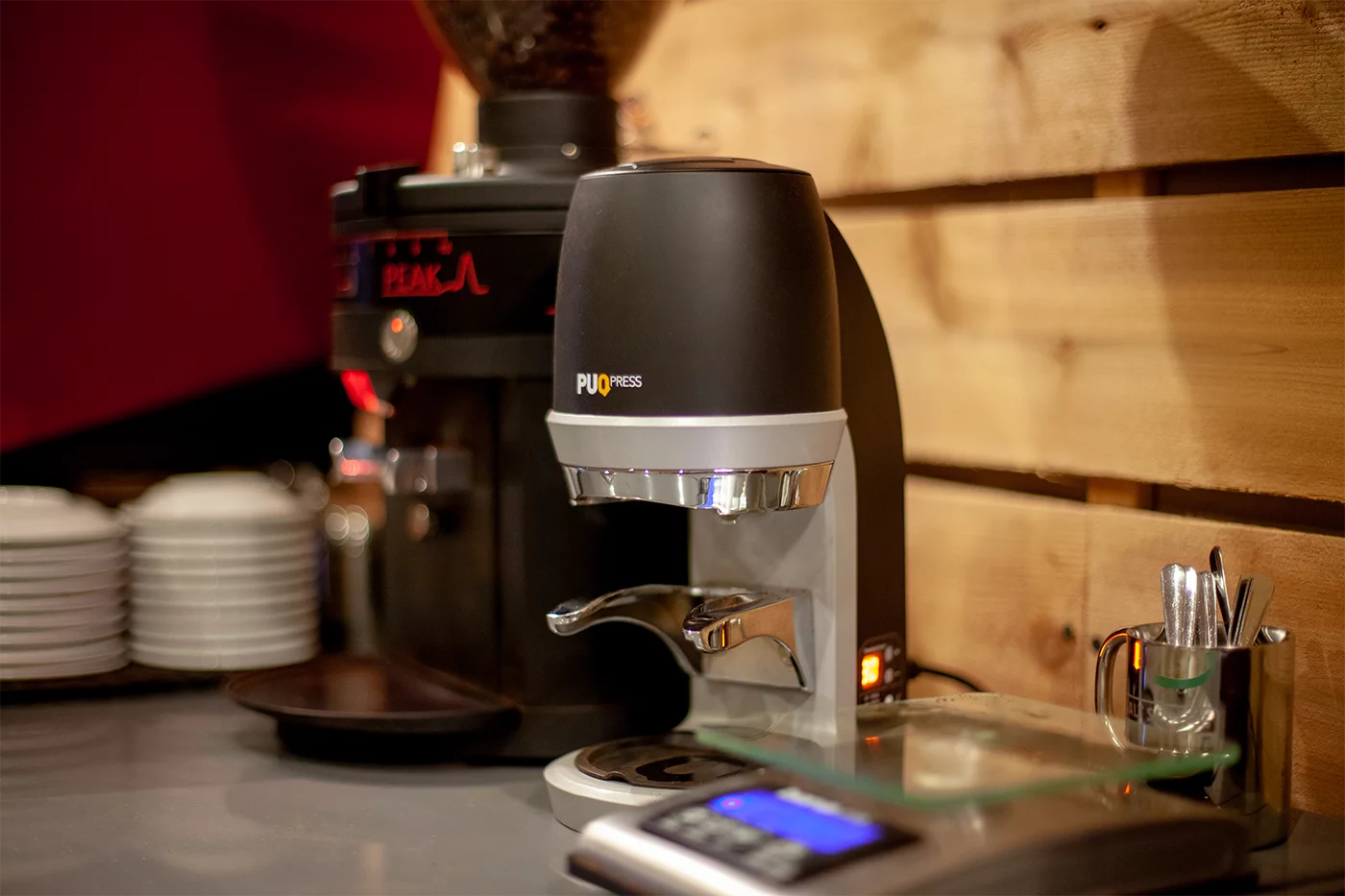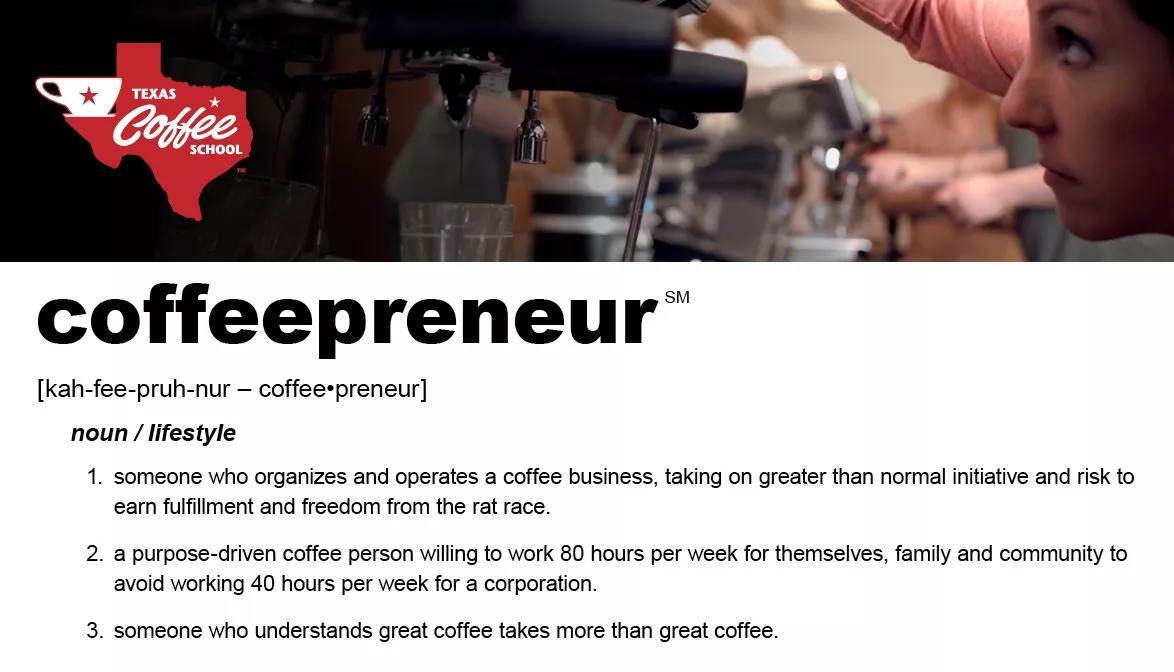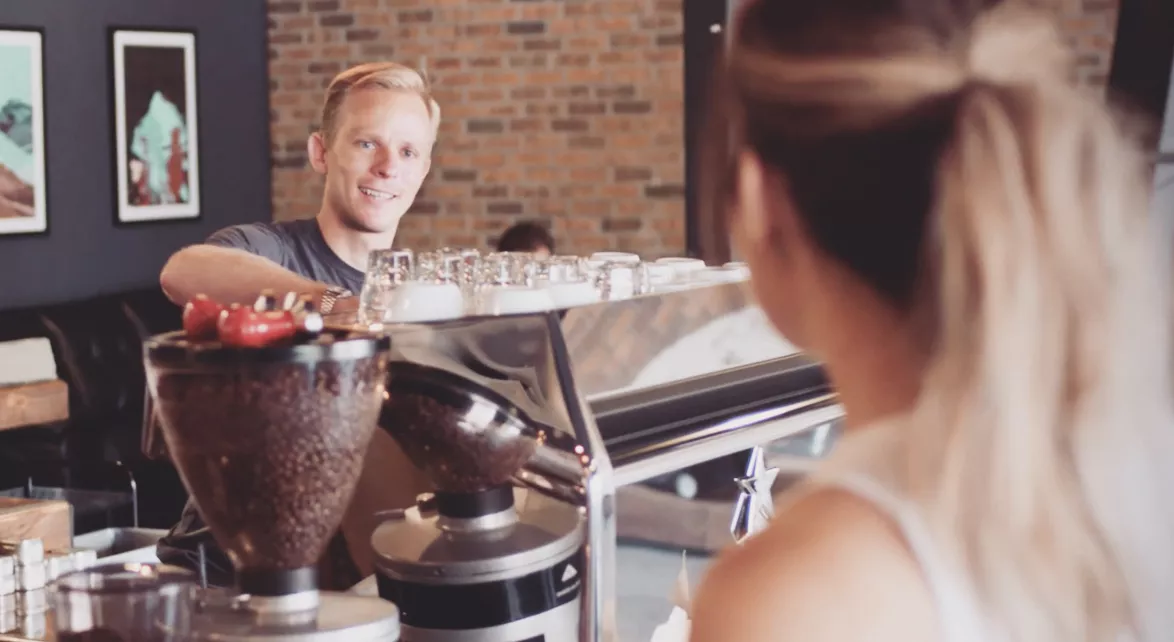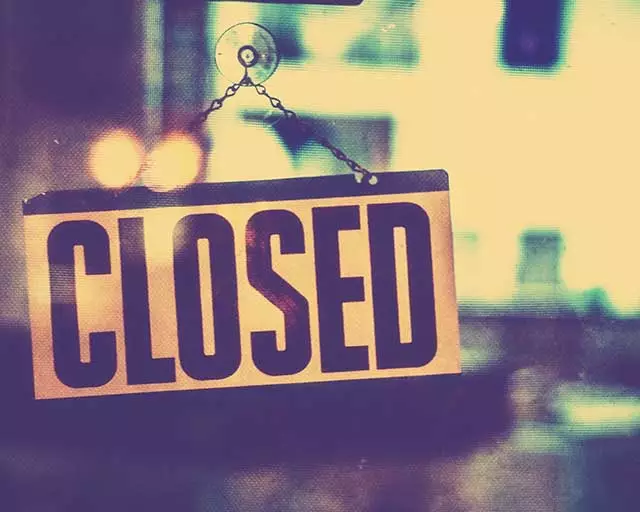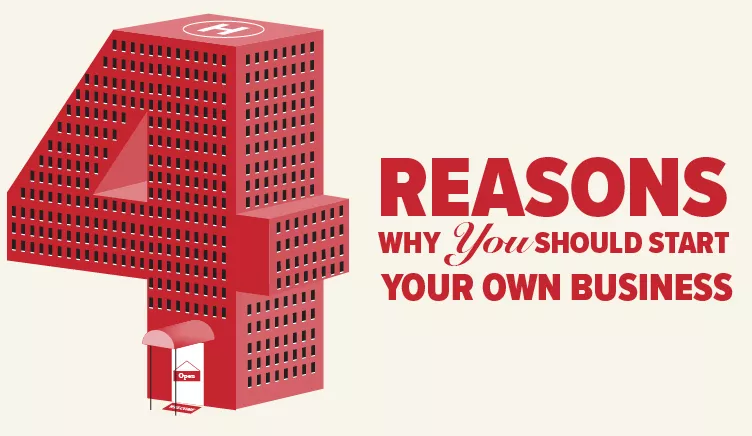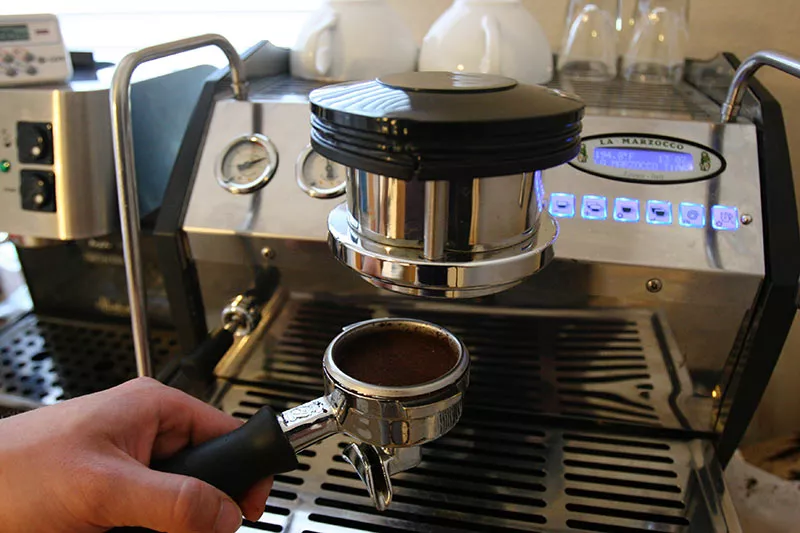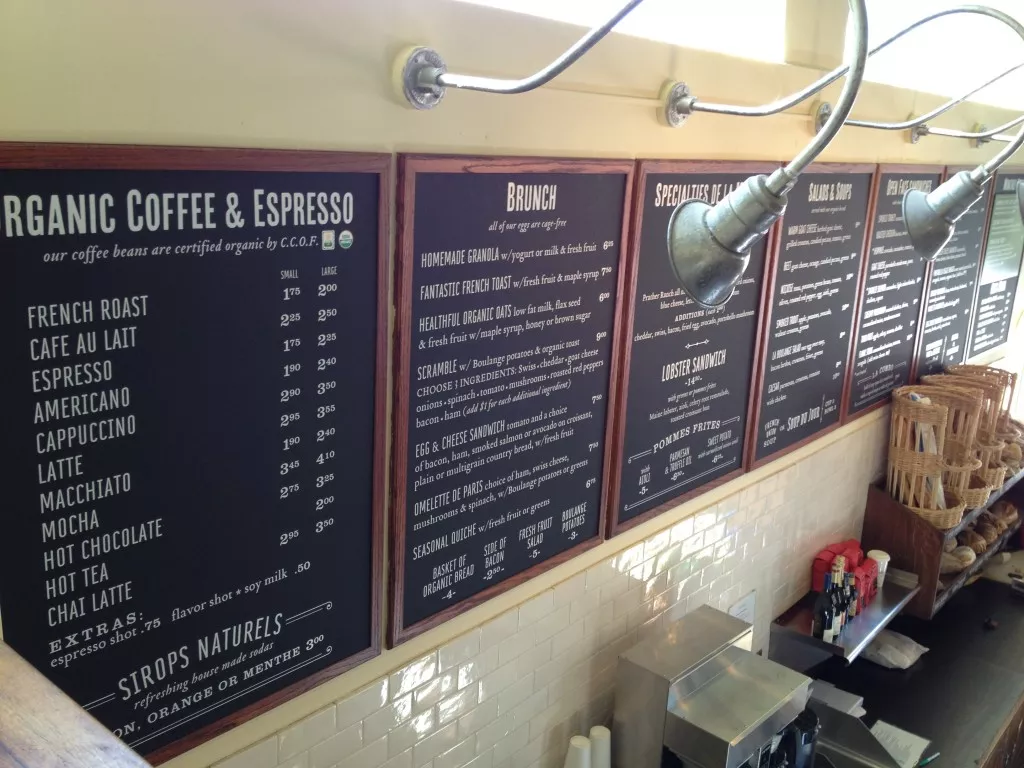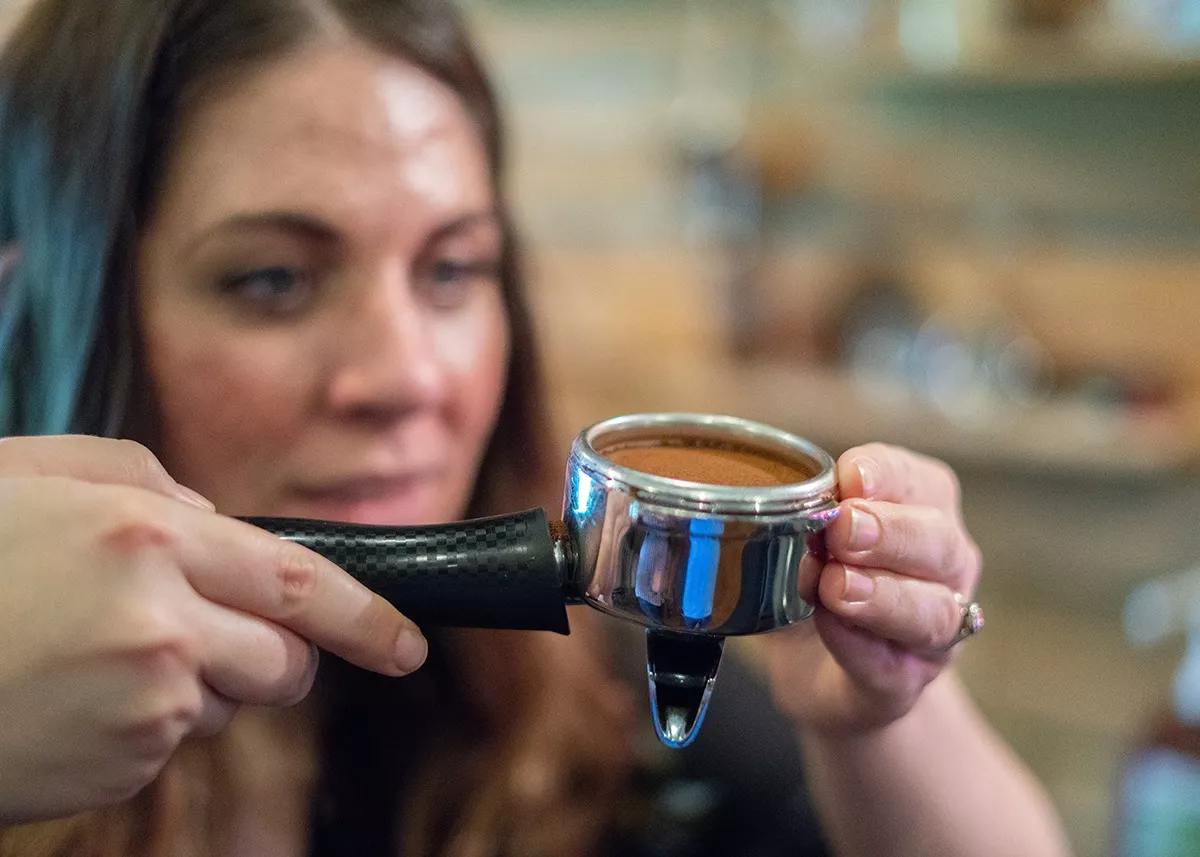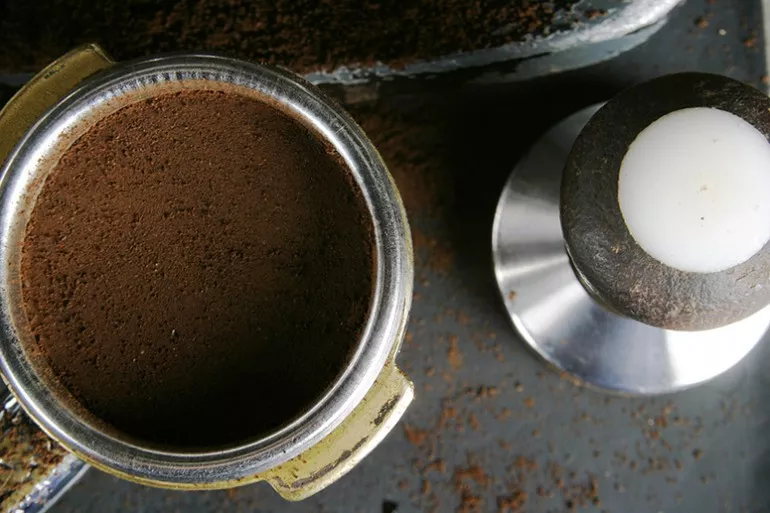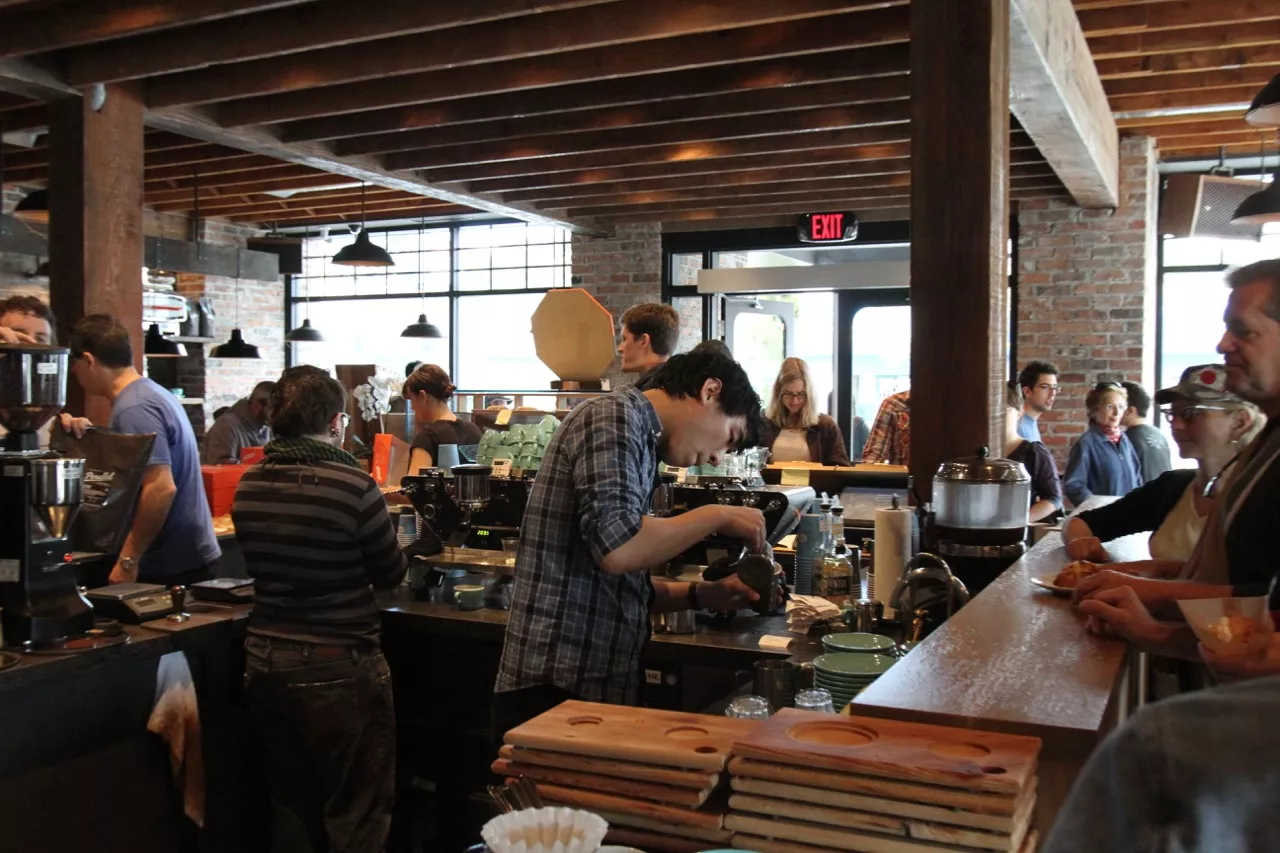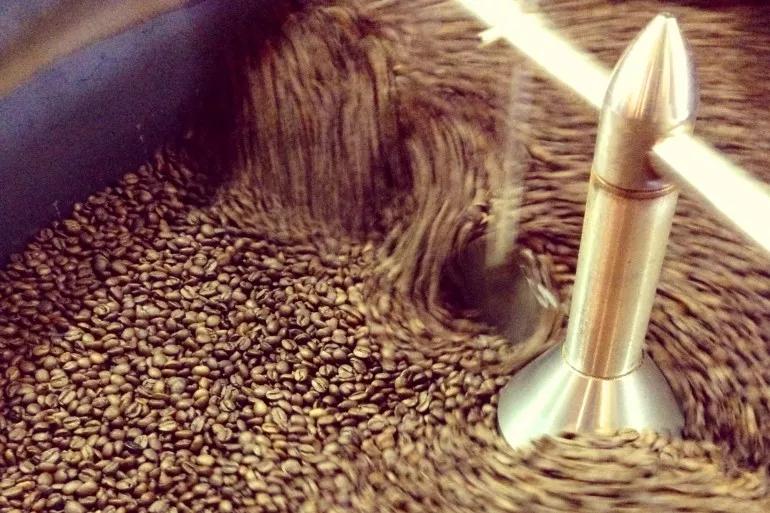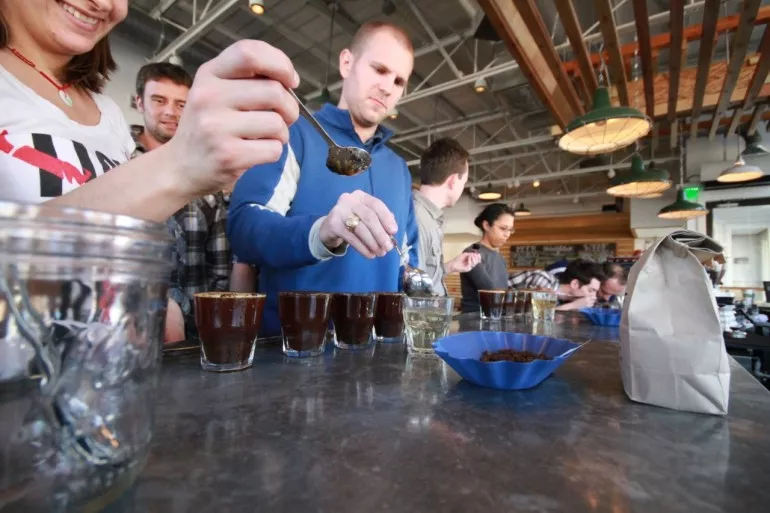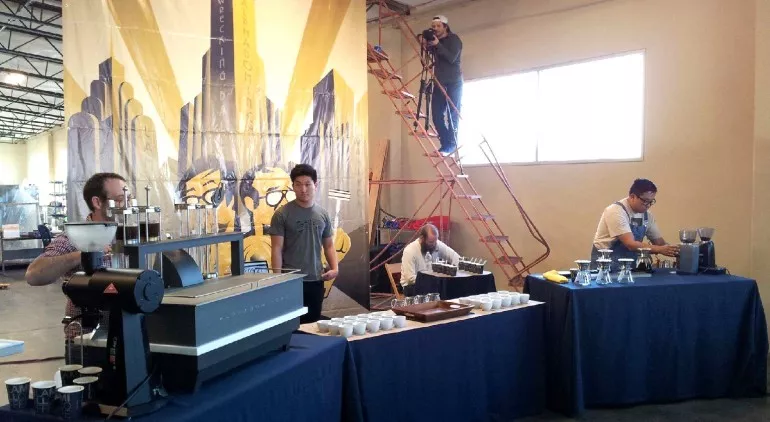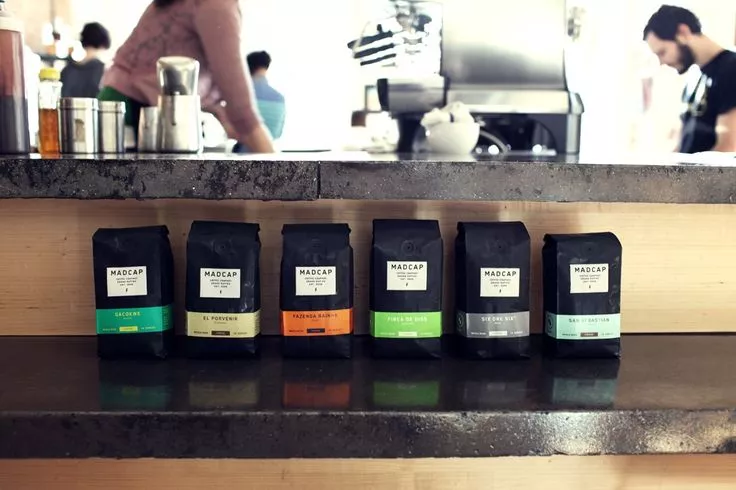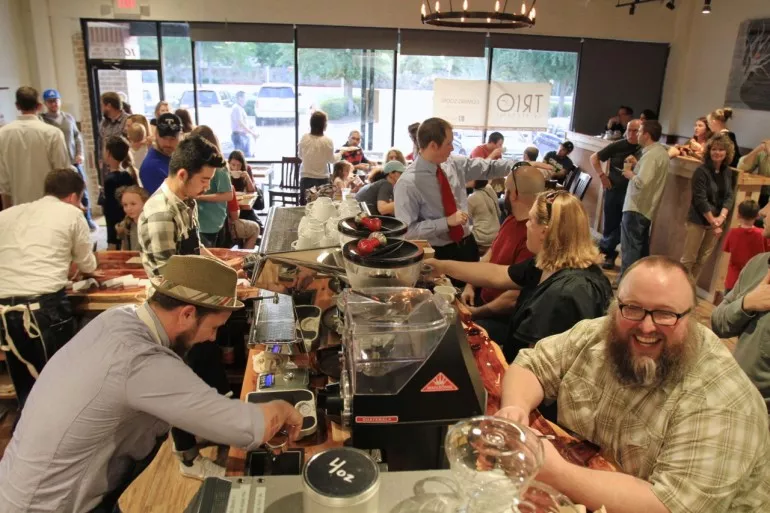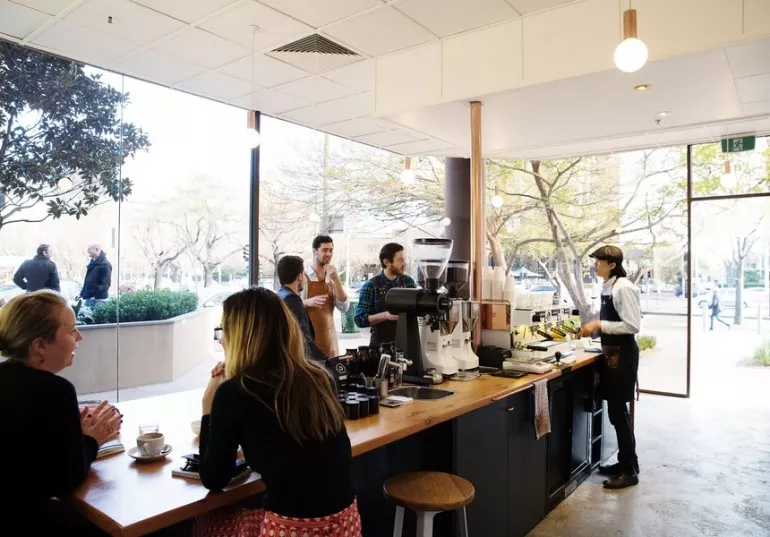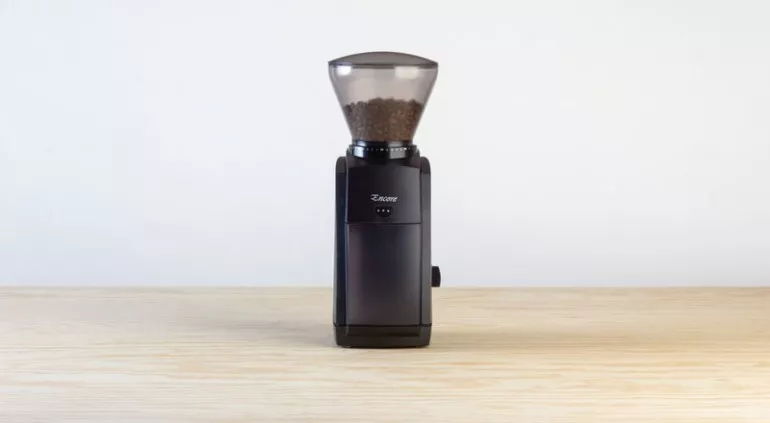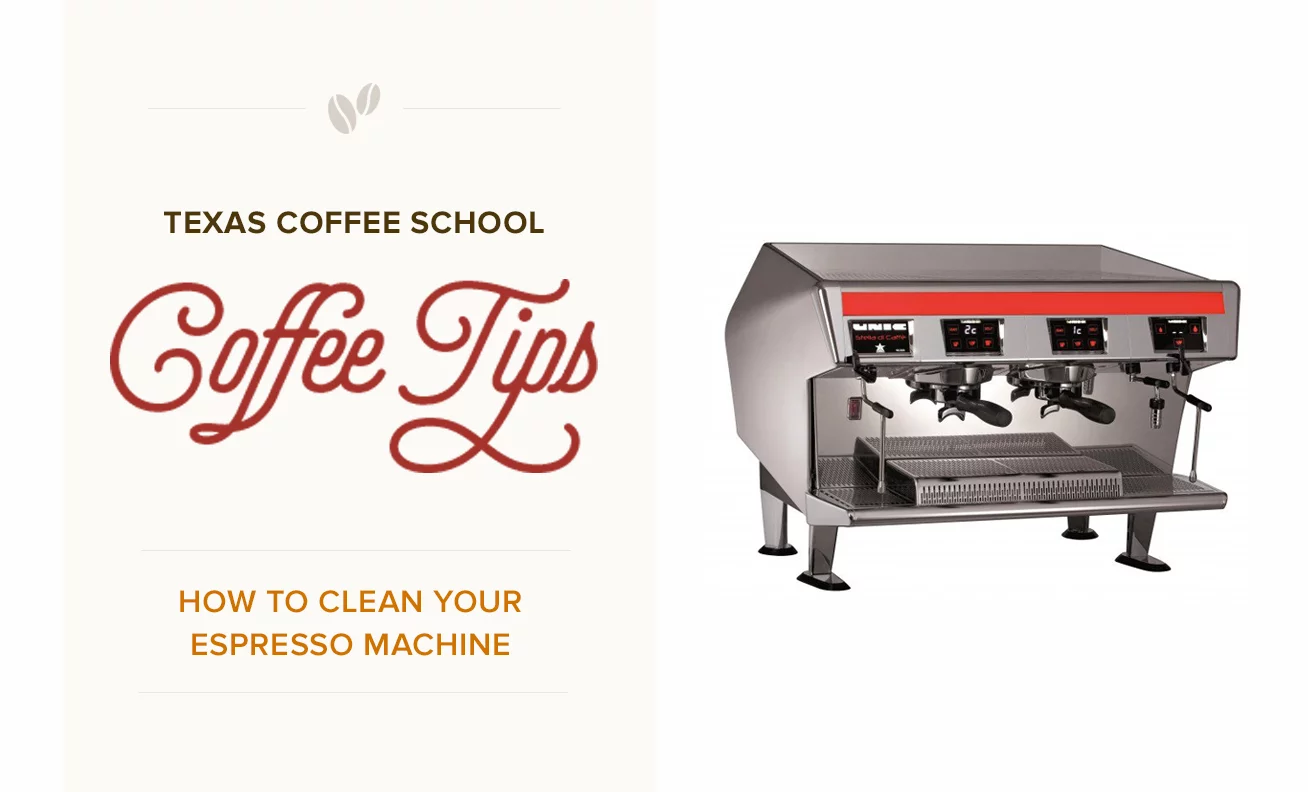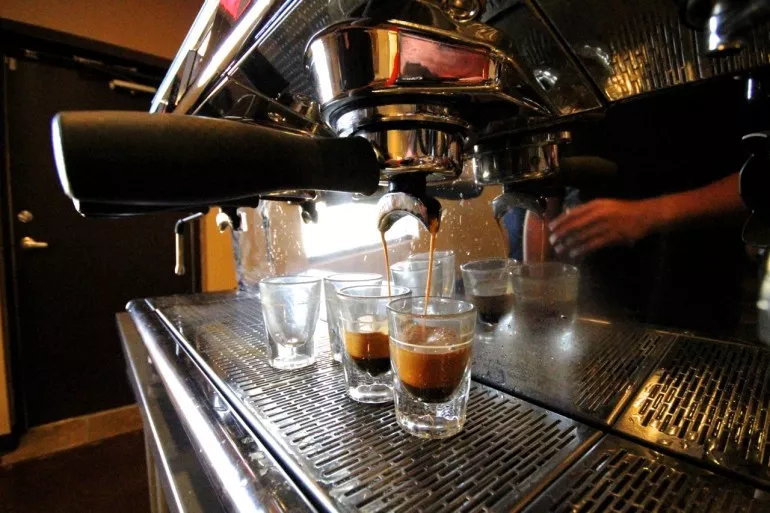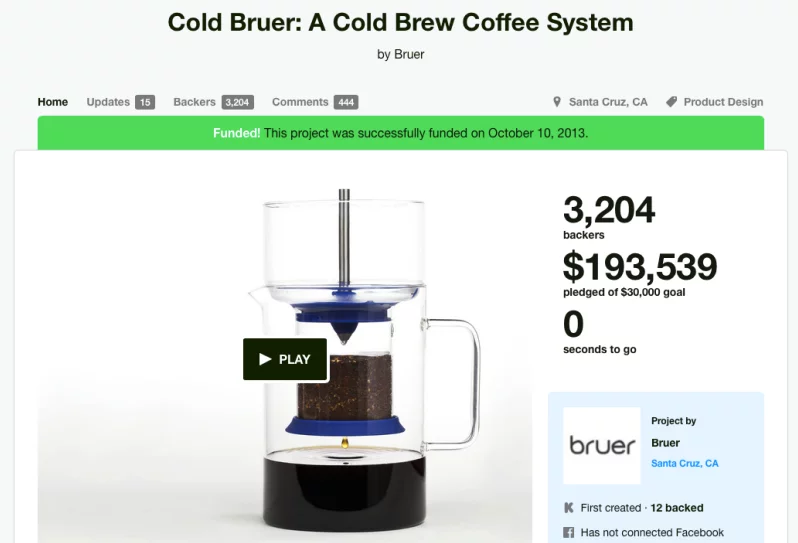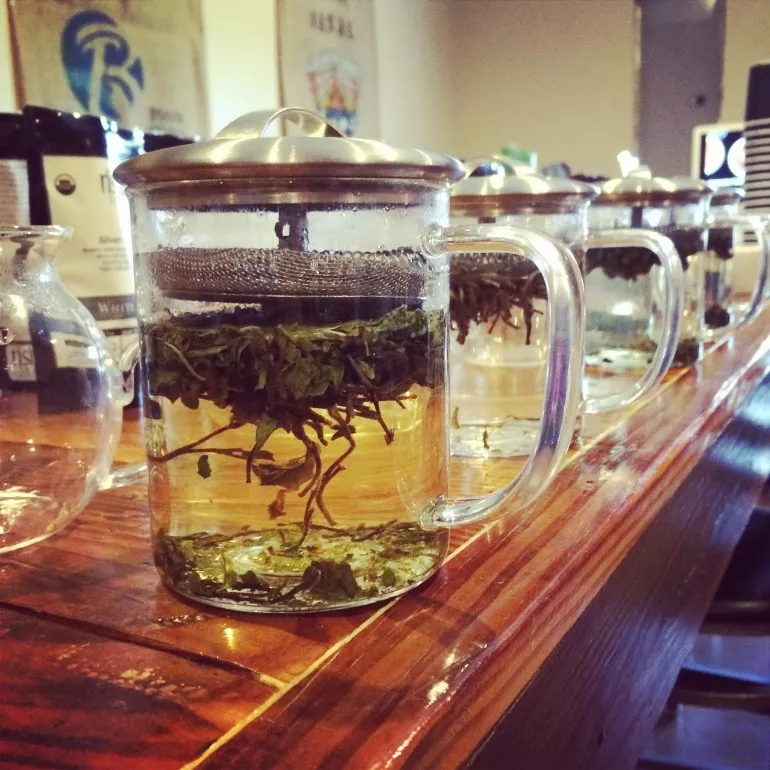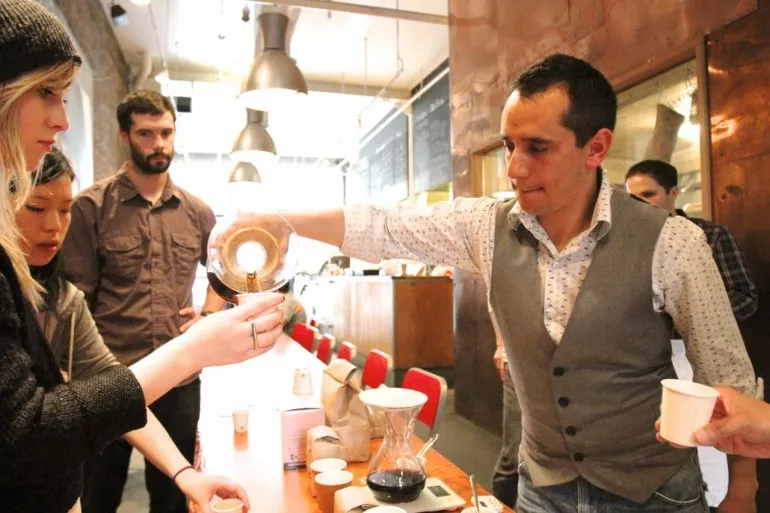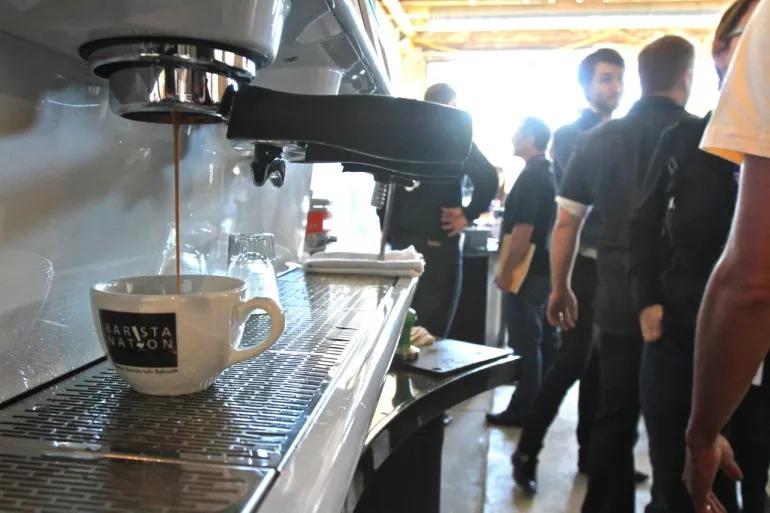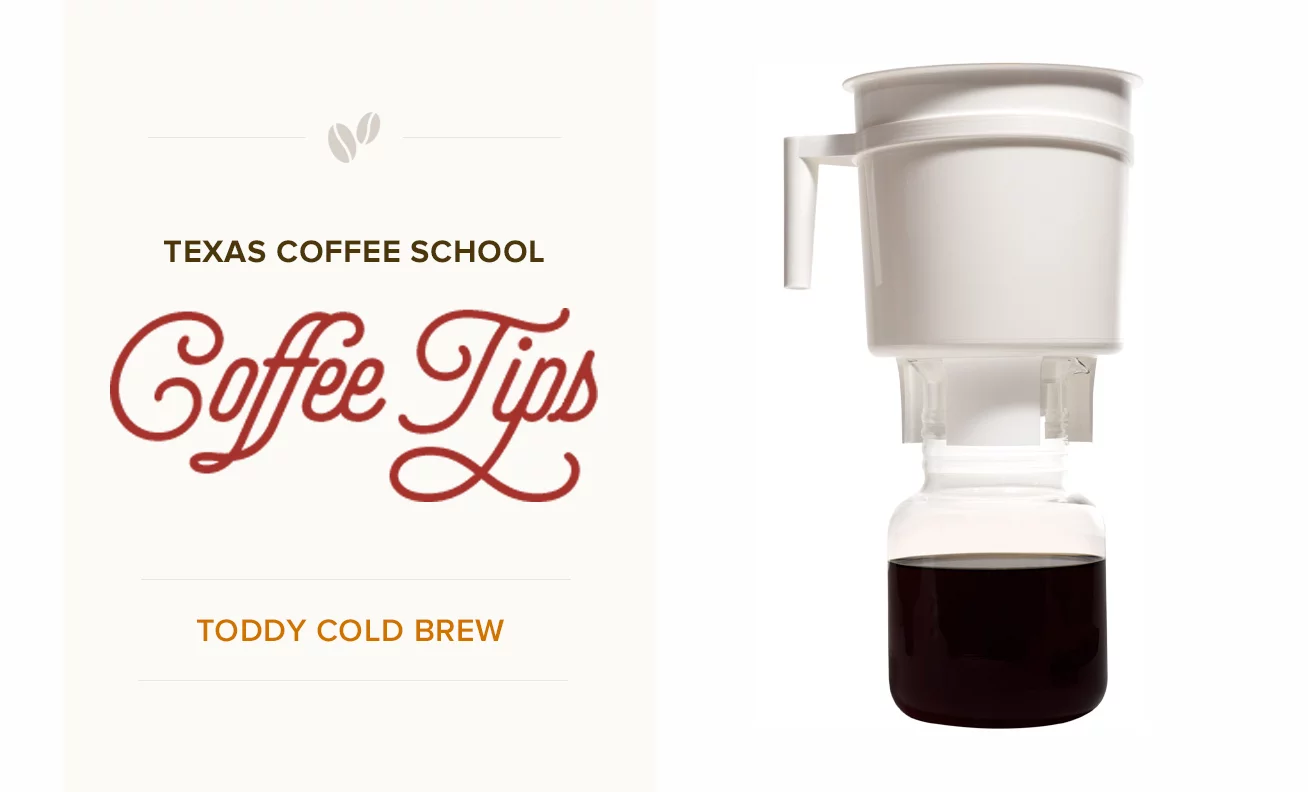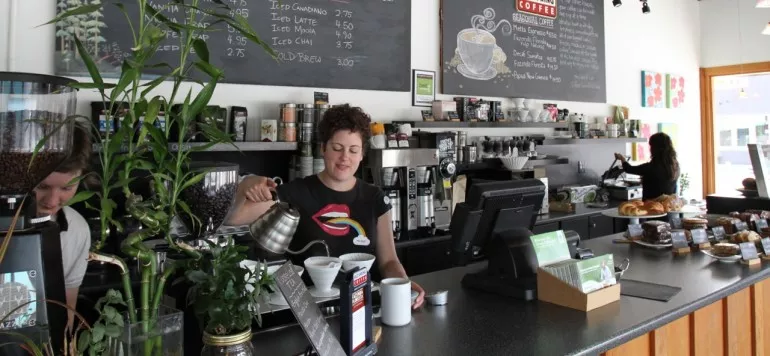
5 Smart Business Strategies for Coffee Shops in 2022
Just like any business, the coffee industry is ever-changing. Business owners and managers can’t be reactive to trends. They need to have a long-term plan for success, a vision for expansion, and the ability to adapt in the face of challenges. Our coffee education program equips Coffeepreneurs® with smart business strategies for coffee shops. Fads come and go, but these growth tactics can help you run the coffee shop of tomorrow:
- Grow revenue with a hybrid model.
- Manage costs of goods sold and labor.
- Have a strategy to scale.
- Stay a step ahead of inflation.
- Learn from other coffee shops’ successes.
Think of these smart business strategies as your 2022 instruction manual. We’ve got you covered—but you can always come in for a 3-Day Coffee Business Master Class to learn more!
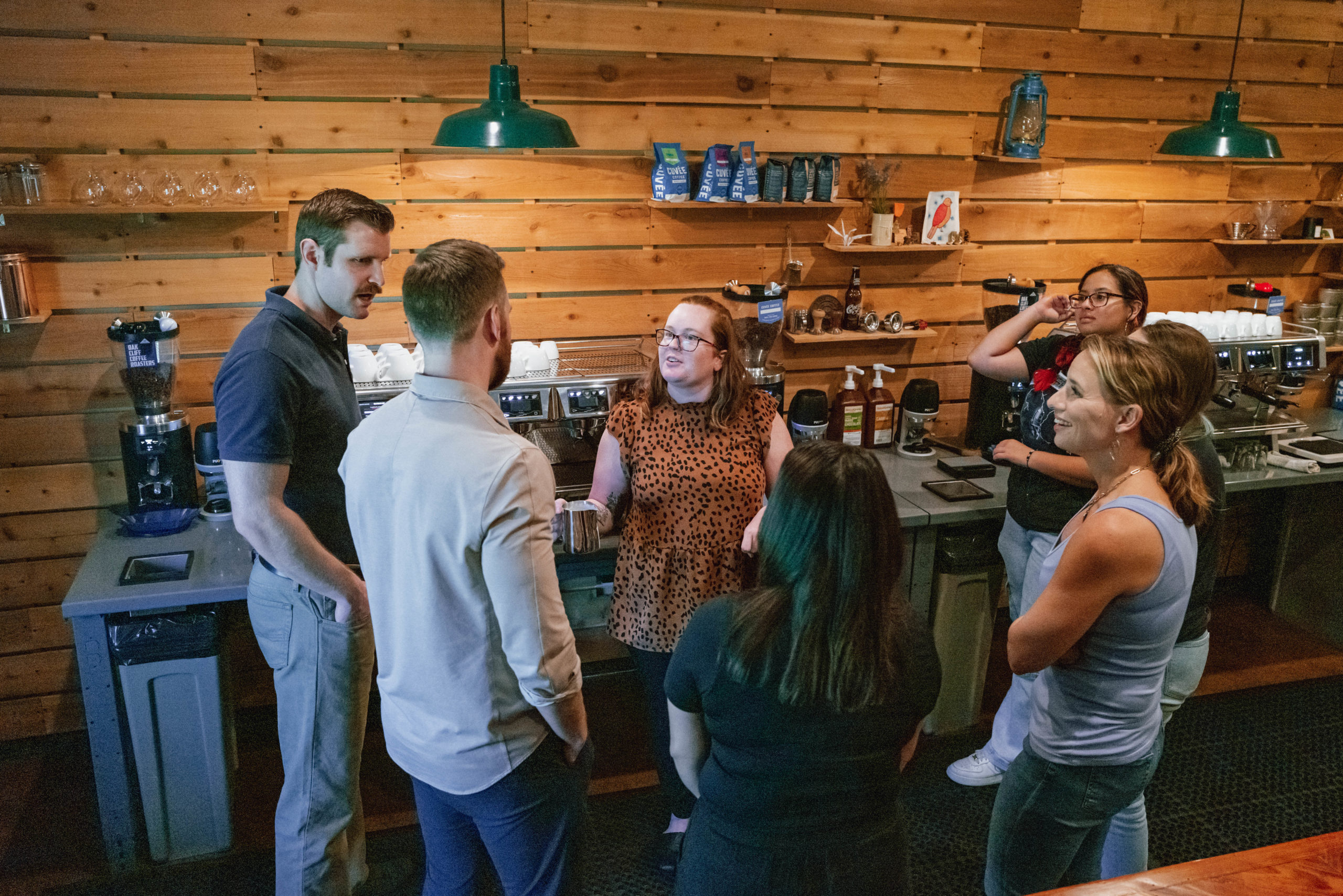
1. Grow Revenue With a Hybrid Model
The coffee shop market is becoming more competitive every day. It takes innovation and increased revenue to stay ahead. Here’s our not-so-secret formula:
Revenue growth = increased number of transactions + increased dollar amount per transaction
What does that mean? Basically, it means that thriving businesses need to have more people buying goods and spending more on each transaction. That means that unless you’ve got a never-ending line of customers, you can’t rely on $4.00 cups of coffee as your primary transaction.
This is where the hybrid model comes into play. Your coffee shop can—and maybe should—sell more than coffee. We’ve seen successful coffee shops incorporate many other revenue streams, from selling flowers to selling motorcycles to hosting events.
Some businesses are doing the reverse: adding a coffee program to their existing business. (Think barber shops and sno cone stands.) Texas Coffee School has students come through our doors who are already running a small business and don’t know the first thing about coffee—but they’re ready to open a coffee shop inside their store. It’s a smart move that often delights their customers.
By offering more for everyone, you can generate additional revenue every hour of the business day.
Click here to read a full article on the hybrid model.
2. Manage Costs of Goods Sold and Labor
Even if a coffee shop is generating more revenue, the bottom line net profit is in trouble if costs aren’t managed. And two of the most important expenses to keep an eye on are the cost of goods sold (COGS) and cost of labor.
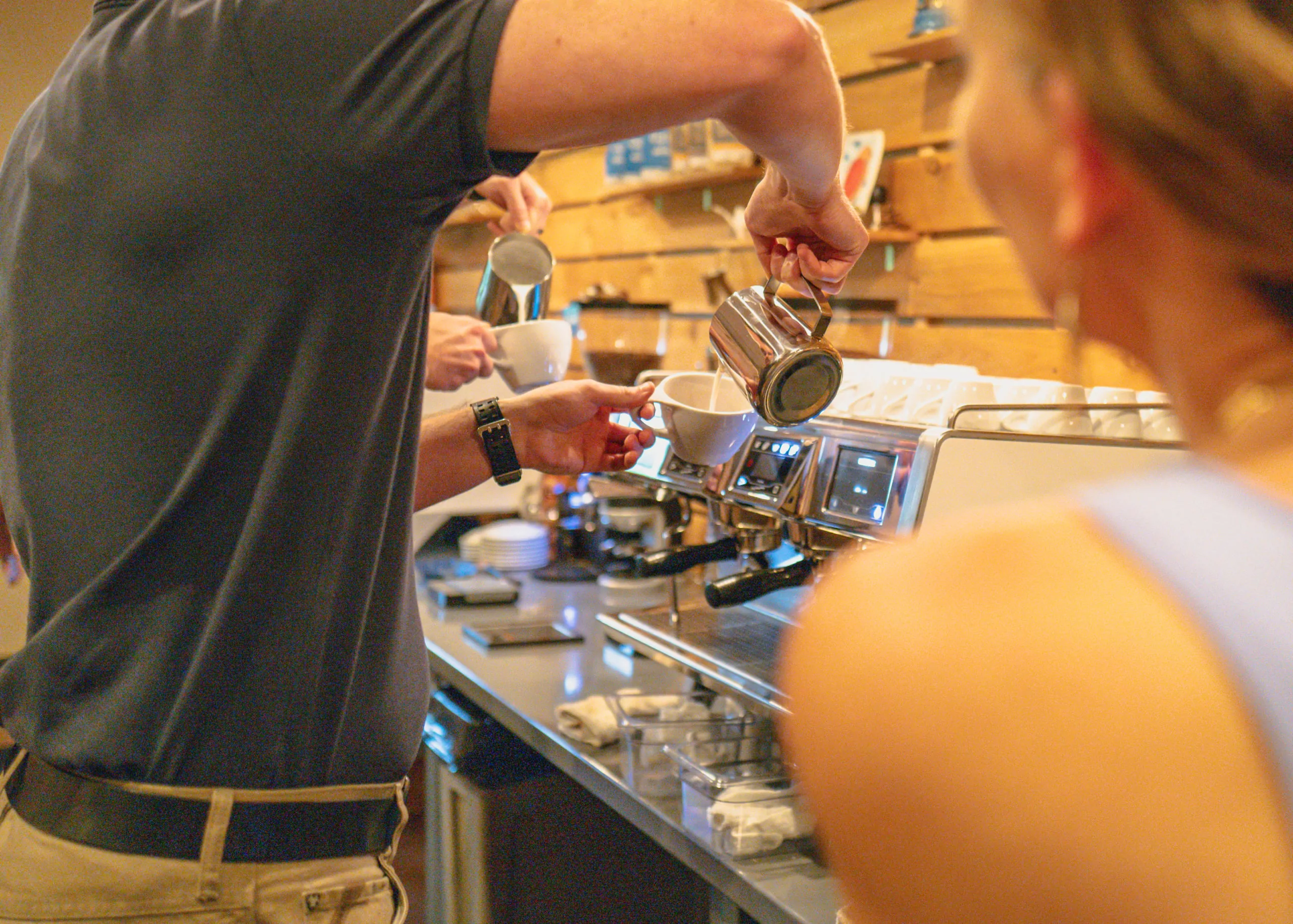
Let’s start with COGS, which includes three subcategories:
- Menu pricing. The price of a menu item should never be guessed—it should be calculated based on how much it costs to make the item. The COGS of an item includes the cost of ingredients, shipping, waste, and theft.
- Cost of goods available. These are your known costs—goods, ingredients, etc., and their shipping fees. It’s the known cost to land goods and ingredients on your doorstep before anything is sold, and before waste and theft are accounted for in weekly inventory counts.
- Waste and theft. This factors in any ingredient that was spoiled, wasted, or even stolen. As a shop owner, it’s uncomfortable to have to account for waste and theft. But tracking this cost on a weekly basis is essential for a profitable business. This is an often overlooked step that can quietly eat up significant amounts of profit.
Cost of labor, on the other hand, is how much money—wages, payroll taxes, and benefits—you pay to employees. A profitable coffee shop manages employee hours worked, number of employees working at any time, and pay rates.
It might be helpful to track sales reports every hour of the day to compare to labor coverage. Are there too many employees on the clock? Or are sales getting botched because you’re short-staffed? Either way, monitoring this data over time can lead to well-run labor expenses.
Click here to read a full article on managing cost of goods sold.
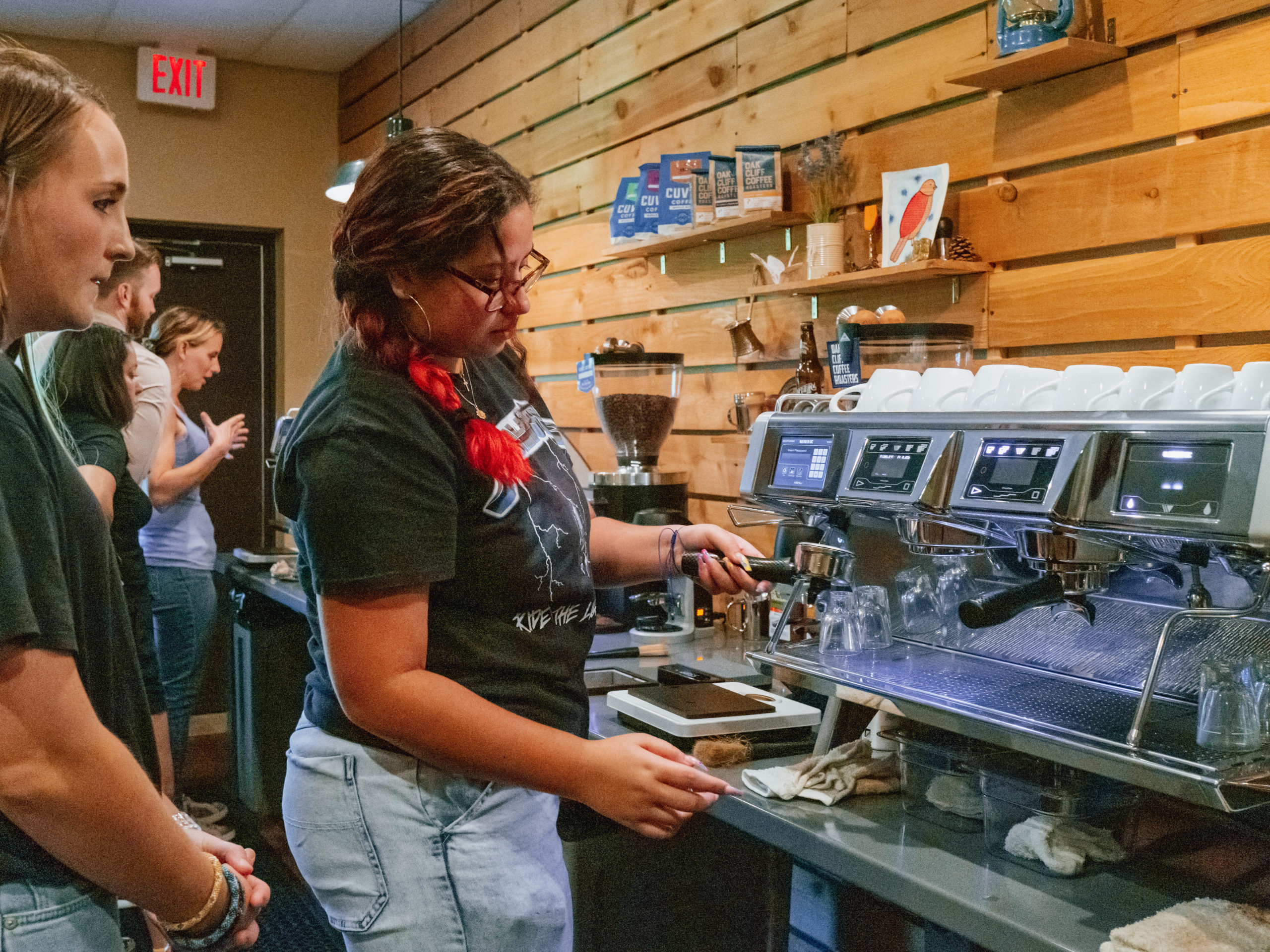
3. Have a Strategy to Scale
The third of our smart business strategies for 2022 is to prepare your coffee shop to scale. Assuming that profitability is increasing, your coffee shop should expect growth. But a business doesn’t want to grow like a weed—wild, unruly, and unplanned. Instead, a business should grow like a garden—watered, pruned, and nurtured.
You can start by setting a timeline to grow your coffee shop. It’s reasonable to aim to open one store per year to 18 months. The tipping point comes with the fourth store. By then, you have enough demand to buy supplies in bulk for lower costs and roast your own coffee with minimal risk in the infrastructure investment since you have consistent sales and plenty of data.
But as the shop grows, it’s important to foster a memorable brand. Brands don’t build themselves—they’re instilled by coffee shop owners and baristas and adopted by customers. And a strong coffee shop brand needs quality products and visuals. From a unique business concept to well-brewed drinks to an eye-catching logo, there are many ways to develop a brand that will carry over to each new coffee shop you open.
Click here to read a full article on how to scale and grow your coffee shop.
4. Stay a Step Ahead of Inflation
The data shows that rising costs due to inflation affect coffee shops. And many small businesses are daunted by the new prices of real estate, ingredients, equipment, labor, and more. Texas Coffee School teaches Coffeepreneurs® how to always stay a step (or two) ahead of inflation:
- Multiple streams of revenue. For a refresher on this, visit smart business strategy #1 above.
- Efficient operations. There are several tricks that coffee shop managers know about how to keep things running smoothly and quickly. These includes weekly cleaning events, organized inventory, employee care, and cost management (see smart business strategy #2).
- Drive thrus. While inflation isn’t an exciting trend—the opposite, in fact—mobile dining is! And coffee shop drive thrus are more convenient, faster, and more flexible than ever before. Plus, they can be added on to an existing business.
Innovation > inflation. Instead of hunkering down to ride out an economic downturn, consider facing it head-on with new ideas and smart strategies.
Click here to read a full article on how to succeed in the face of inflation.
5. Learn From Other Coffee Shops’ Successes
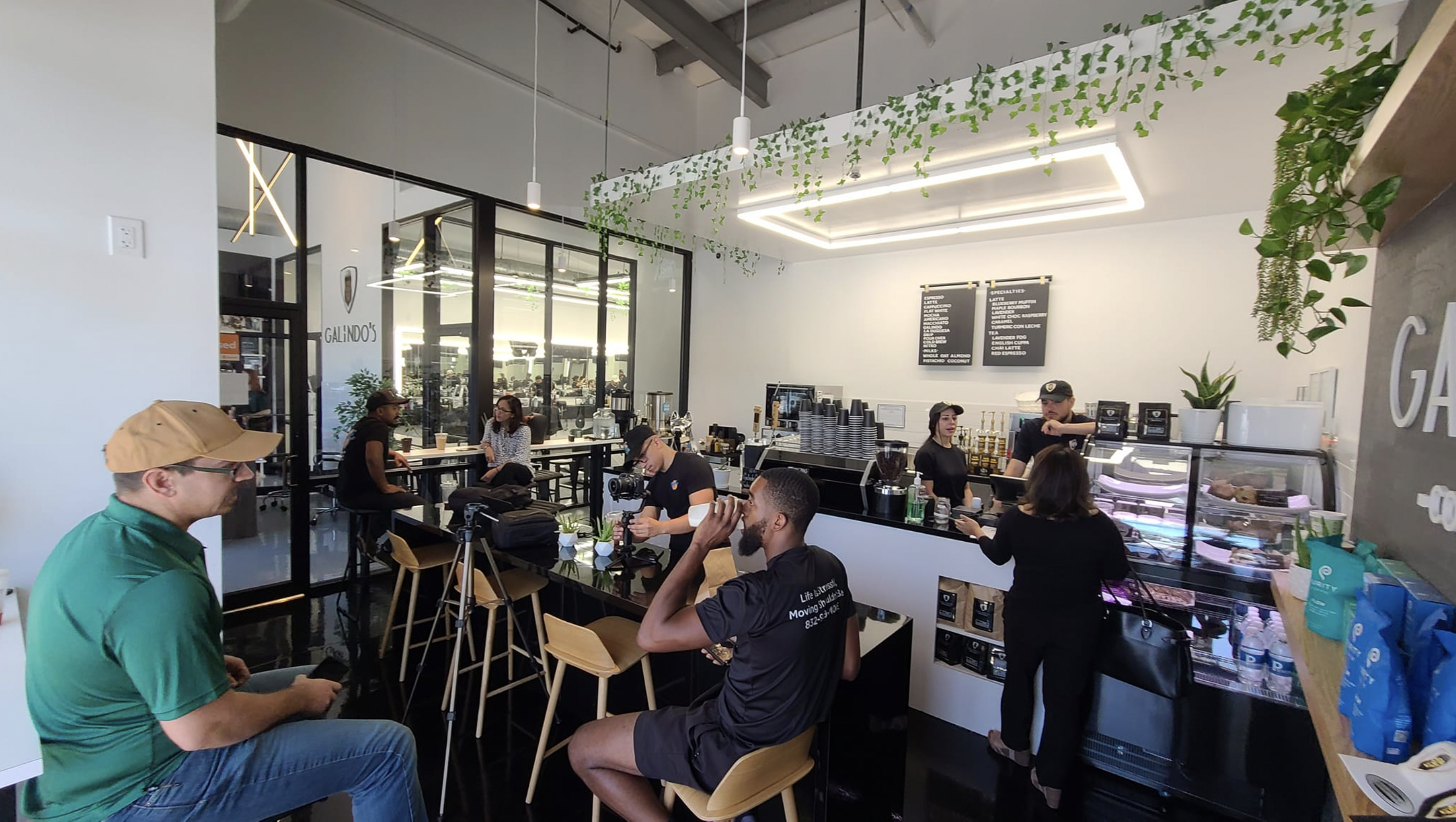
Finally, coffee shops can take a page out of other successful coffee shops’ books. For example, Galindo’s Coffee Co., run by Coffeepreneurs® Zak and Sophie Galindo, is a hybrid business inside a barber and aesthetic shop. The couple had extra location space and decided to pursue their long-time dream of brewing and selling coffee. They attended Texas Coffee School, started selling coffee to existing customers, and the rest was history. Now, customers from across the Houston area visit Galindo’s for their excellent coffee—and perhaps a haircut and a facial.
David Bednarek, Coffeepreneur® and owner of Dwell House Coffee and Tap, is another example of a coffee shop success story. He’s implemented online ordering, a diversified menu, and multiple streams of revenue to run a successful business in Central Texas. Dwell House sells coffee, beer, and wine out of their cozy location and also through a drive thru and online ordering. And, like Galindo’s, he also runs a luxury business. Salt and Waves Salon lets customers enjoy a craft coffee or adult beverage while getting their hair done.
Learn Smart Business Strategies at Texas Coffee School
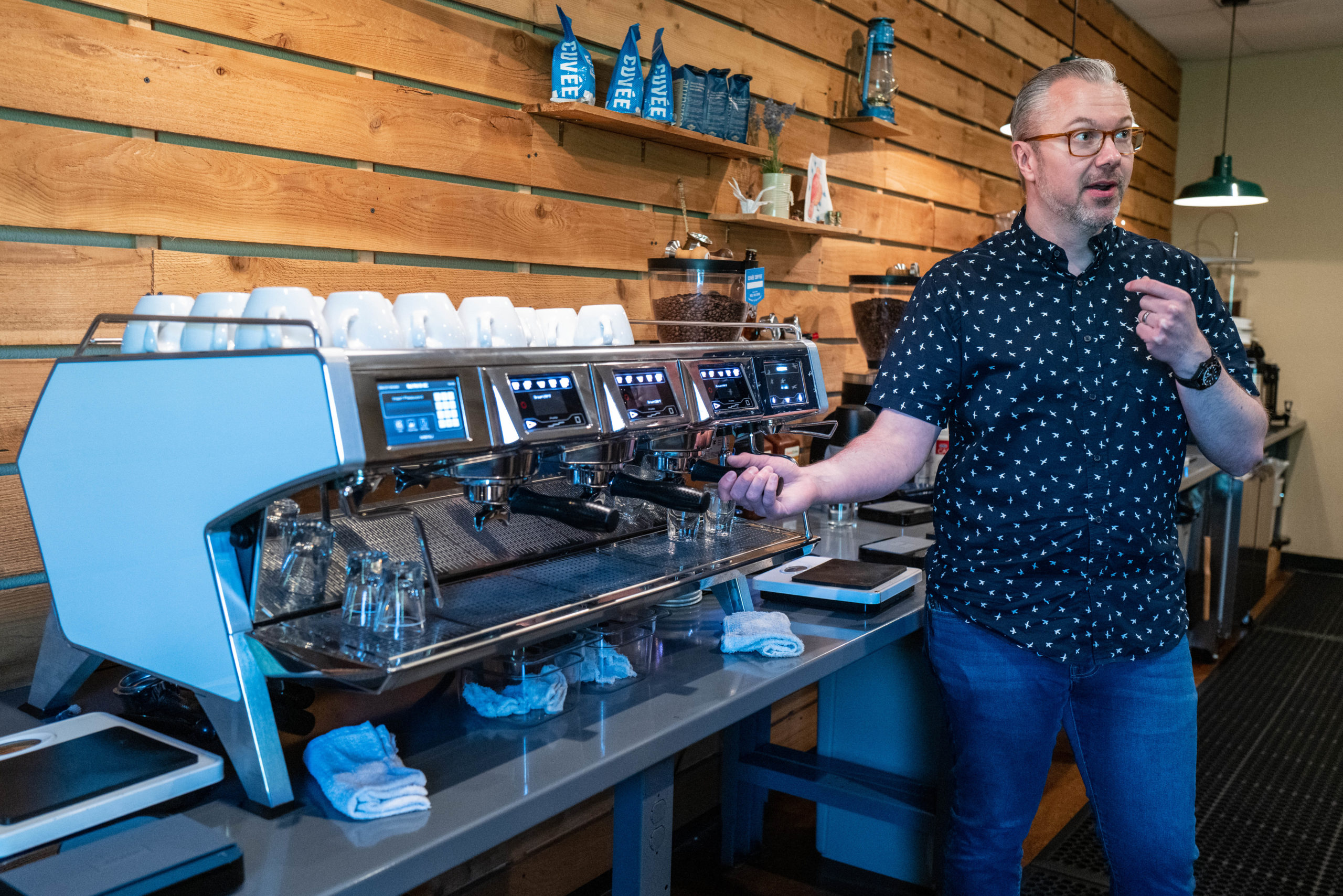
While there’s plenty of resources available on our blog and ideas for you to experiment with, nothing beats an in-person Texas Coffee School class. Our 3-Day Coffee Business Master Class teaches students everything they need to know about starting a coffee business. And we leave no stone unturned. You’ll learn about writing a business plan, securing a location, buying equipment, managing operations, brewing drinks, and so much more.
Register for an upcoming class today and prepare your coffee shop for 2022—and beyond!

Register for a Coffee Class
The Best Coffee Training Available
We’ve helped hundreds of students successfully launch their own coffee shop businesses. Join us in our 5-Star Rated Coffee Classes, whether you’re an aspiring entrepreneur looking to open a coffee shop, a manager, a barista or home enthusiast looking to sharpen your skills.
